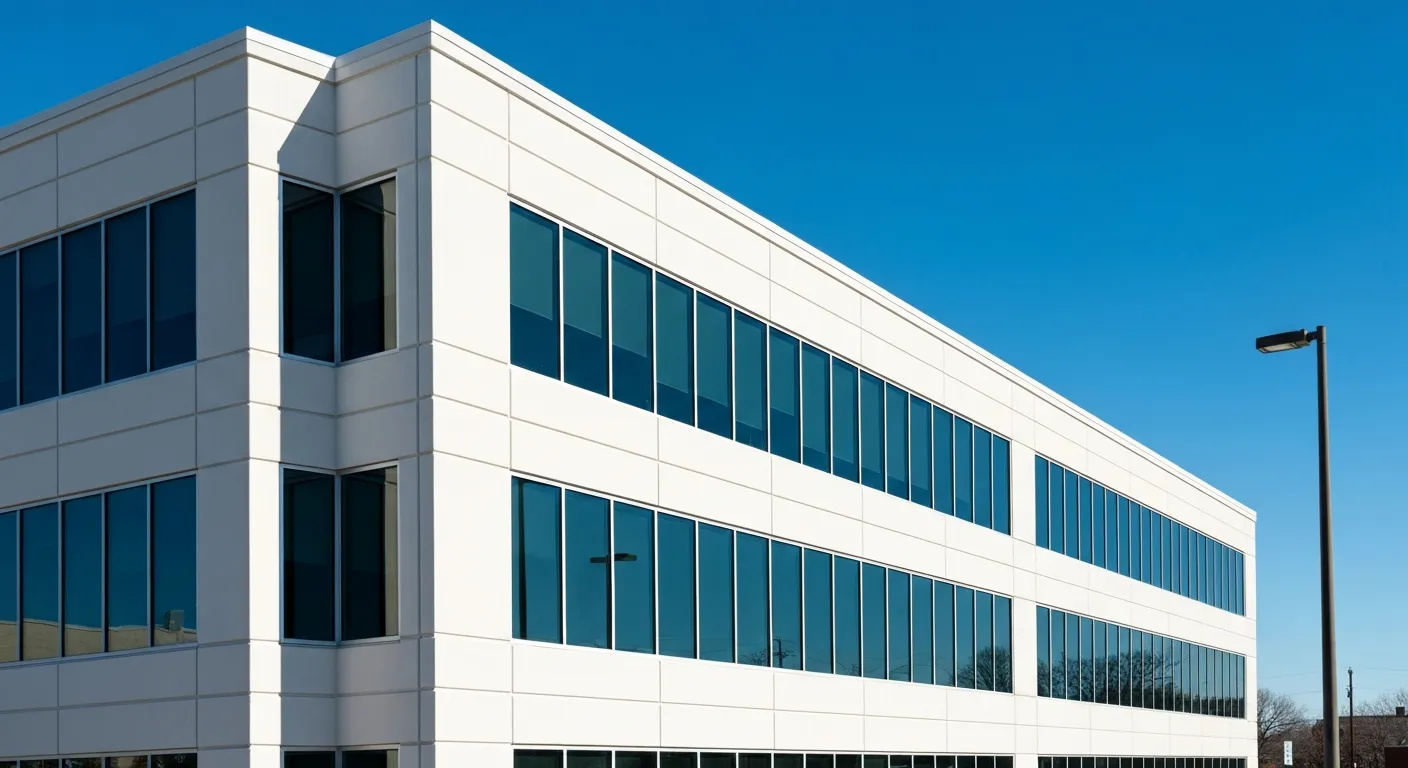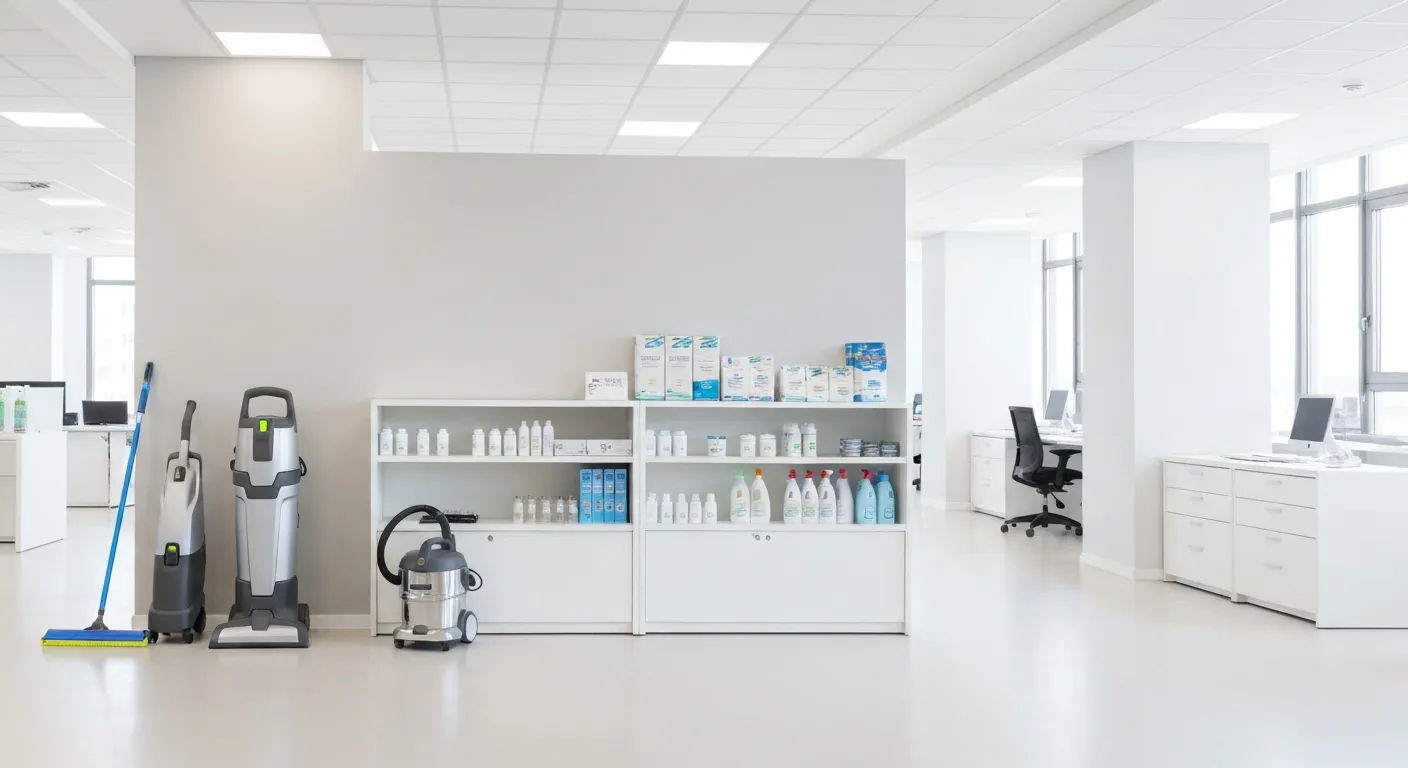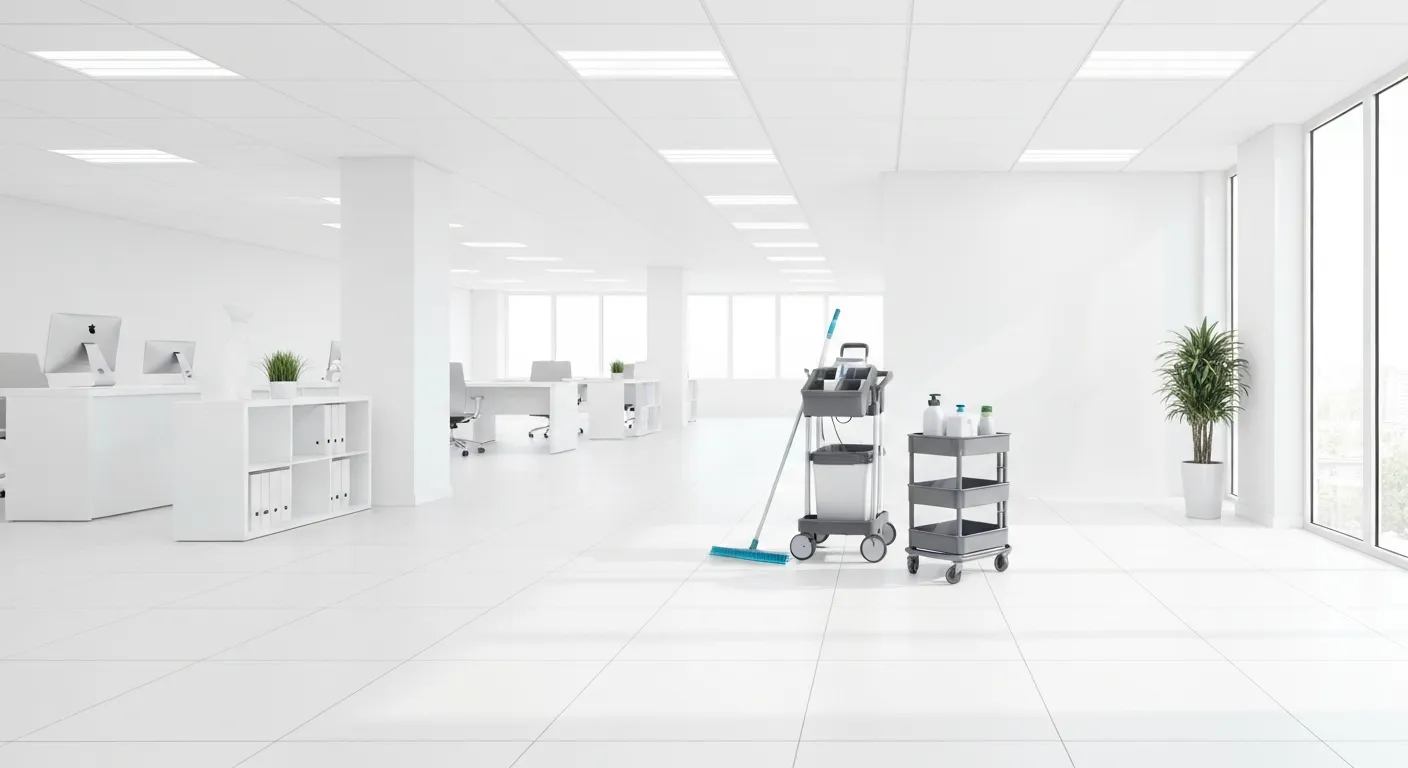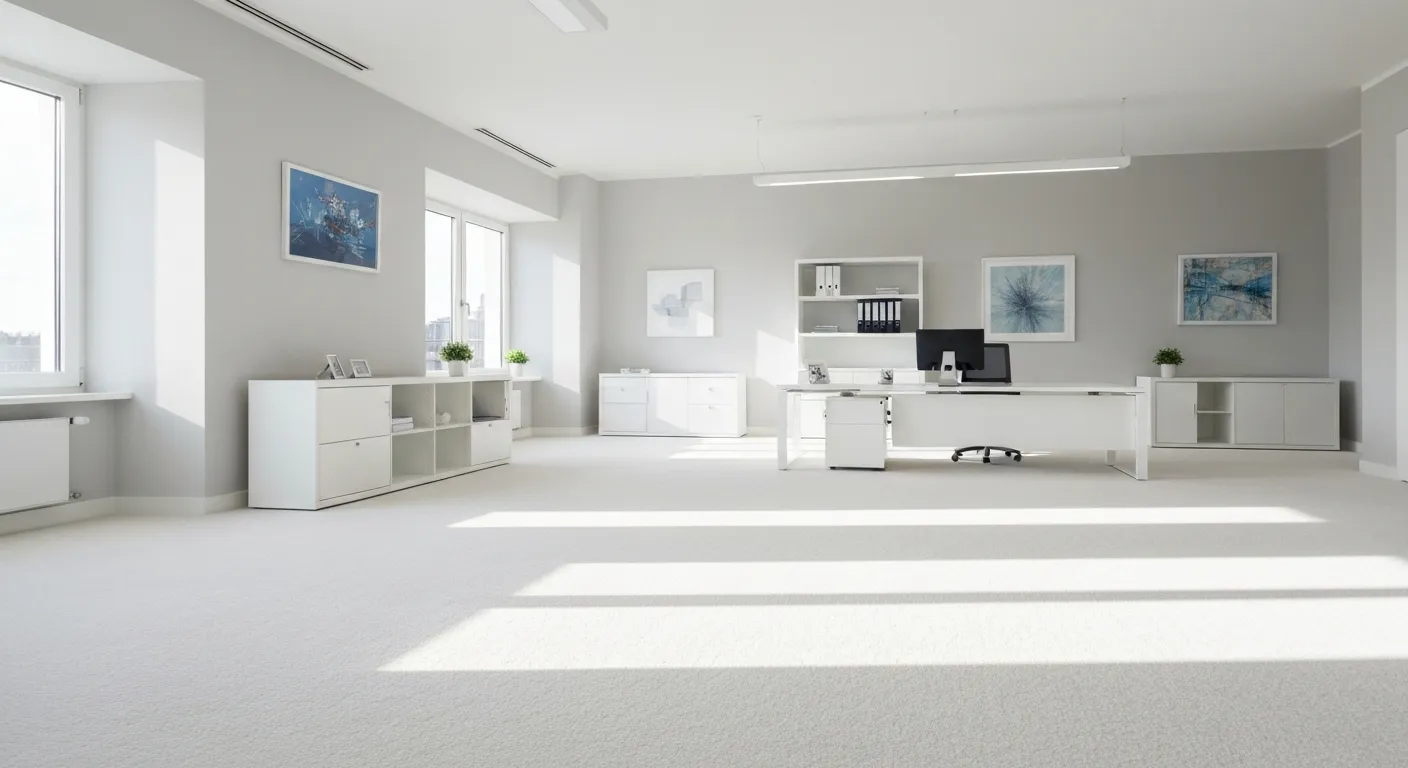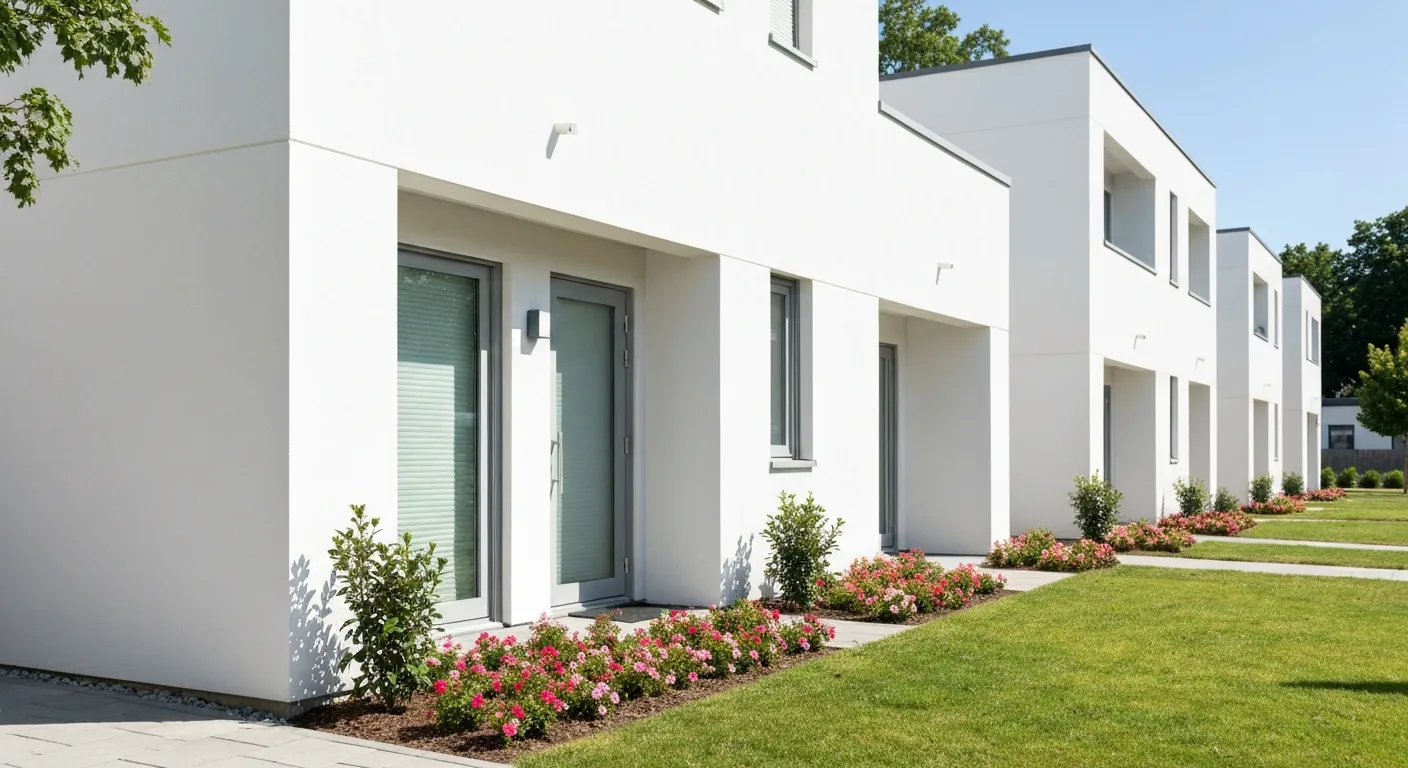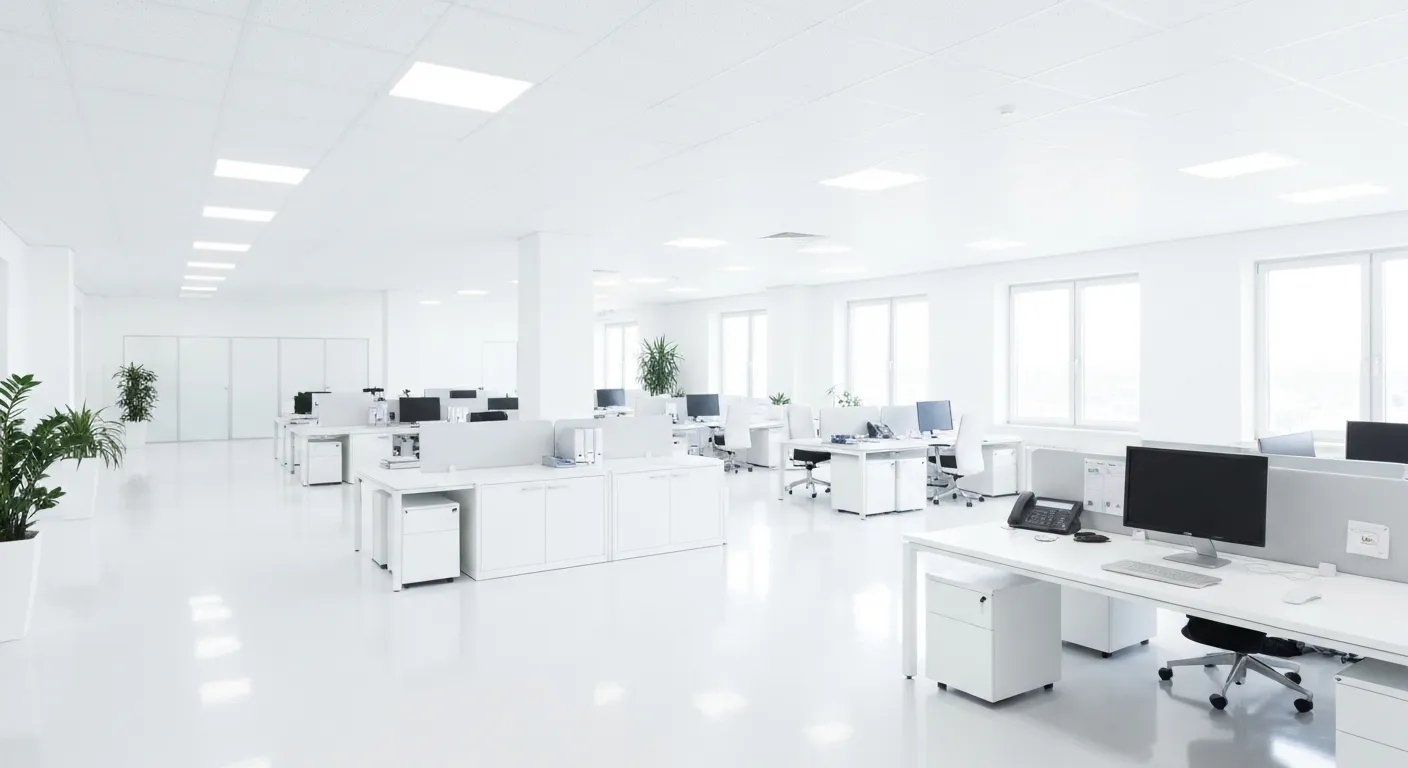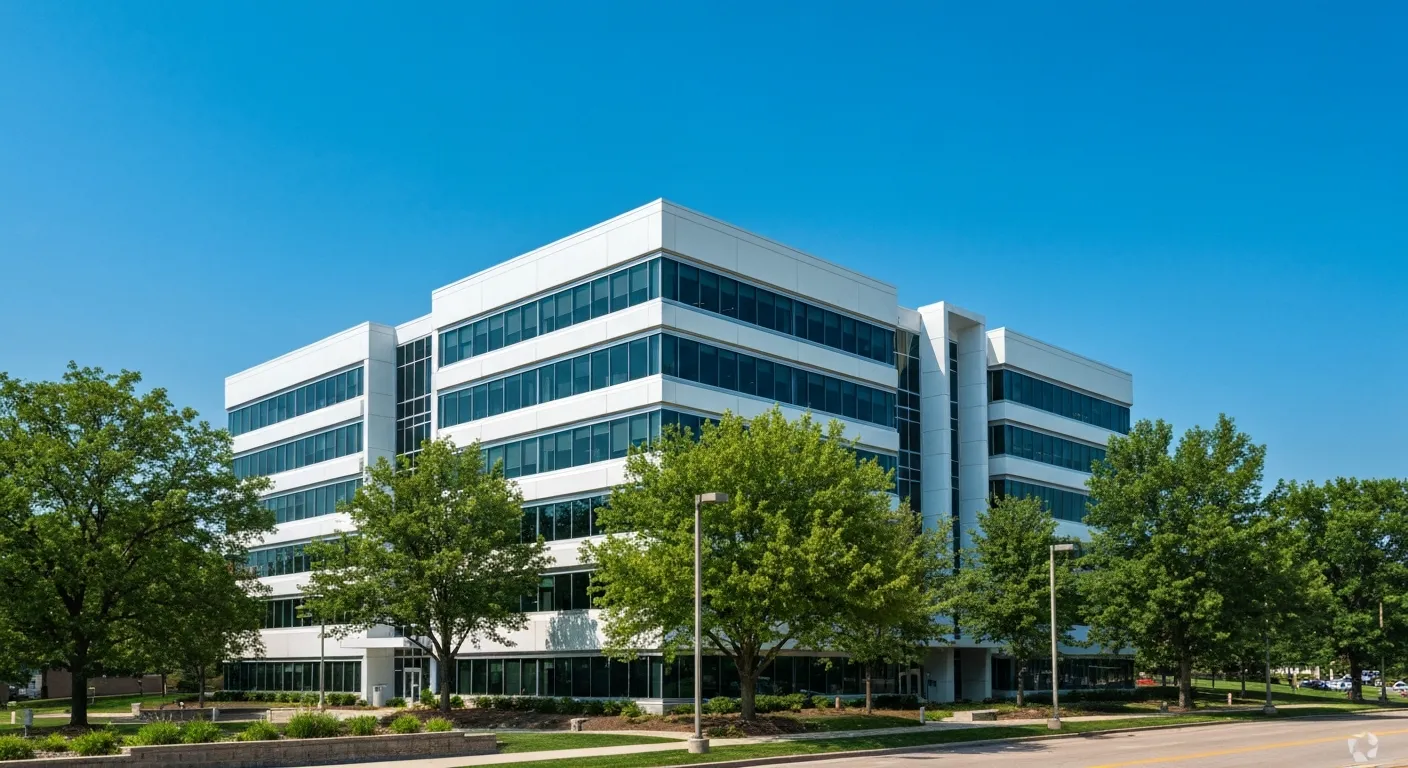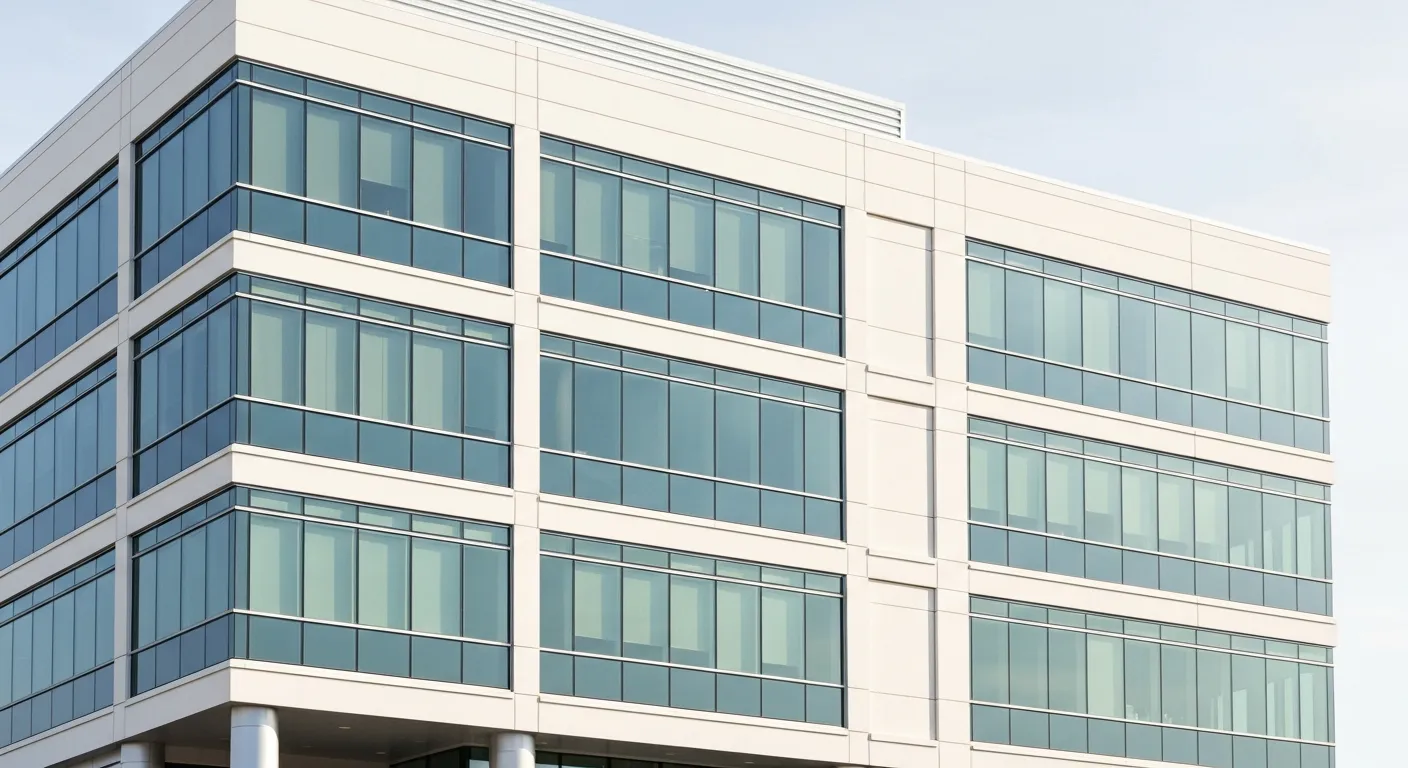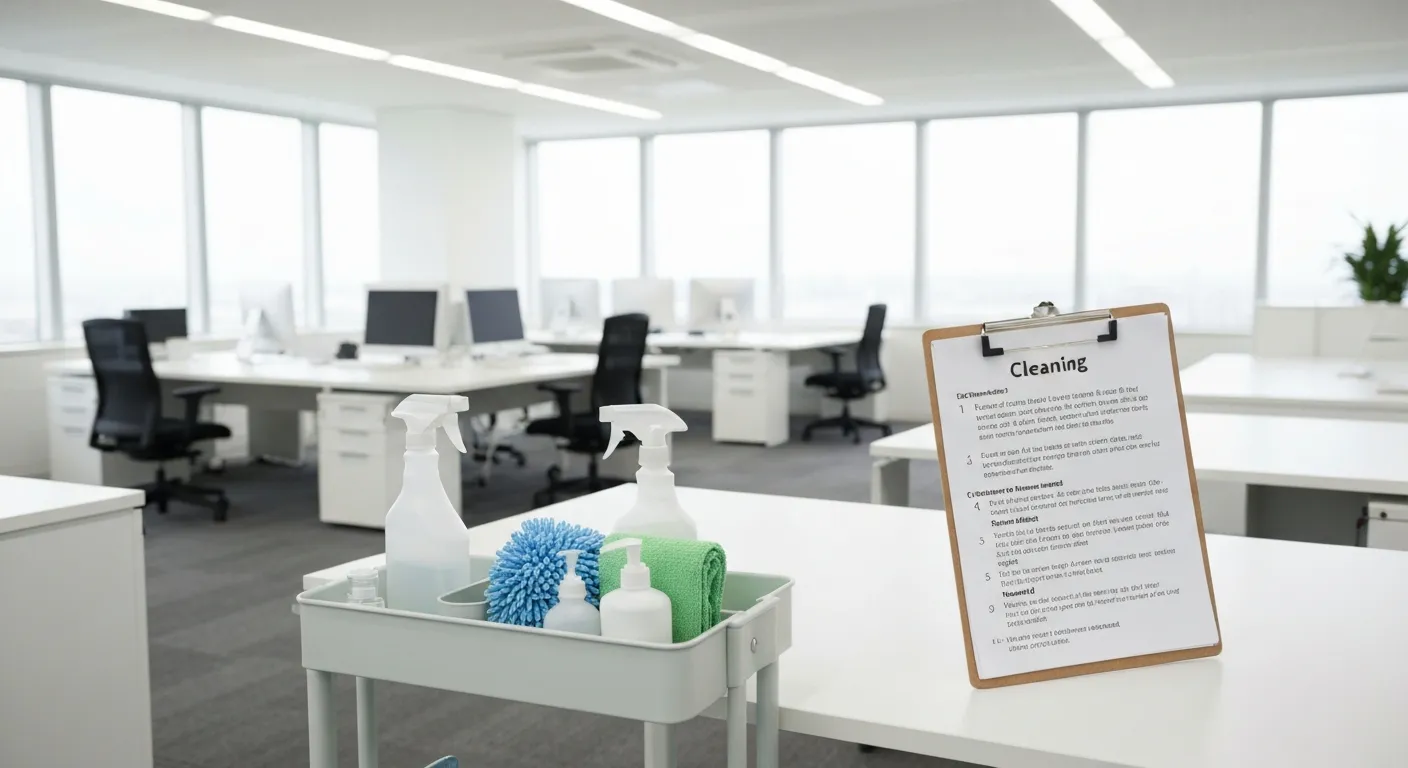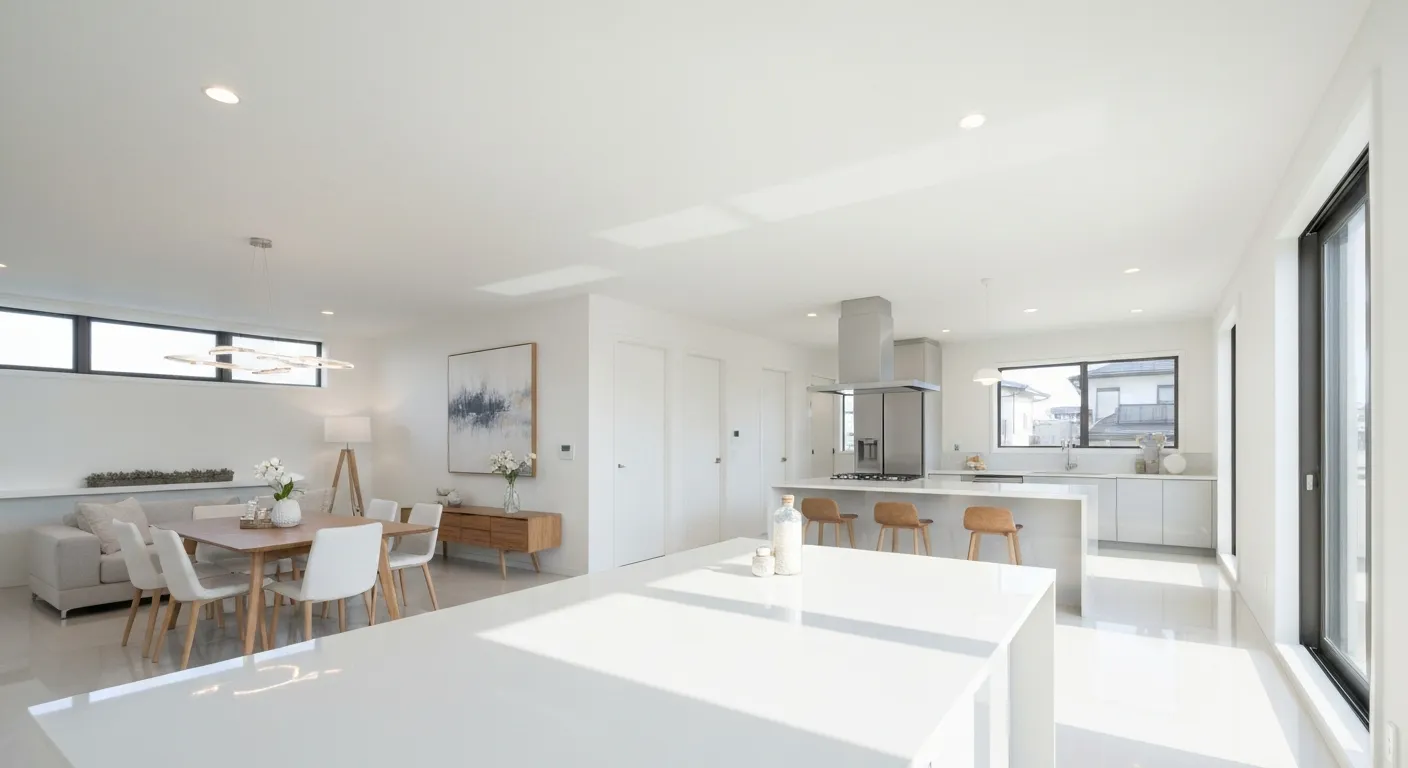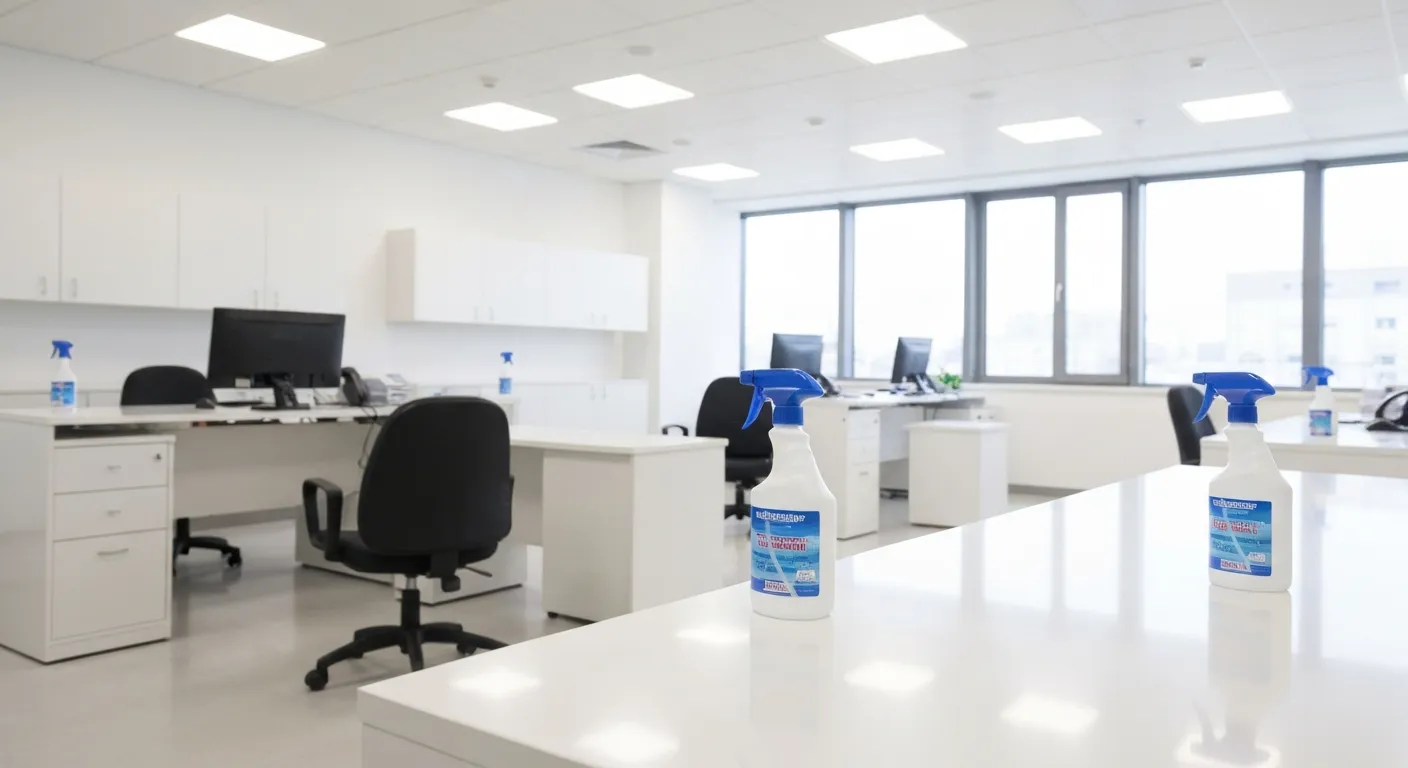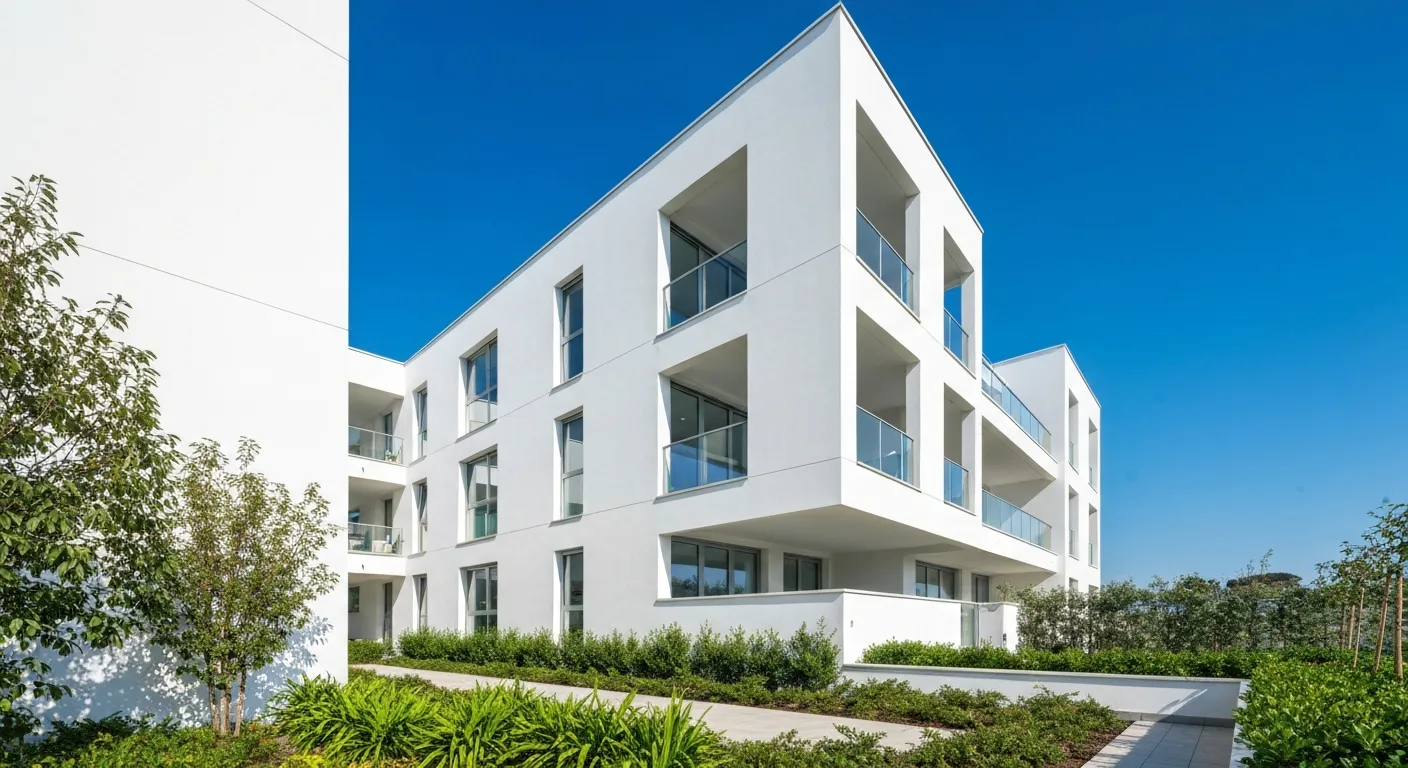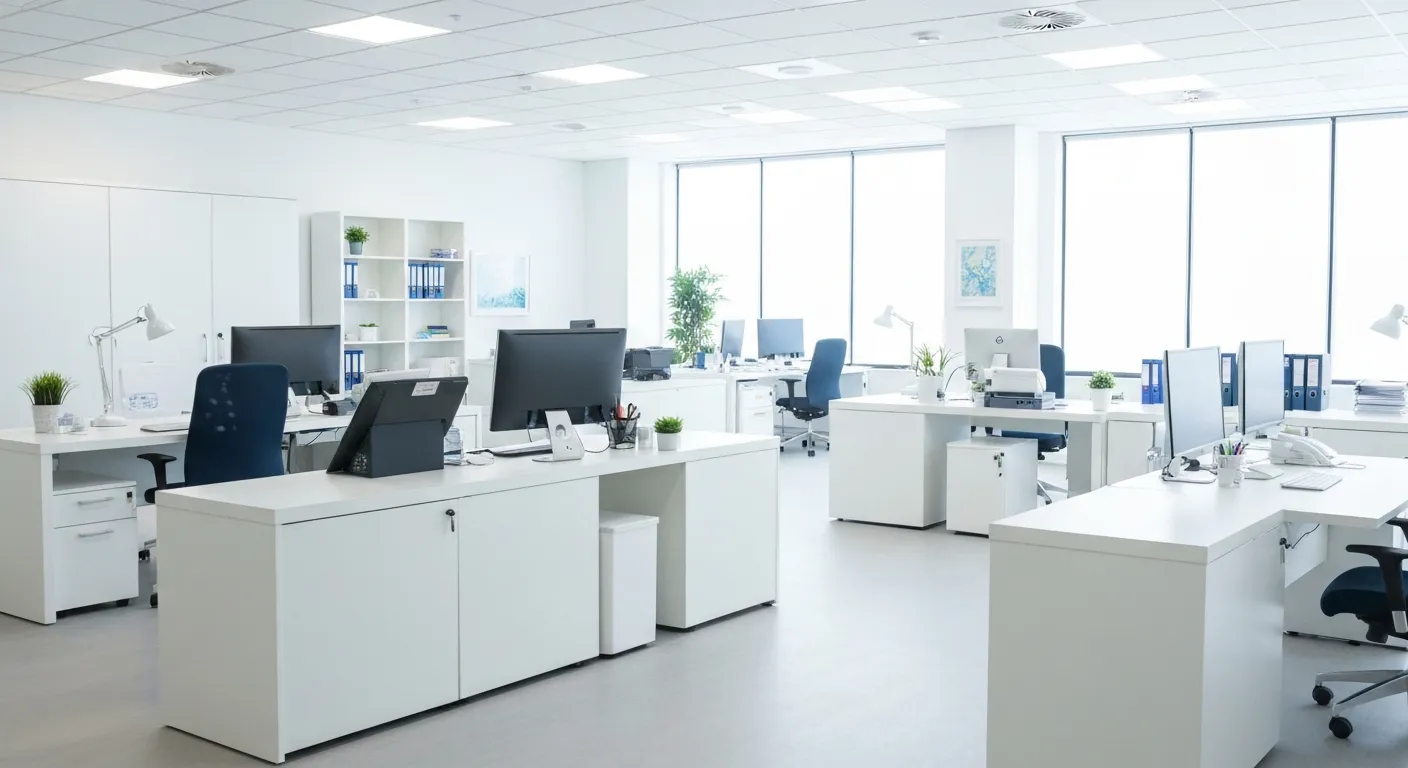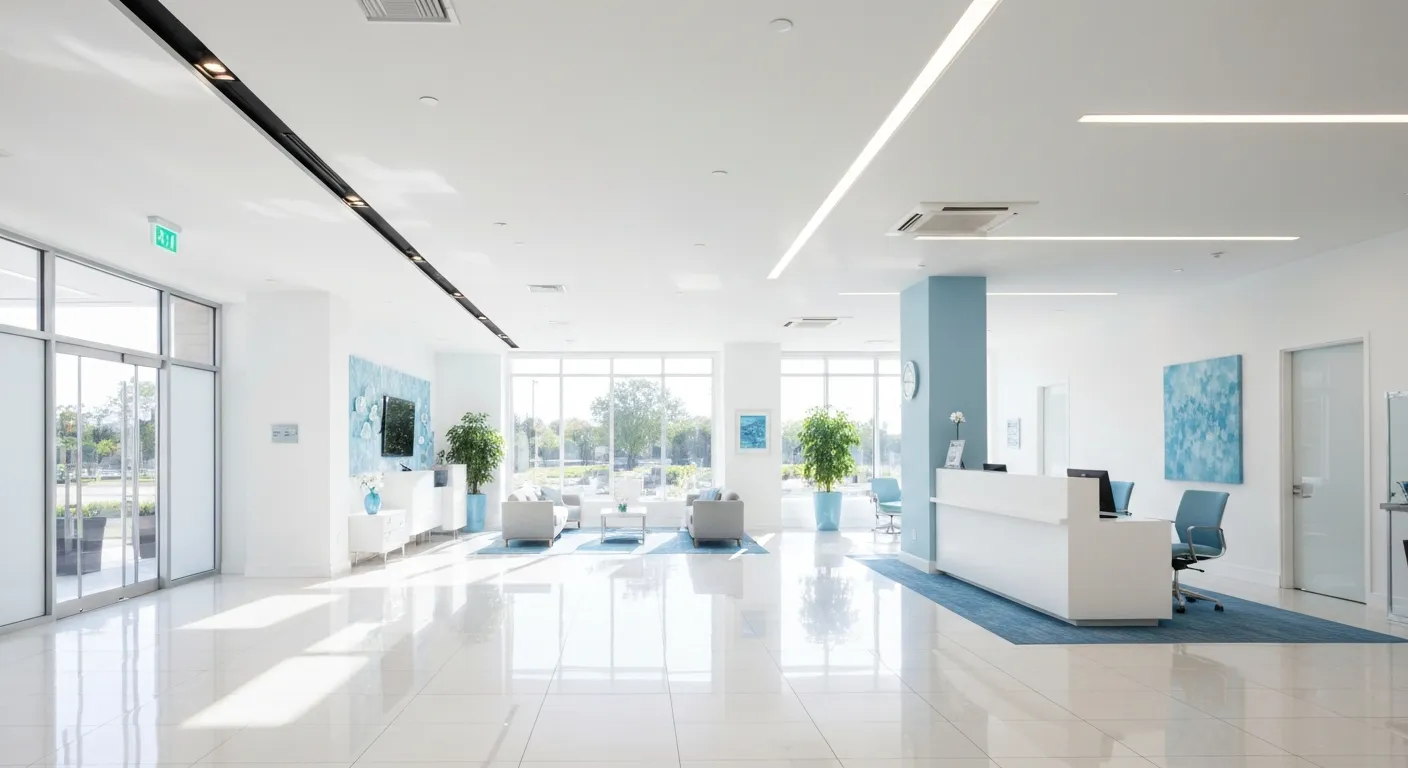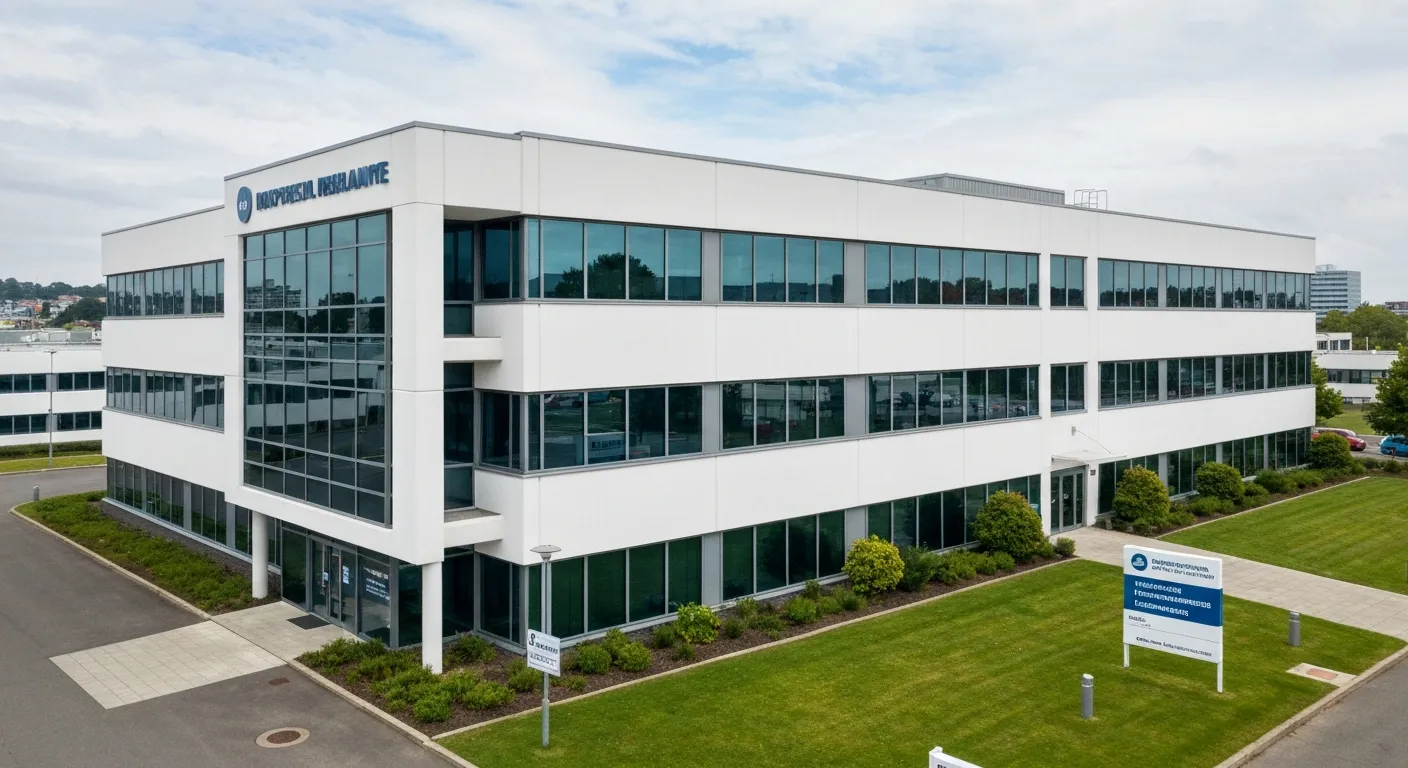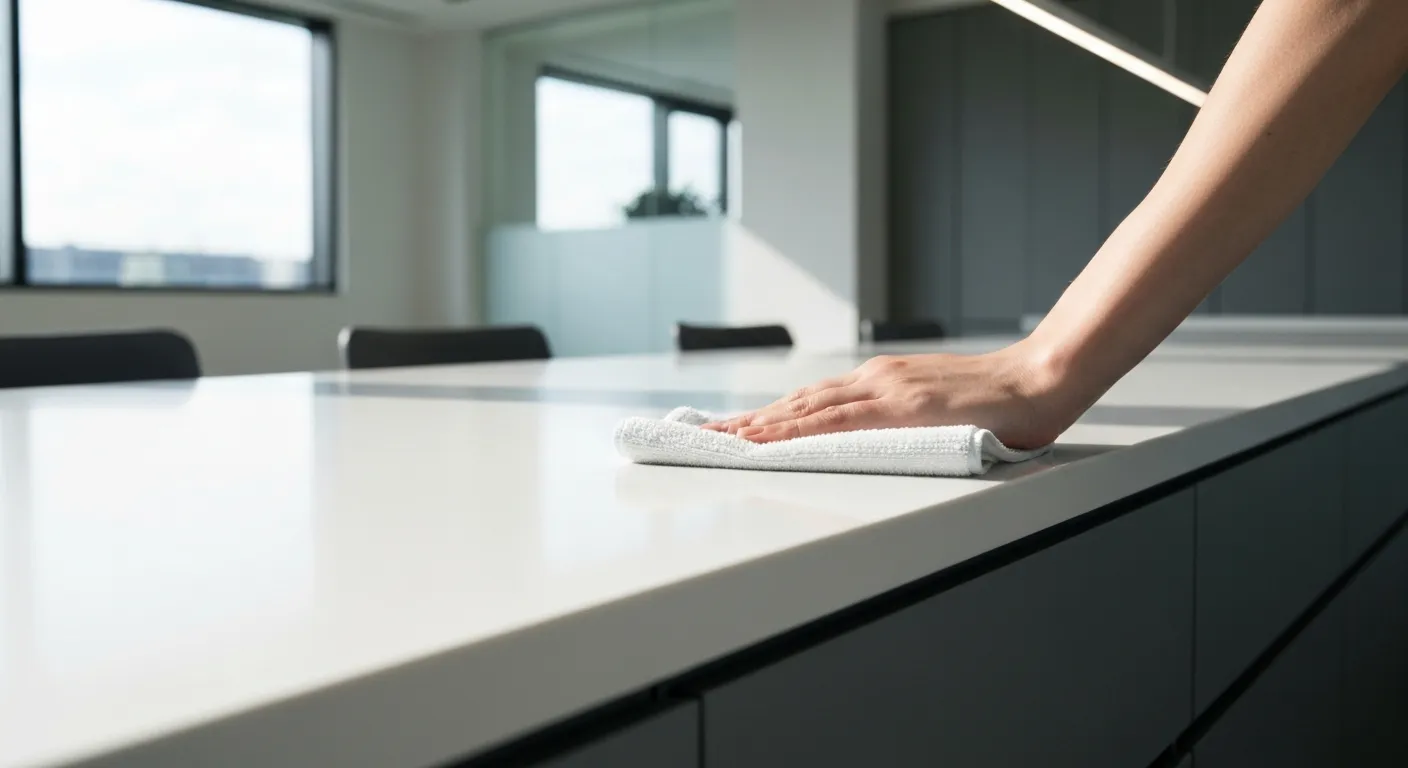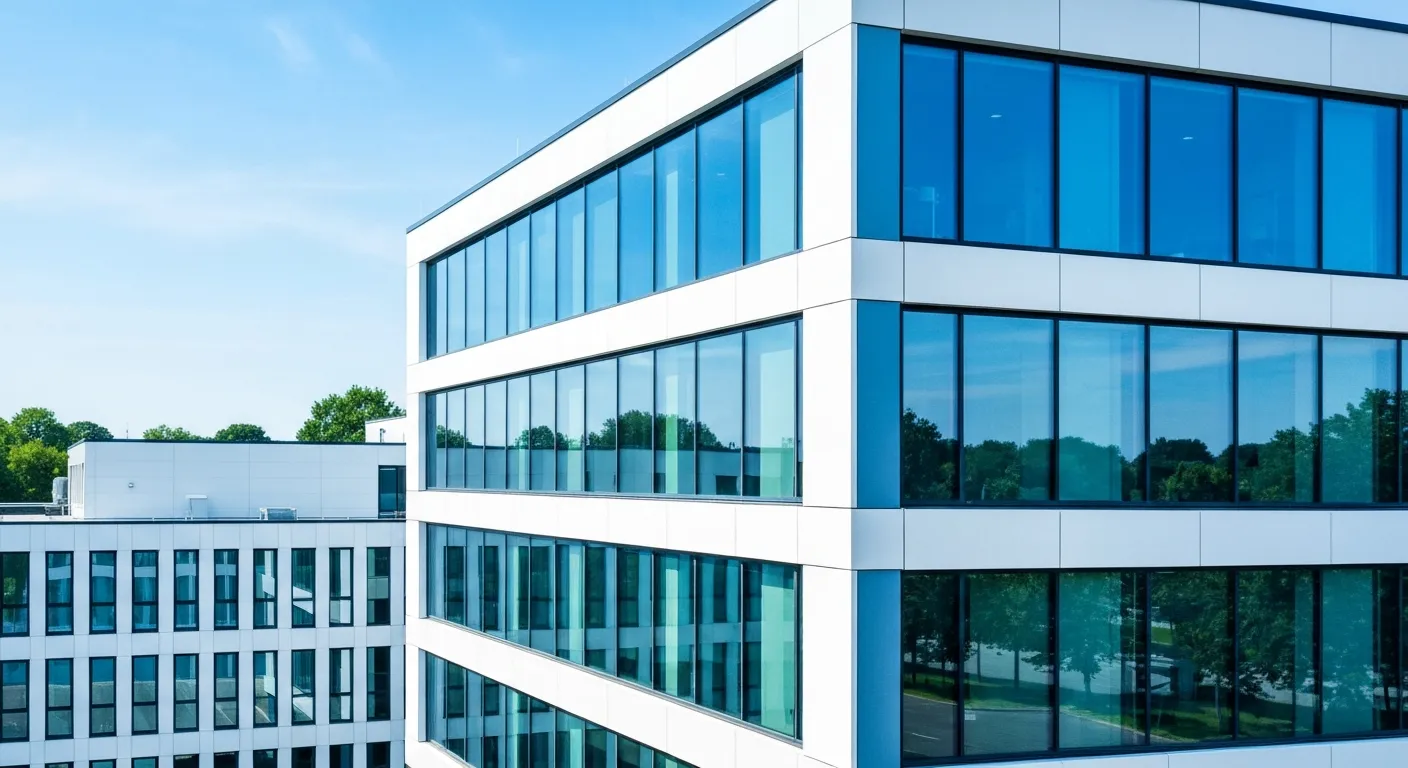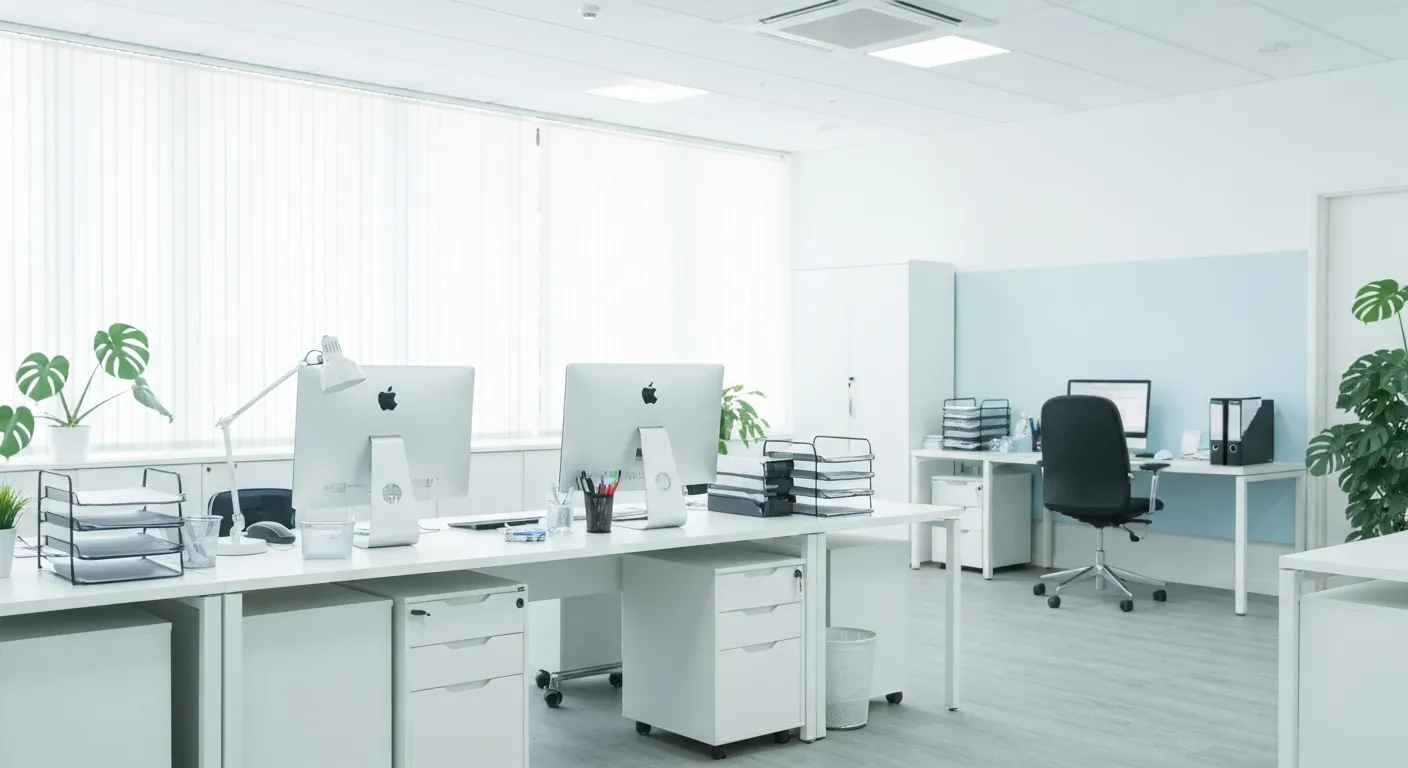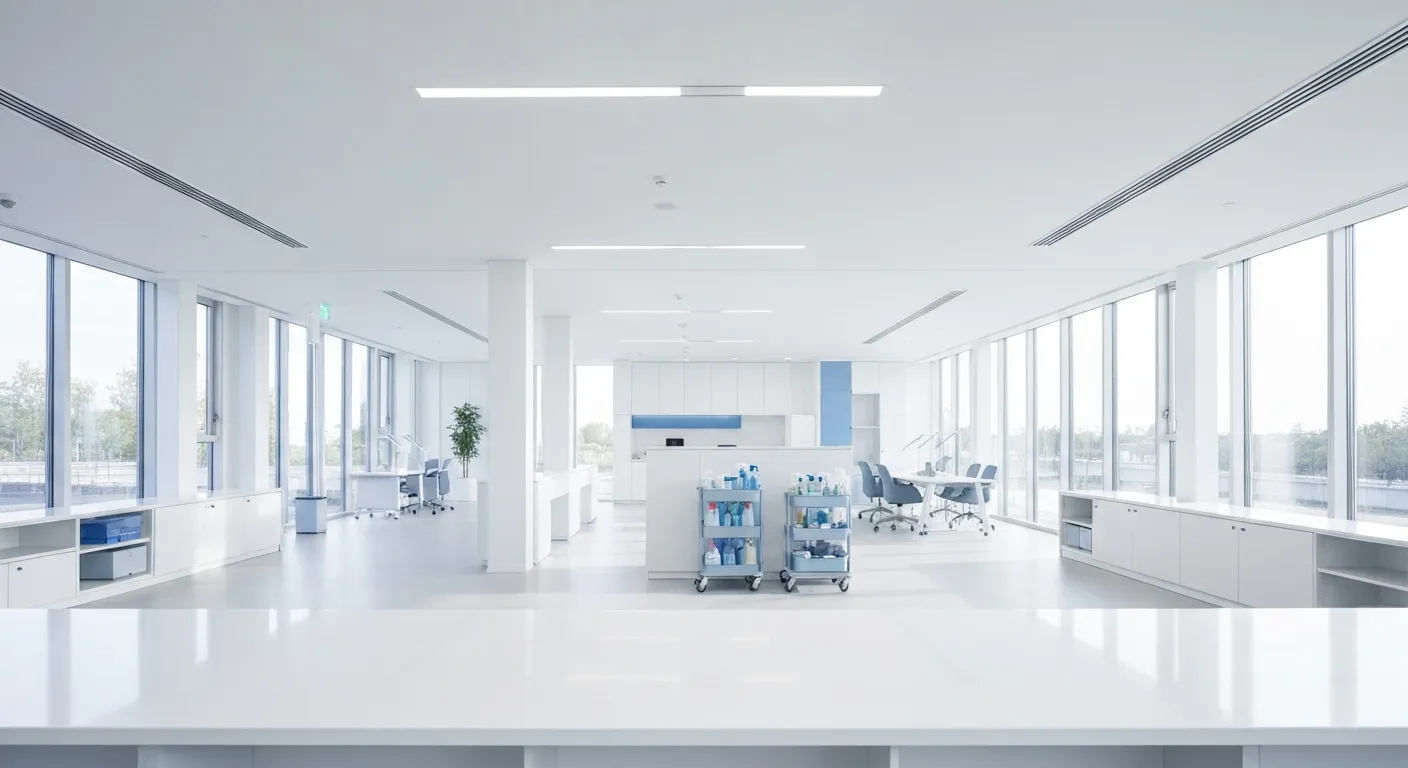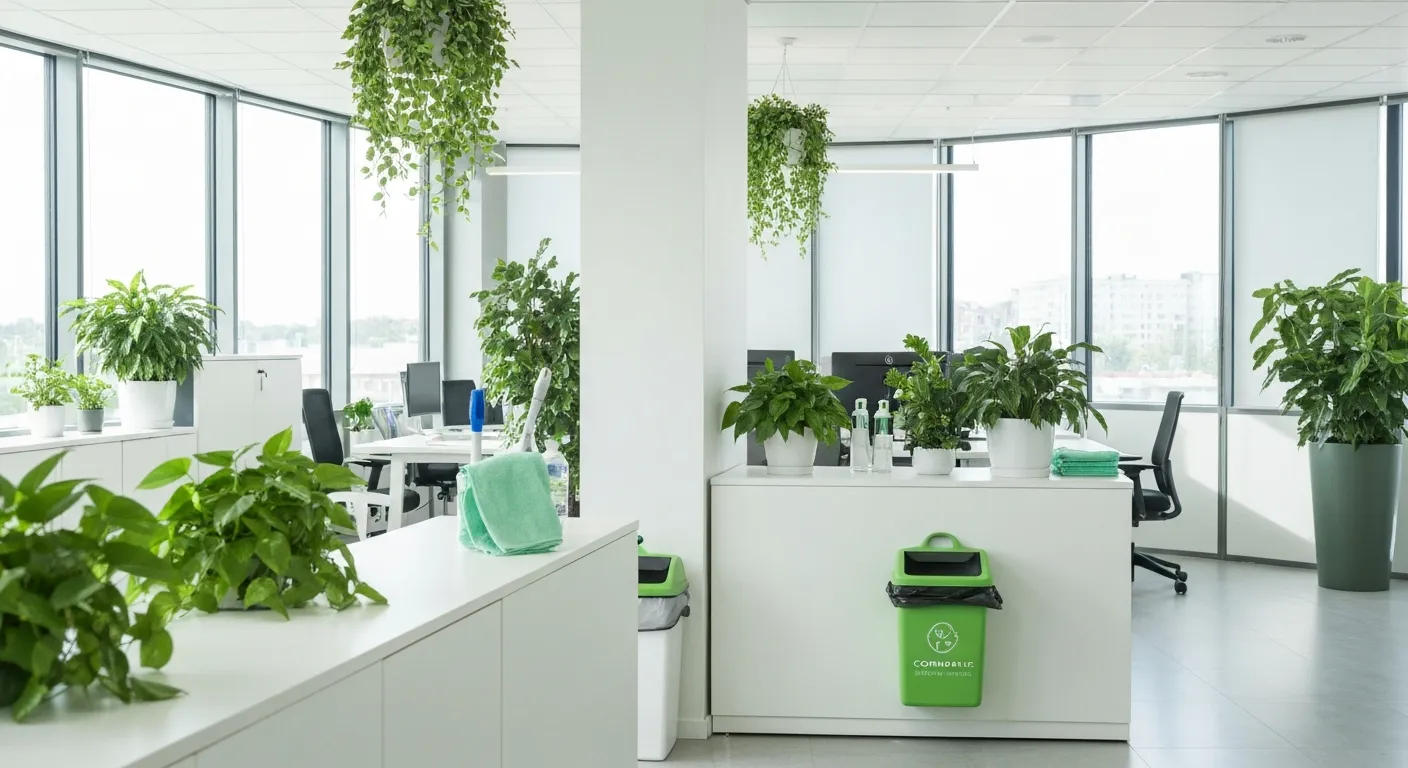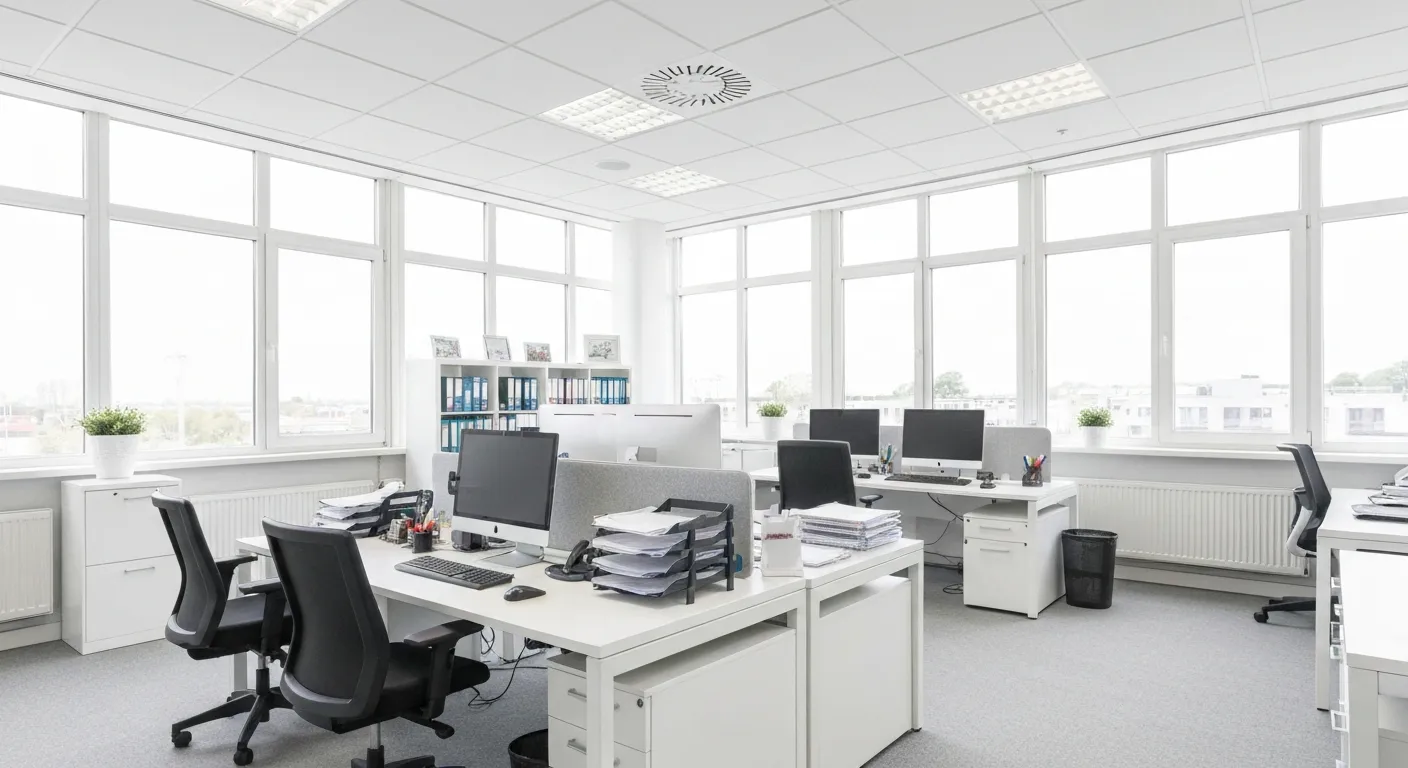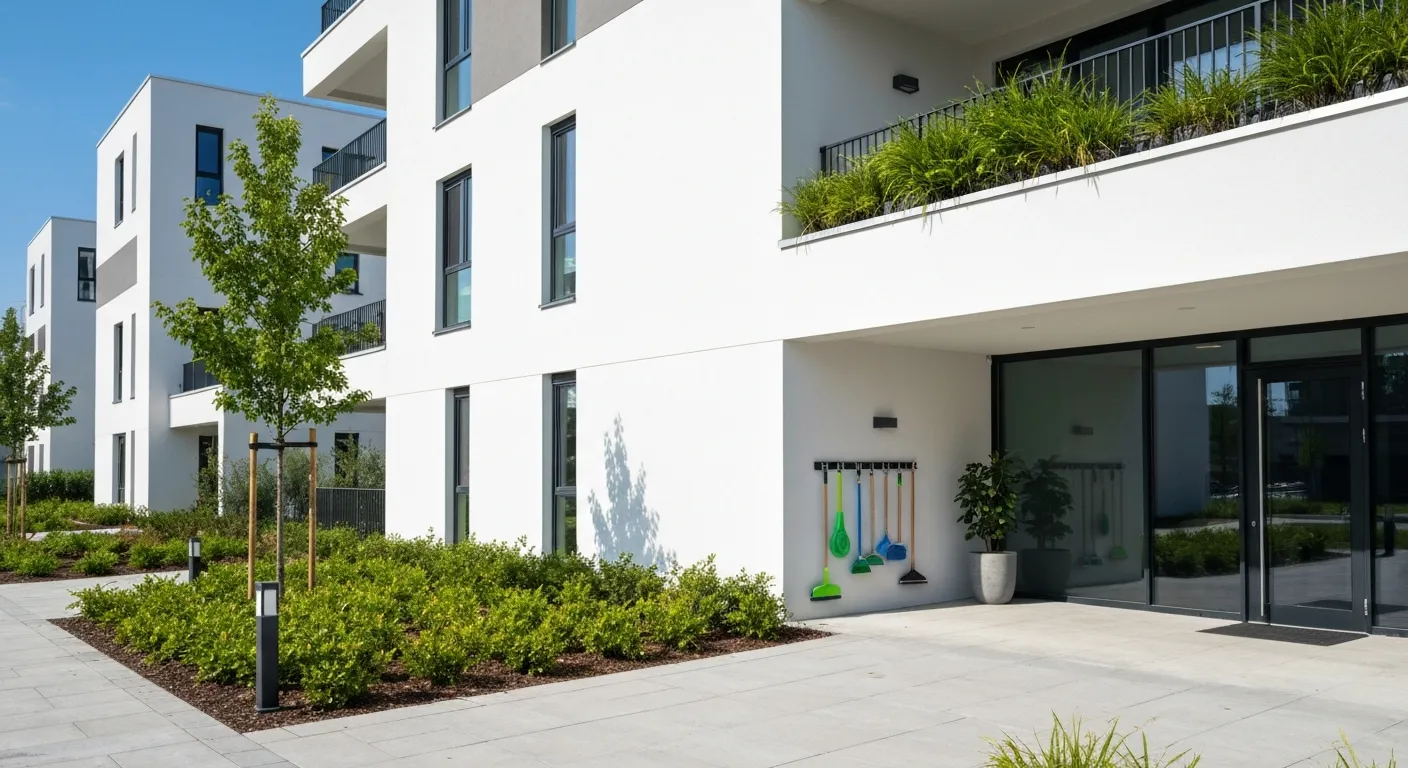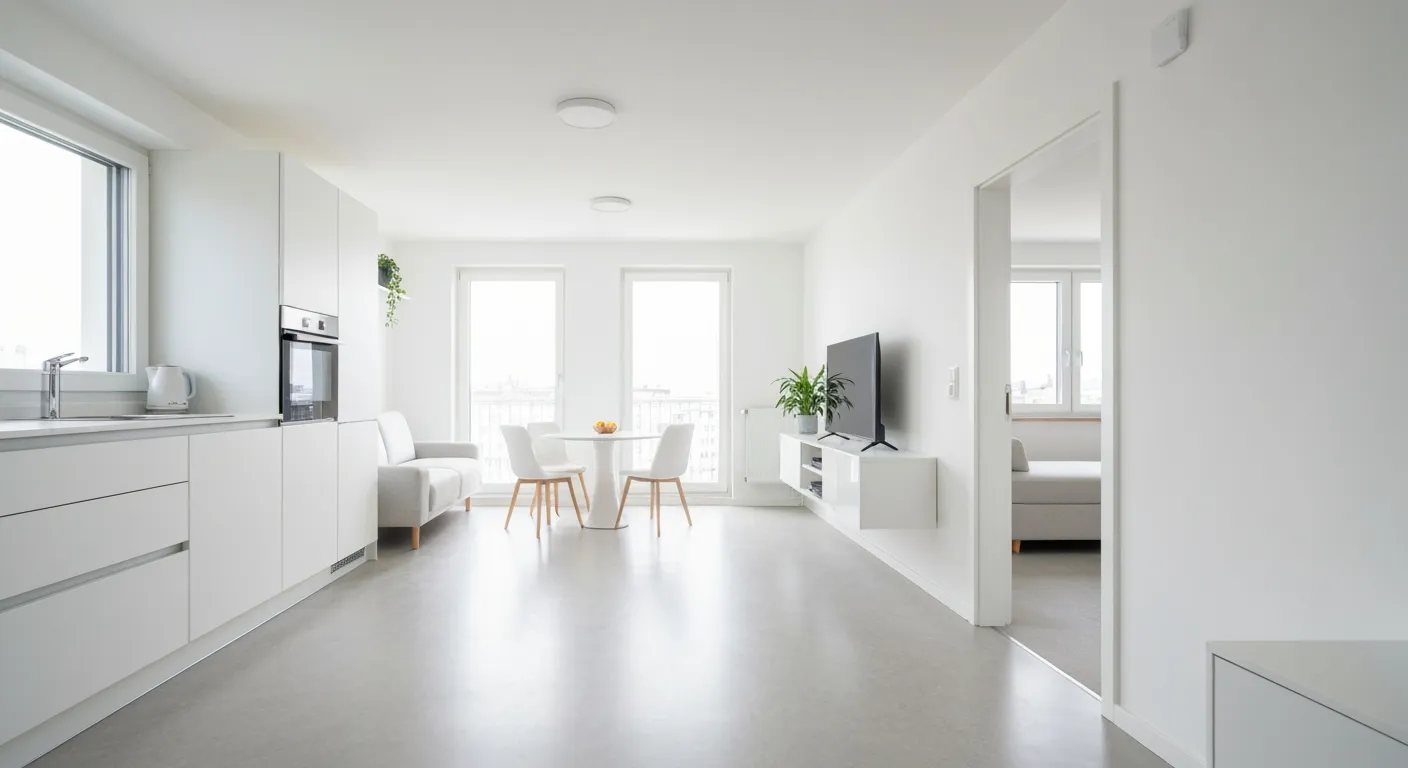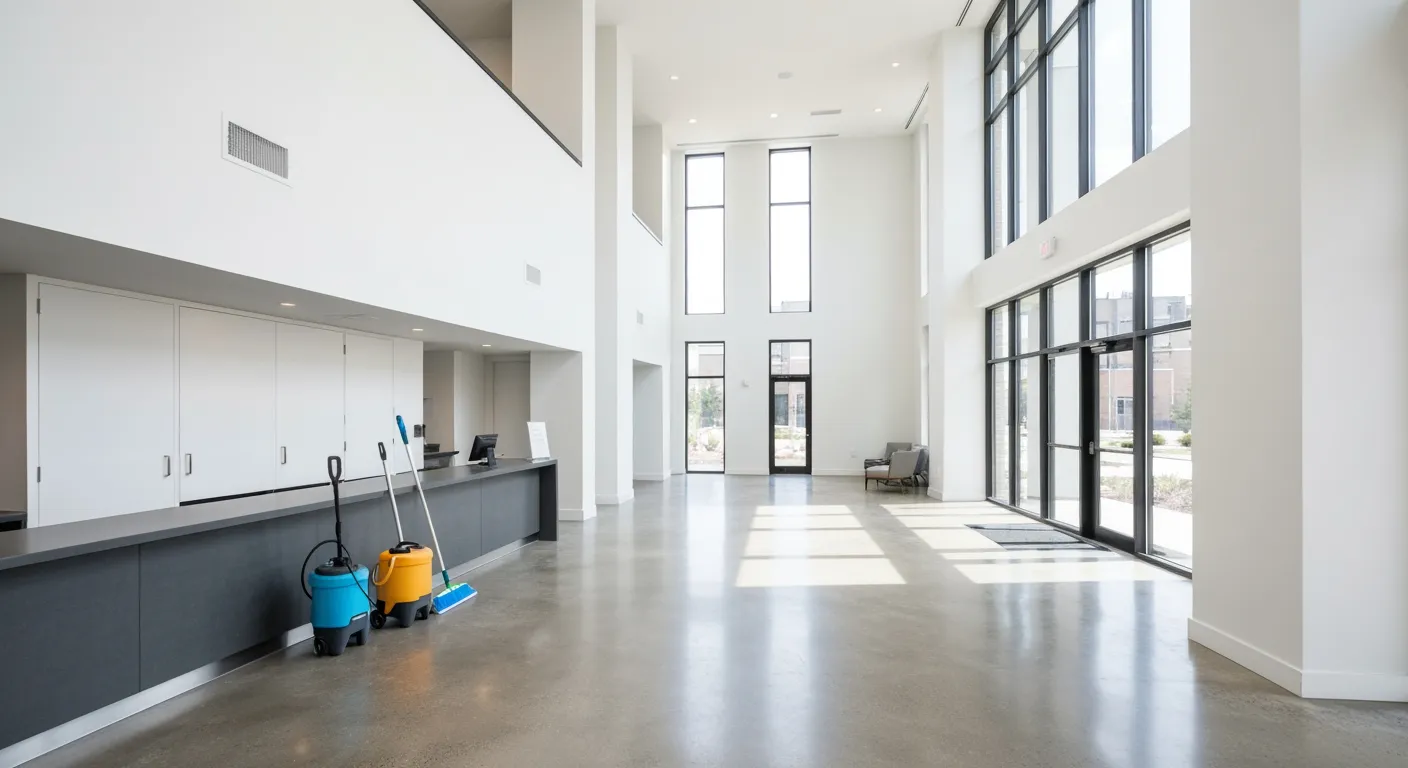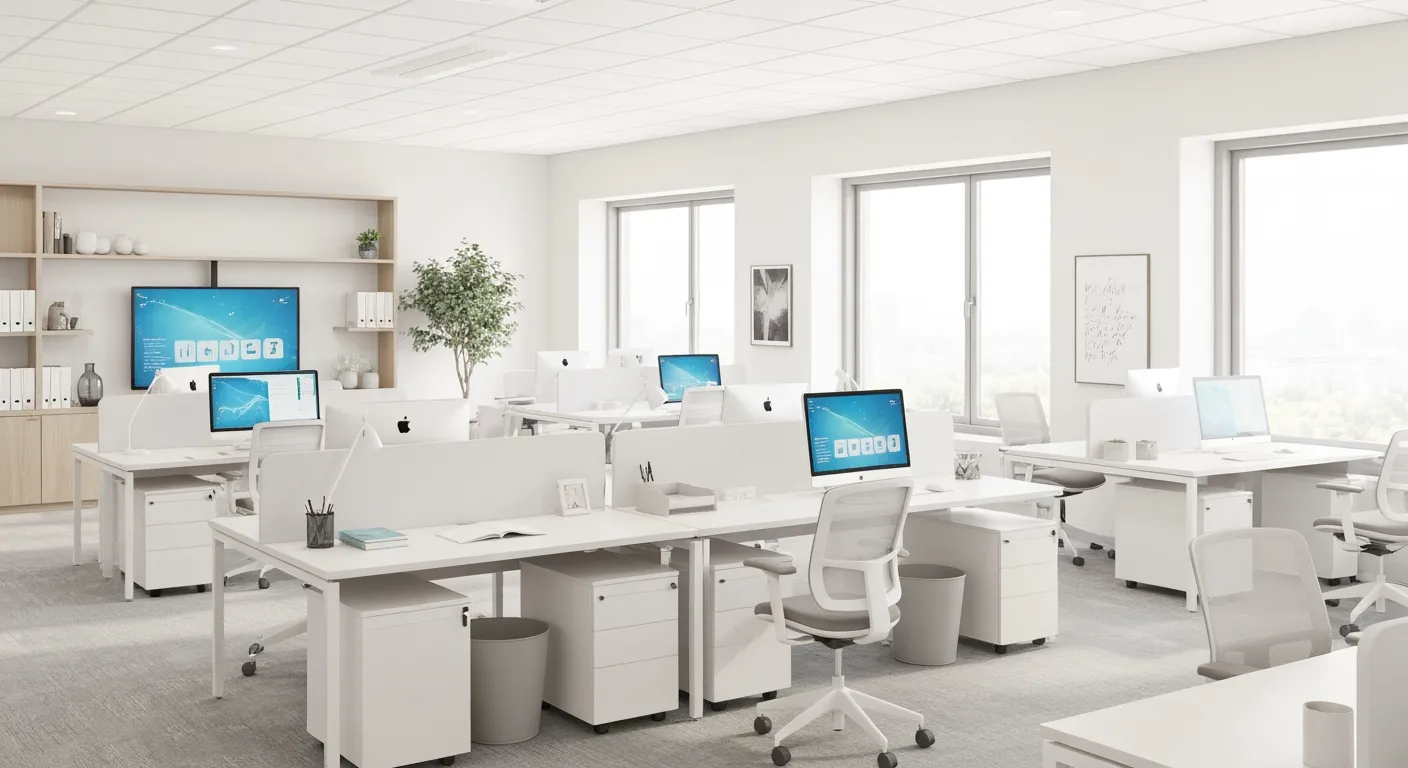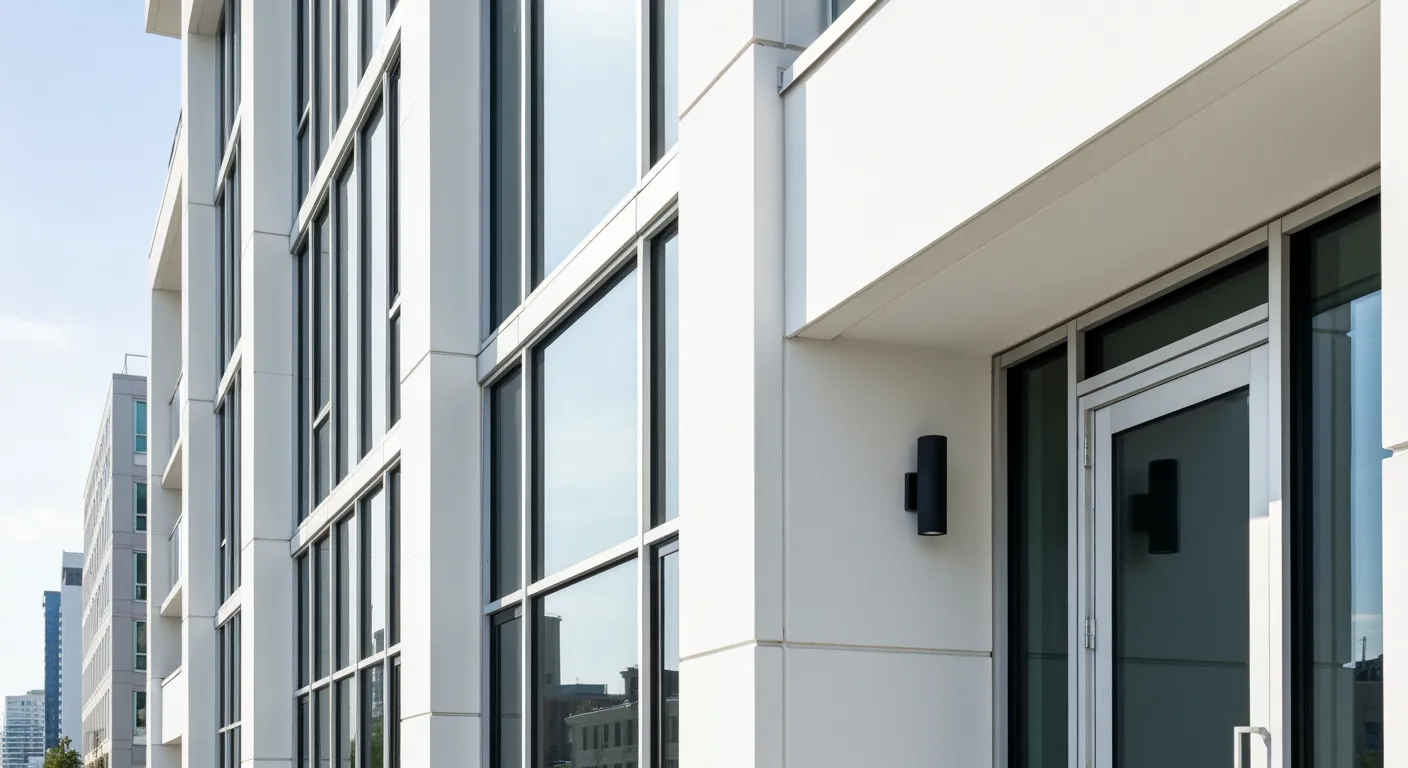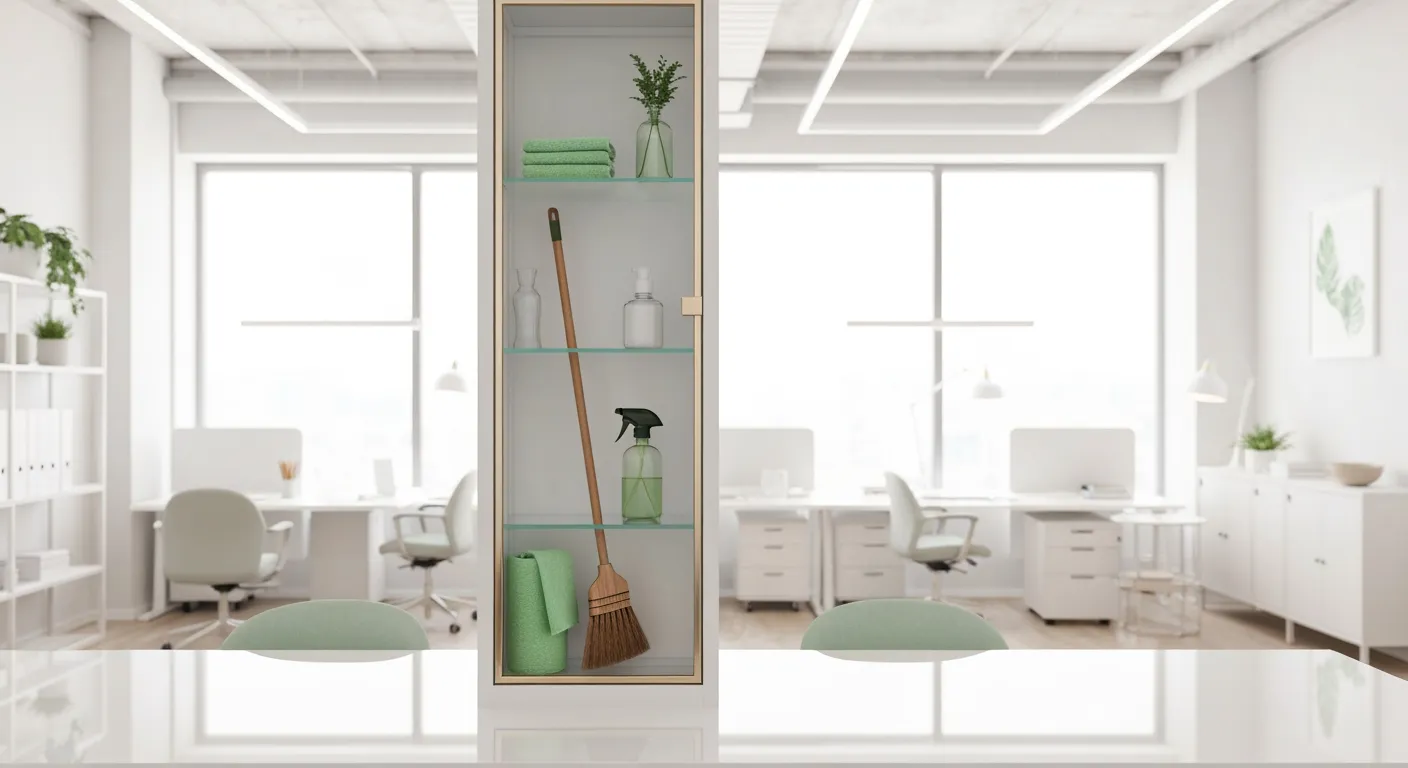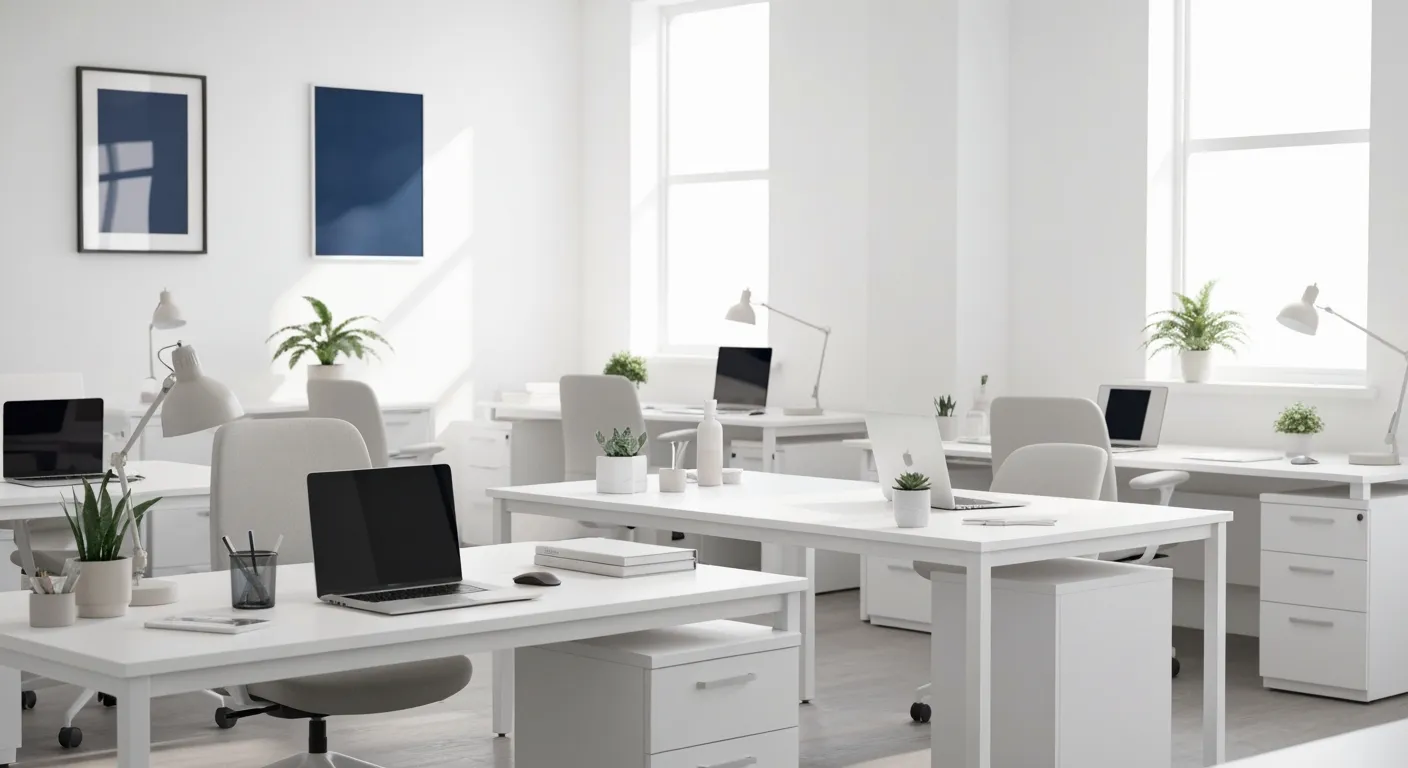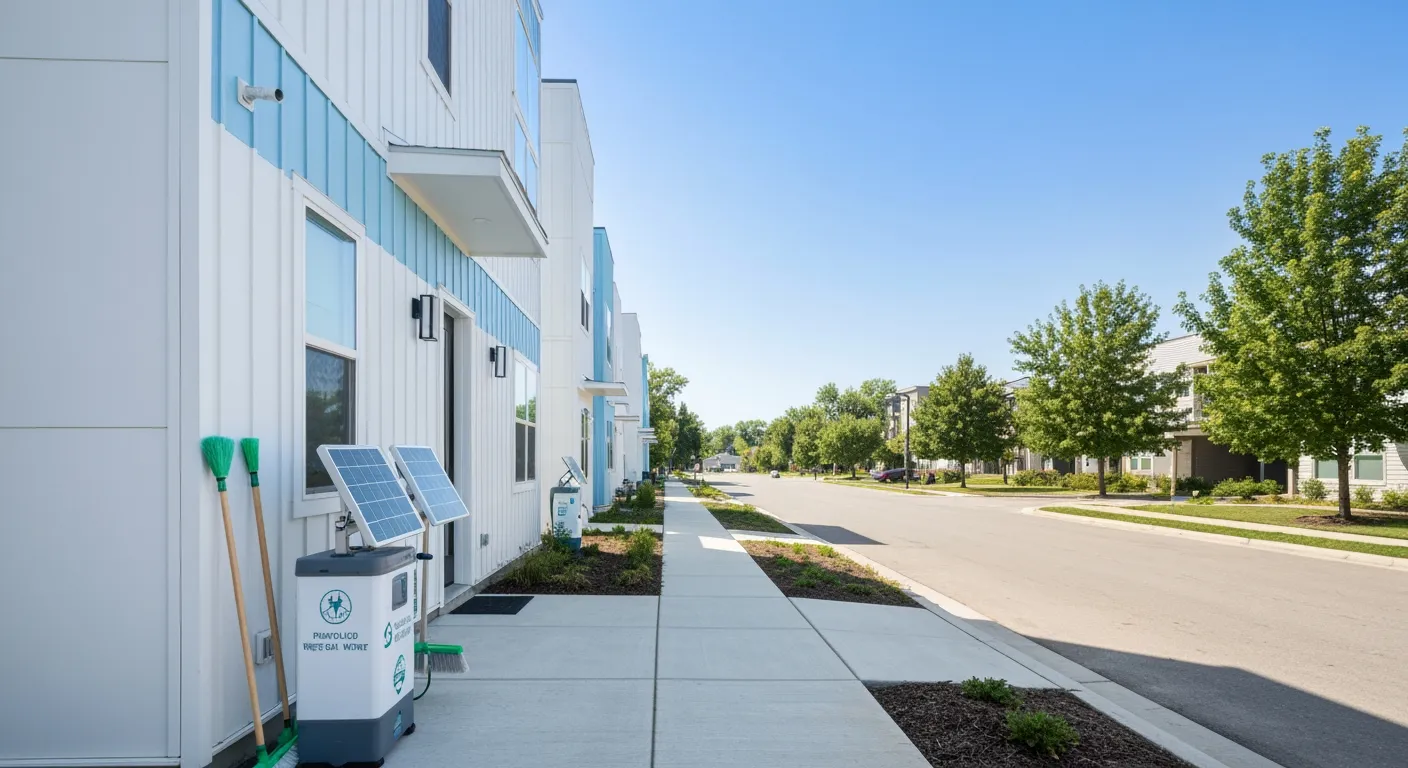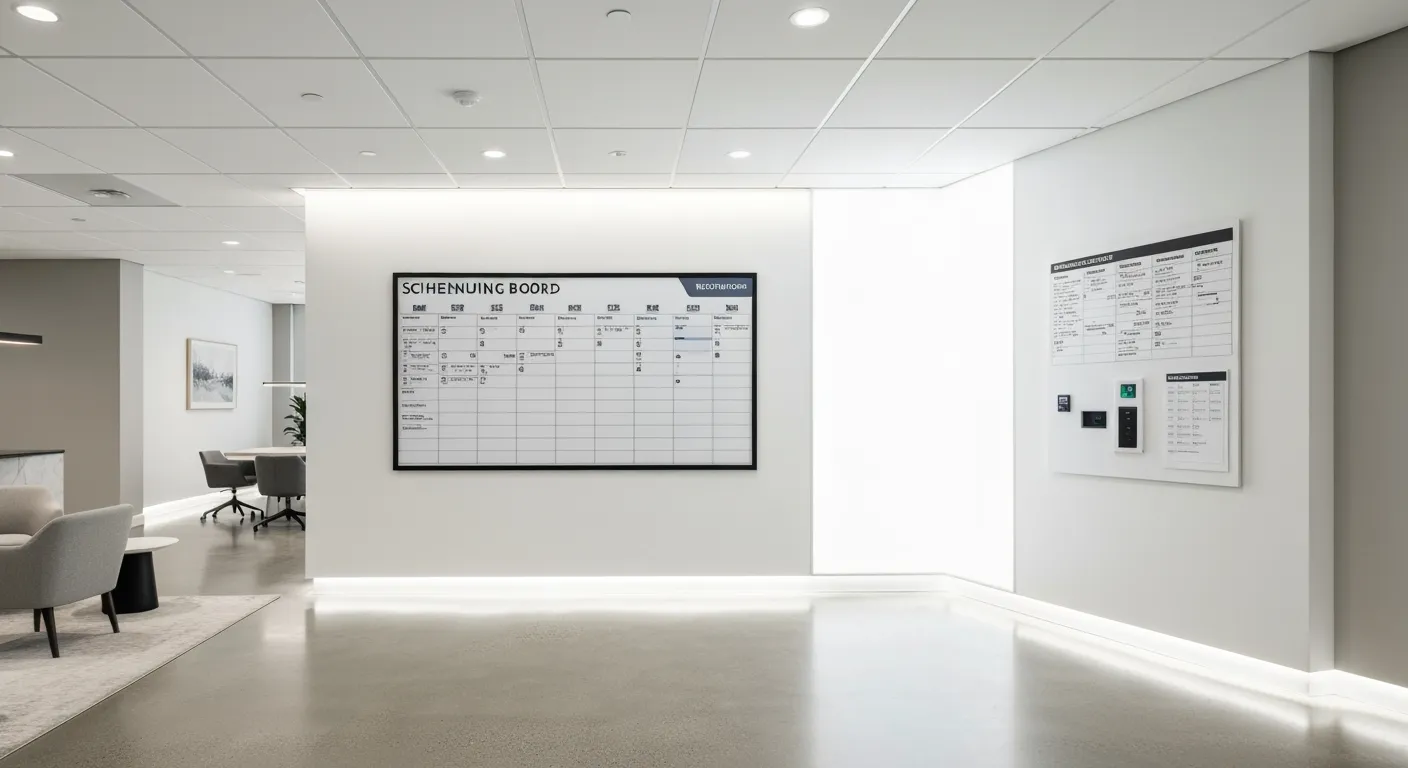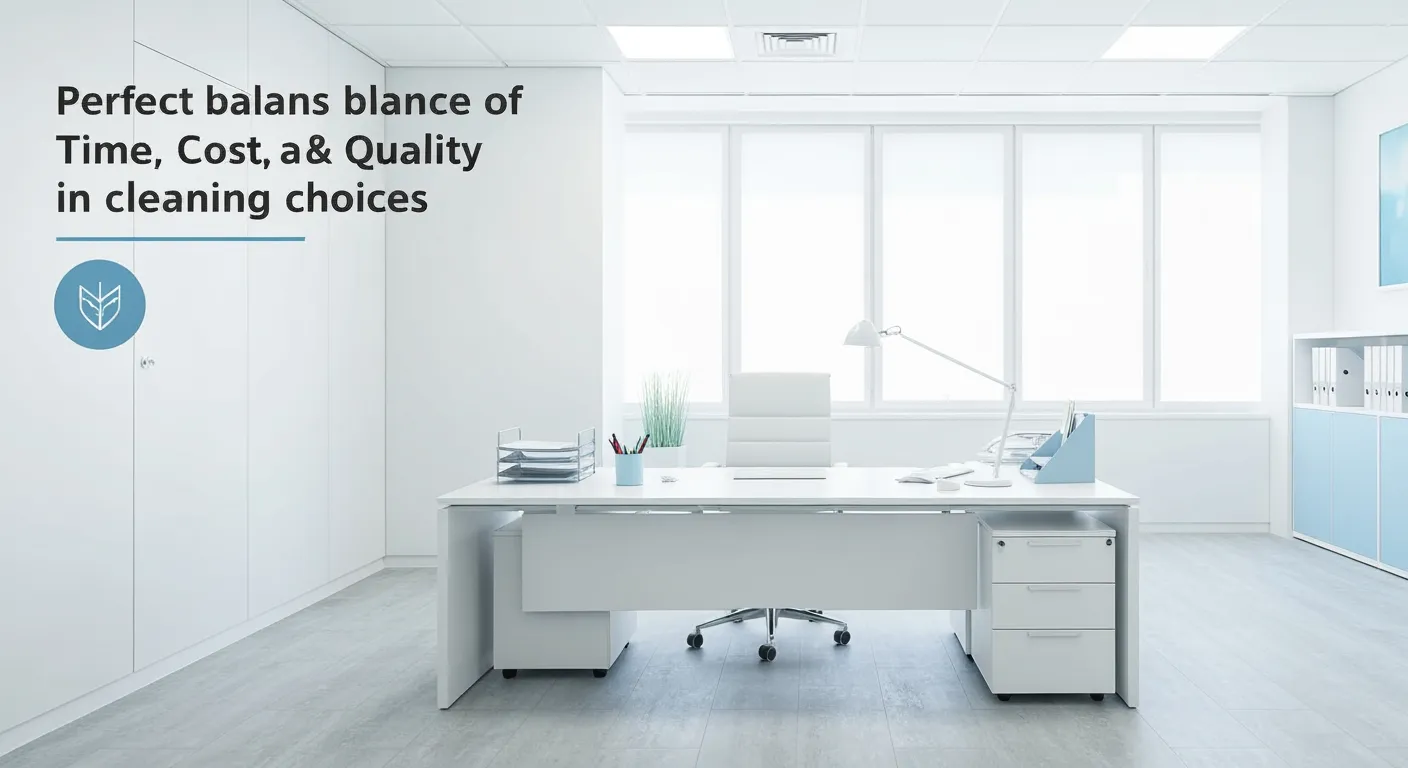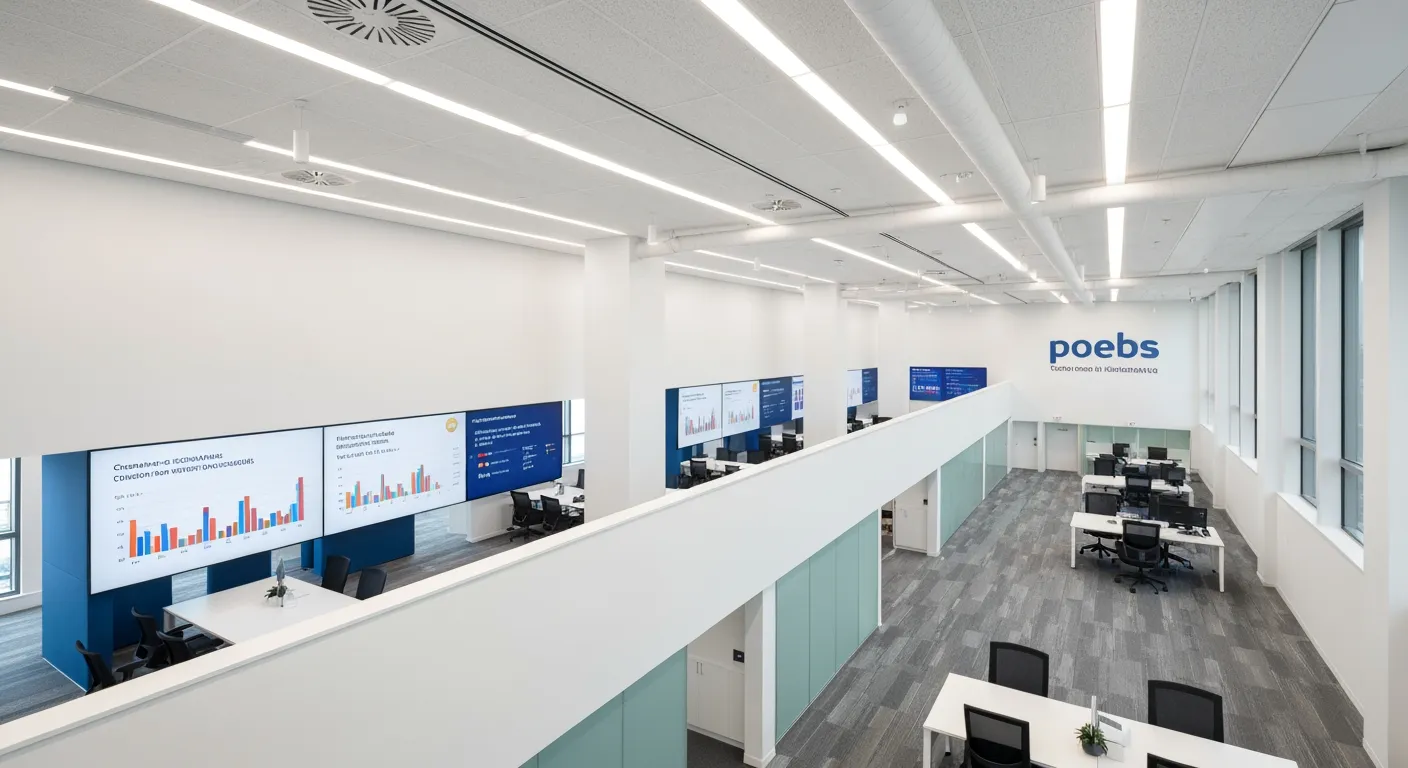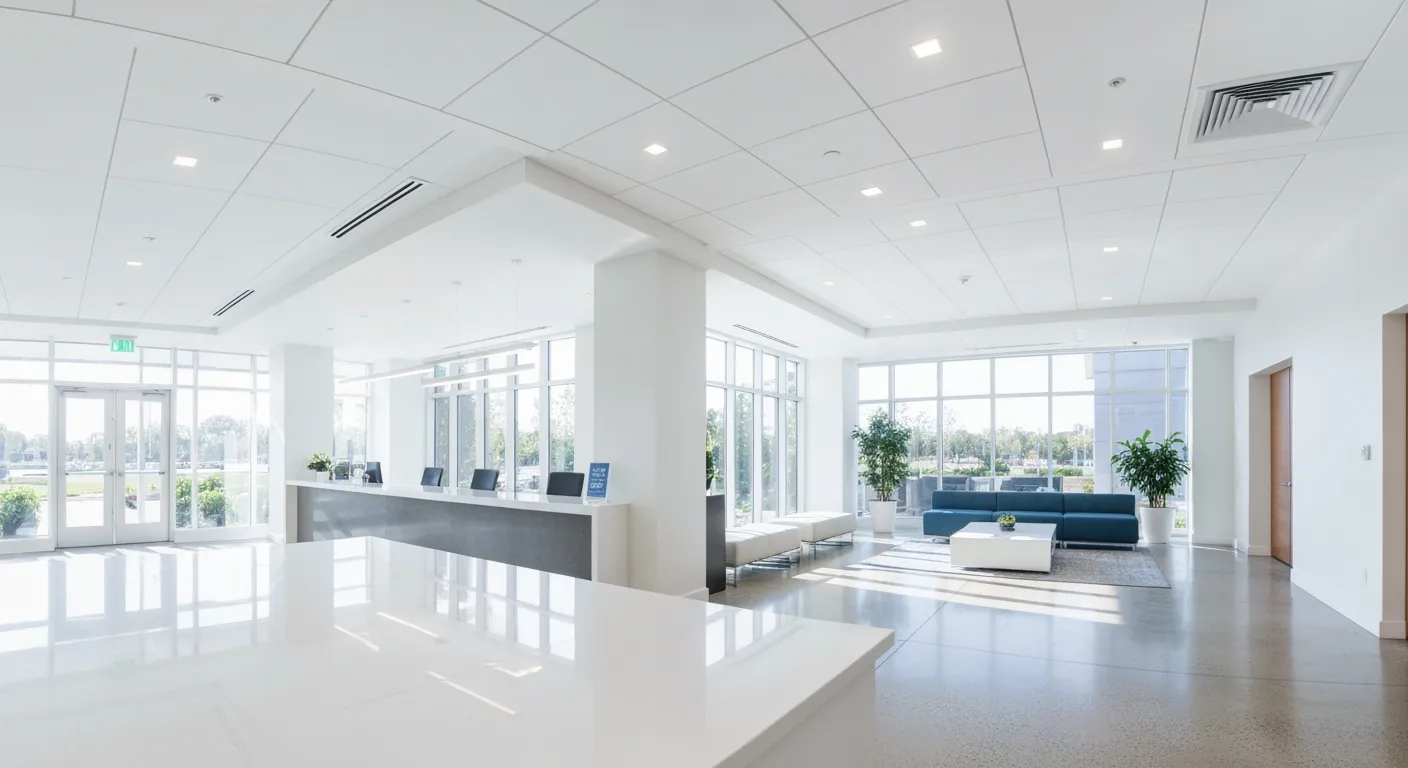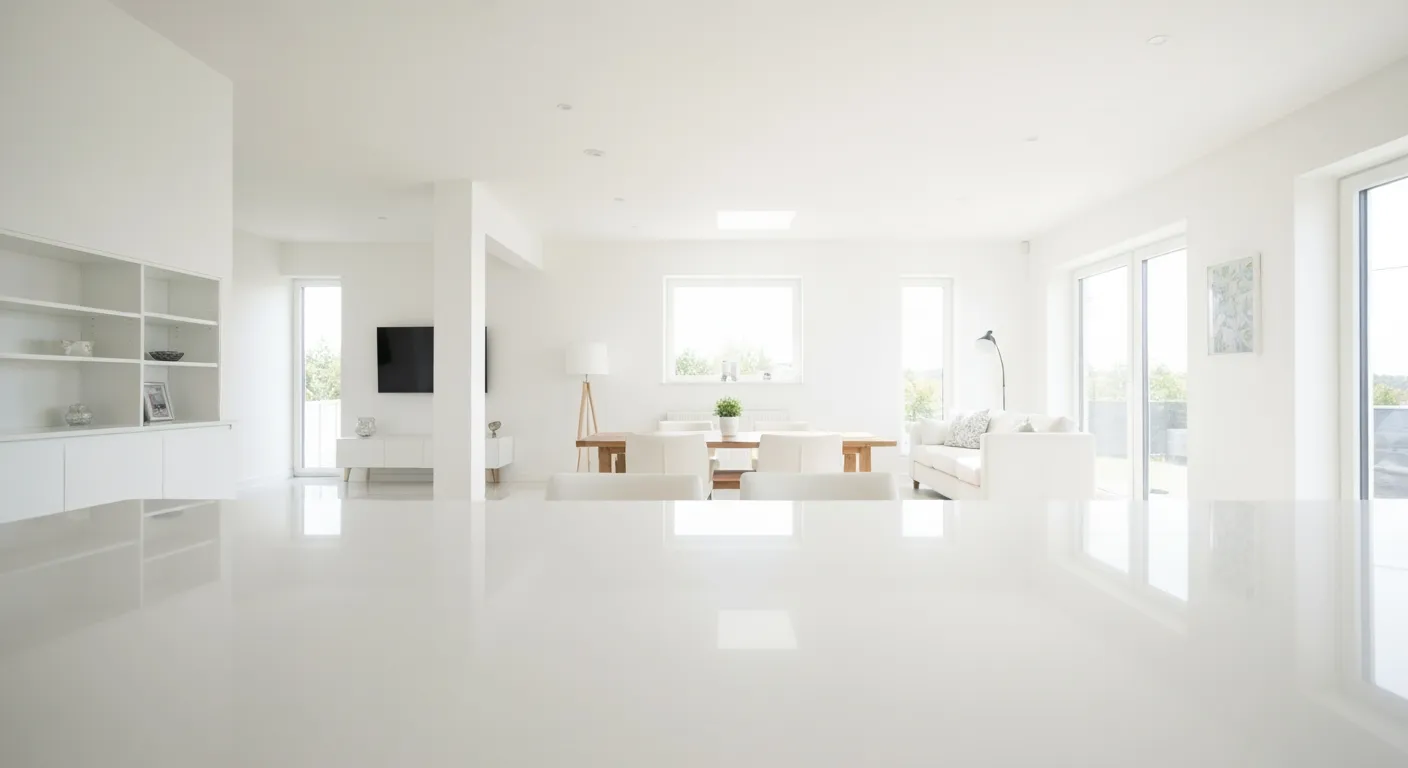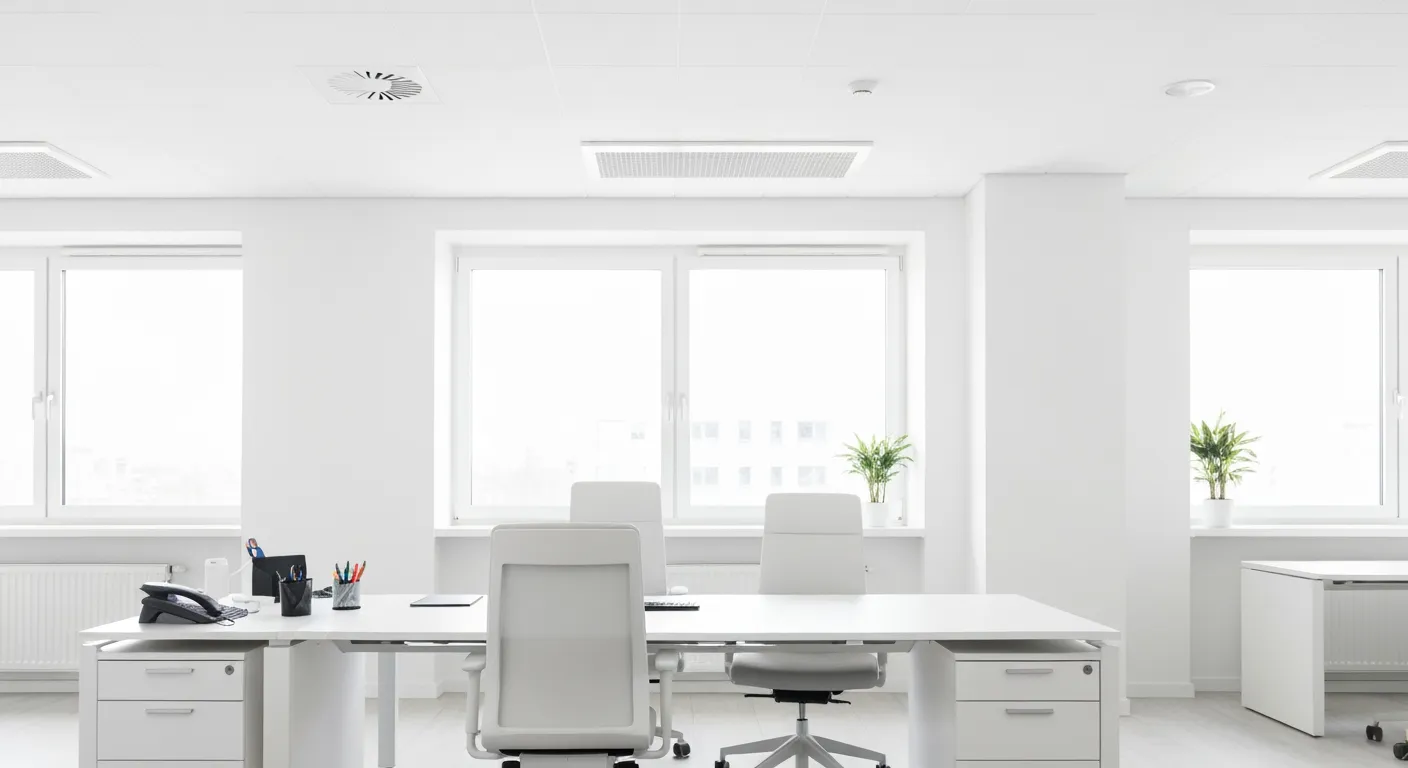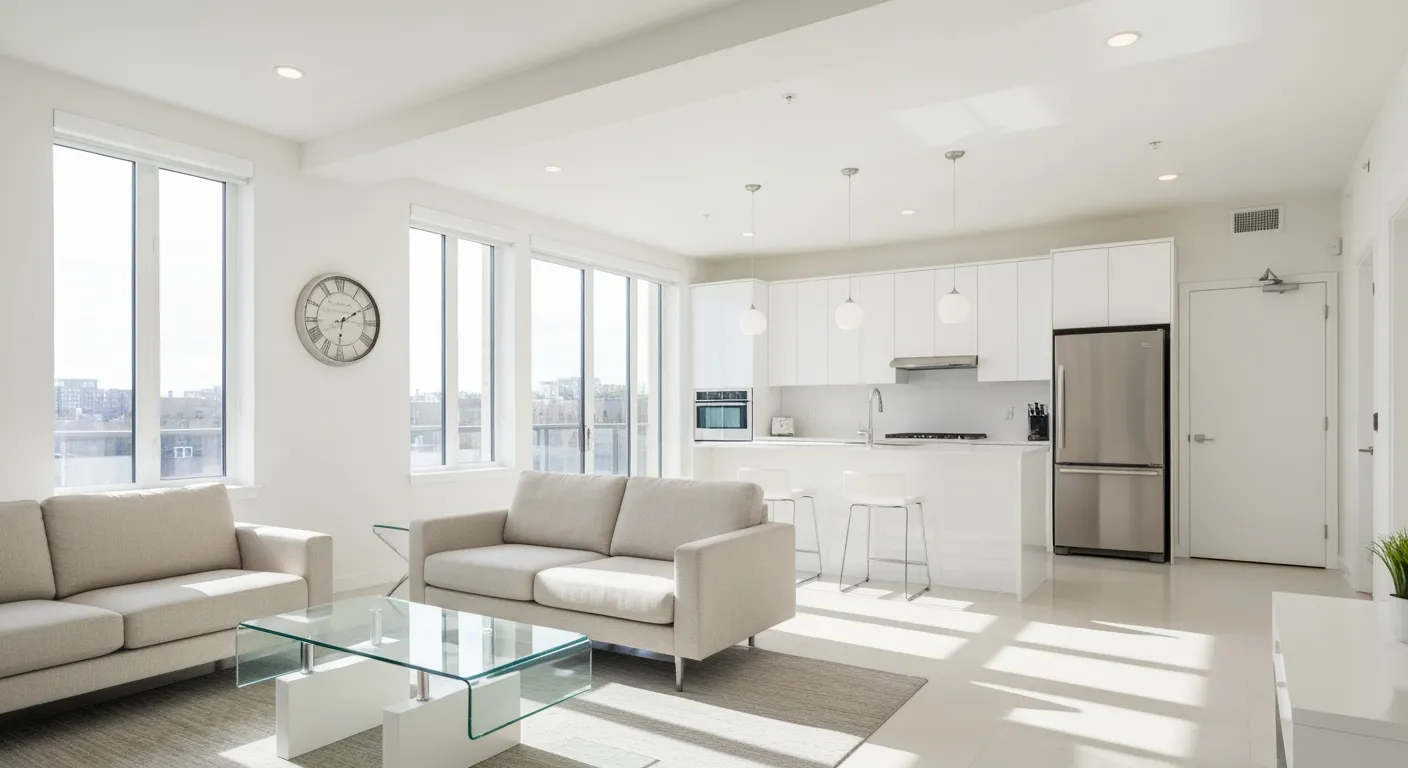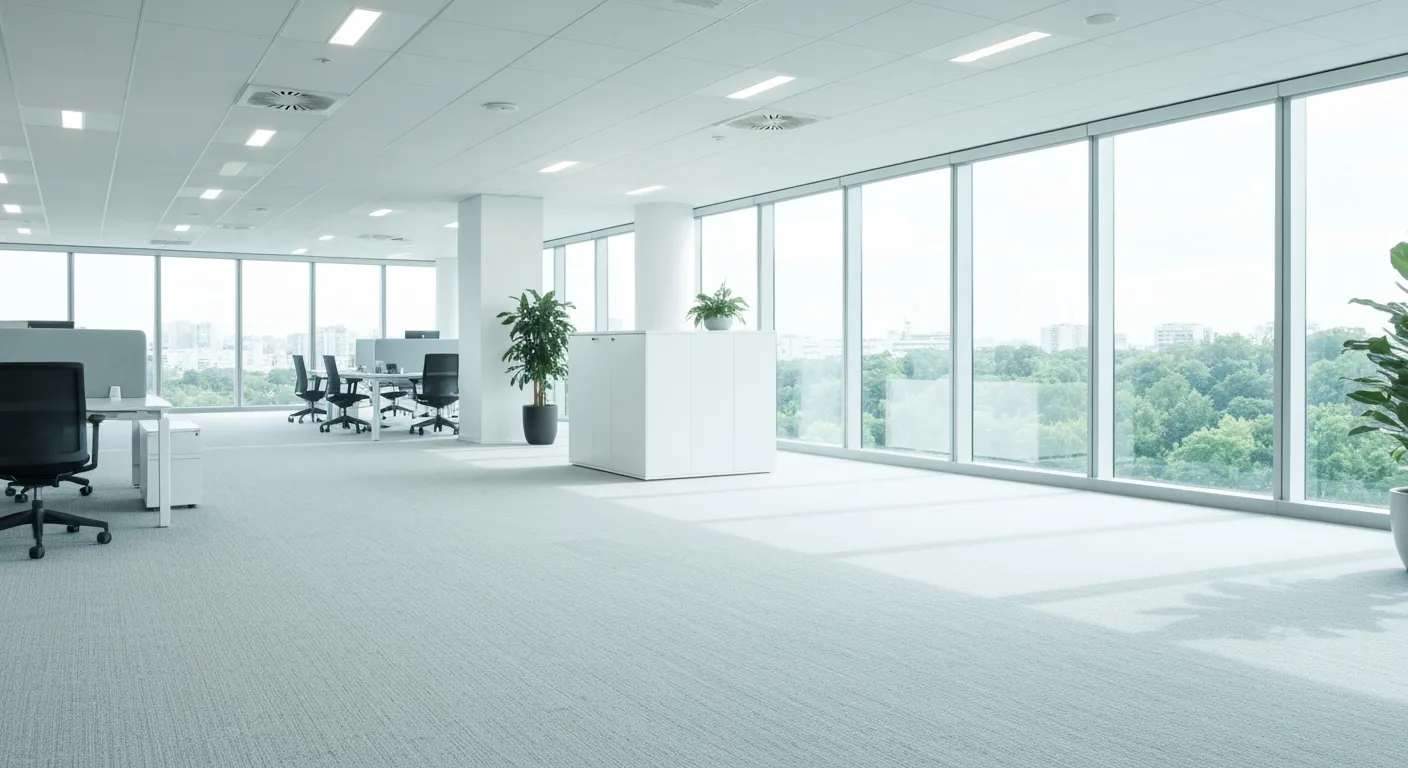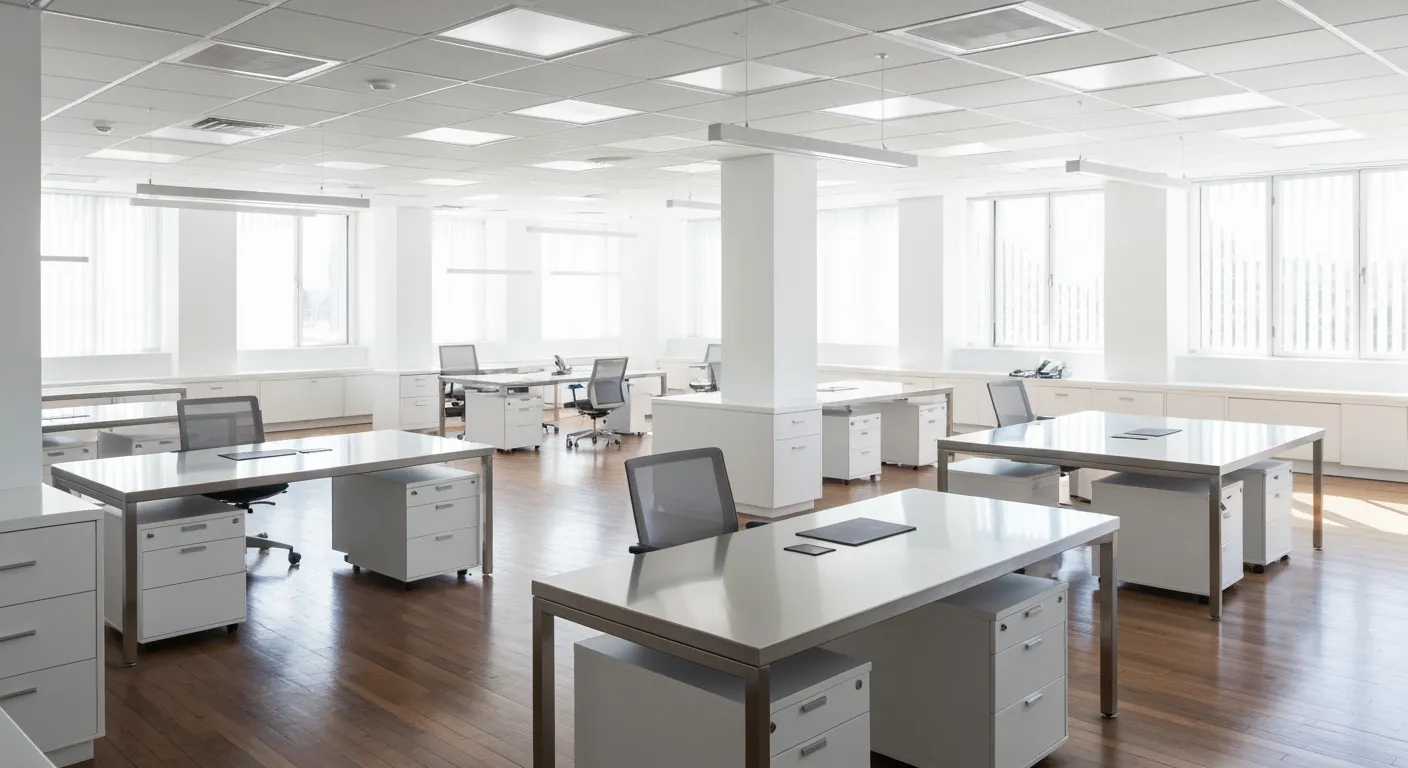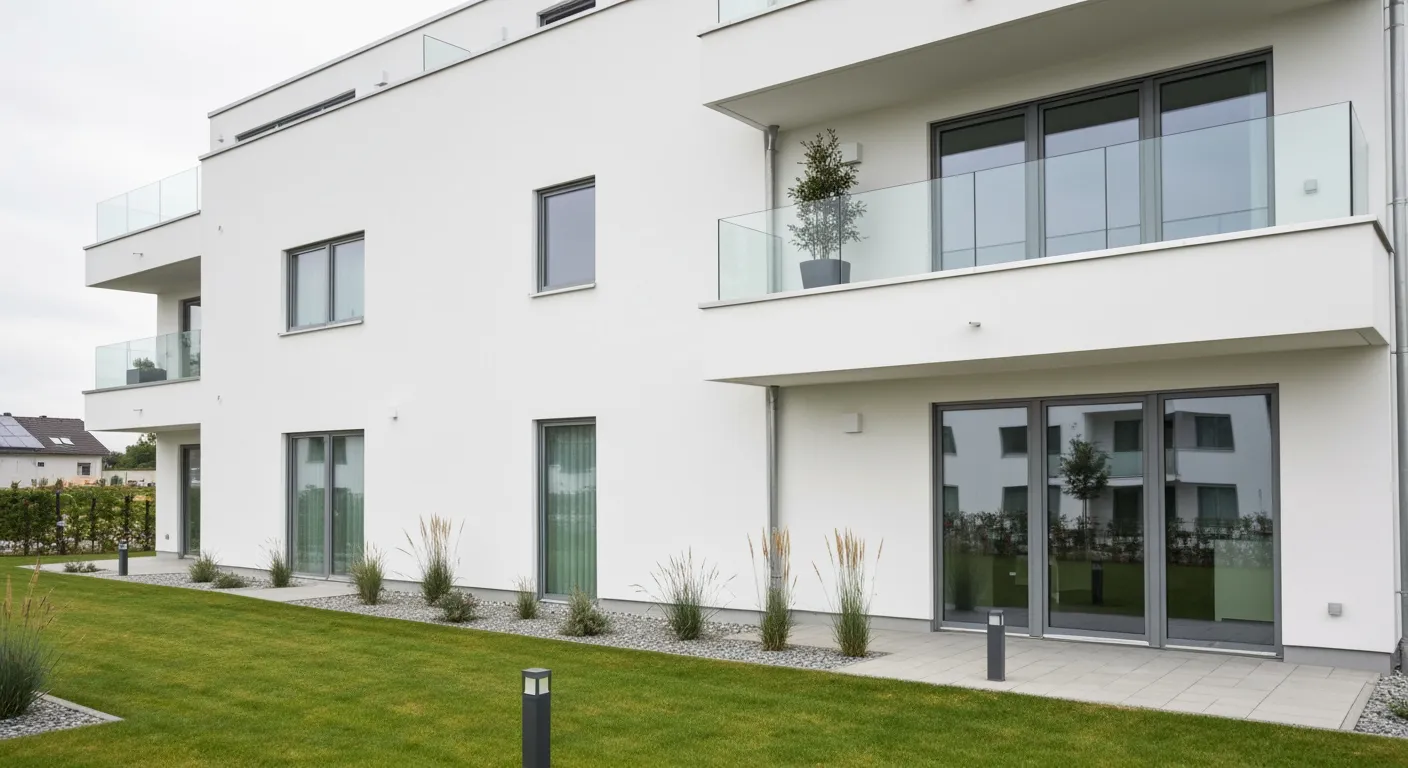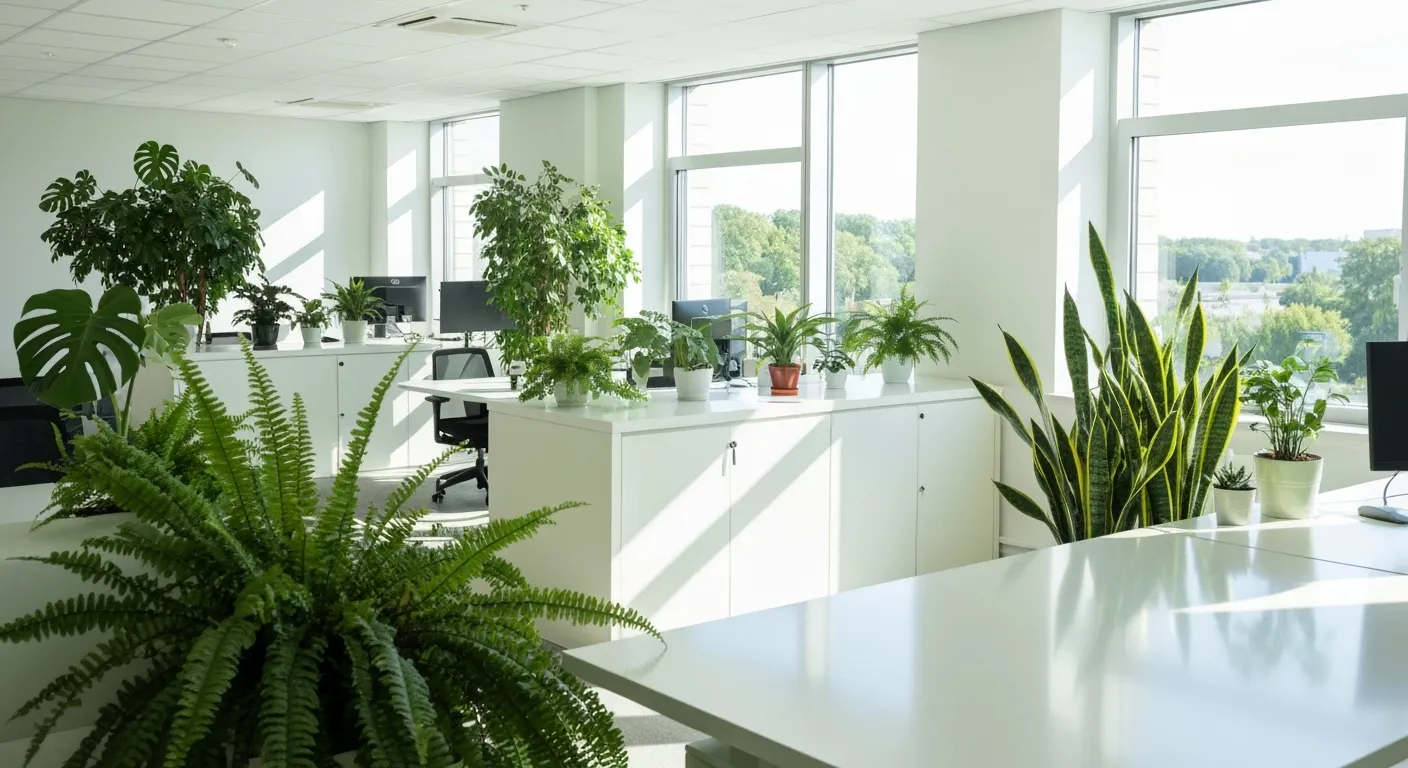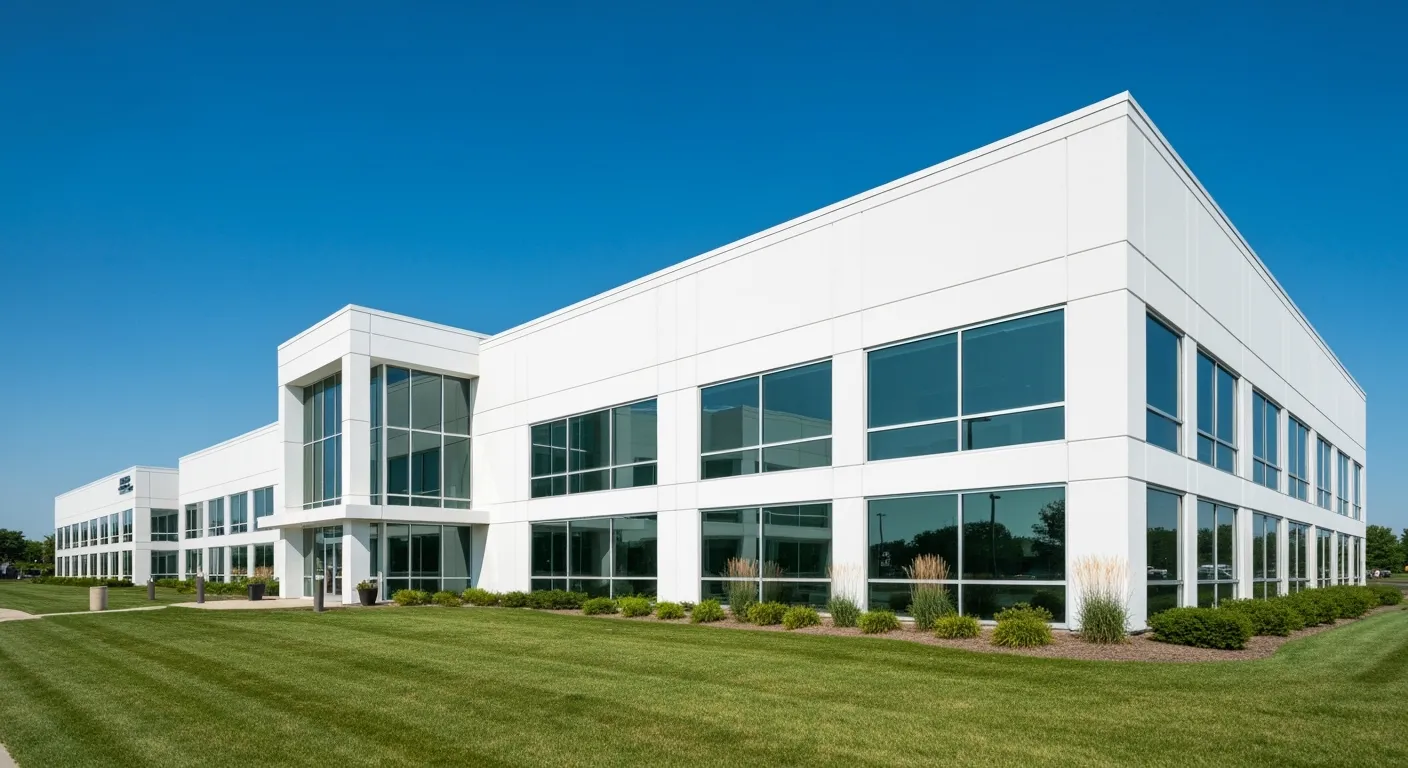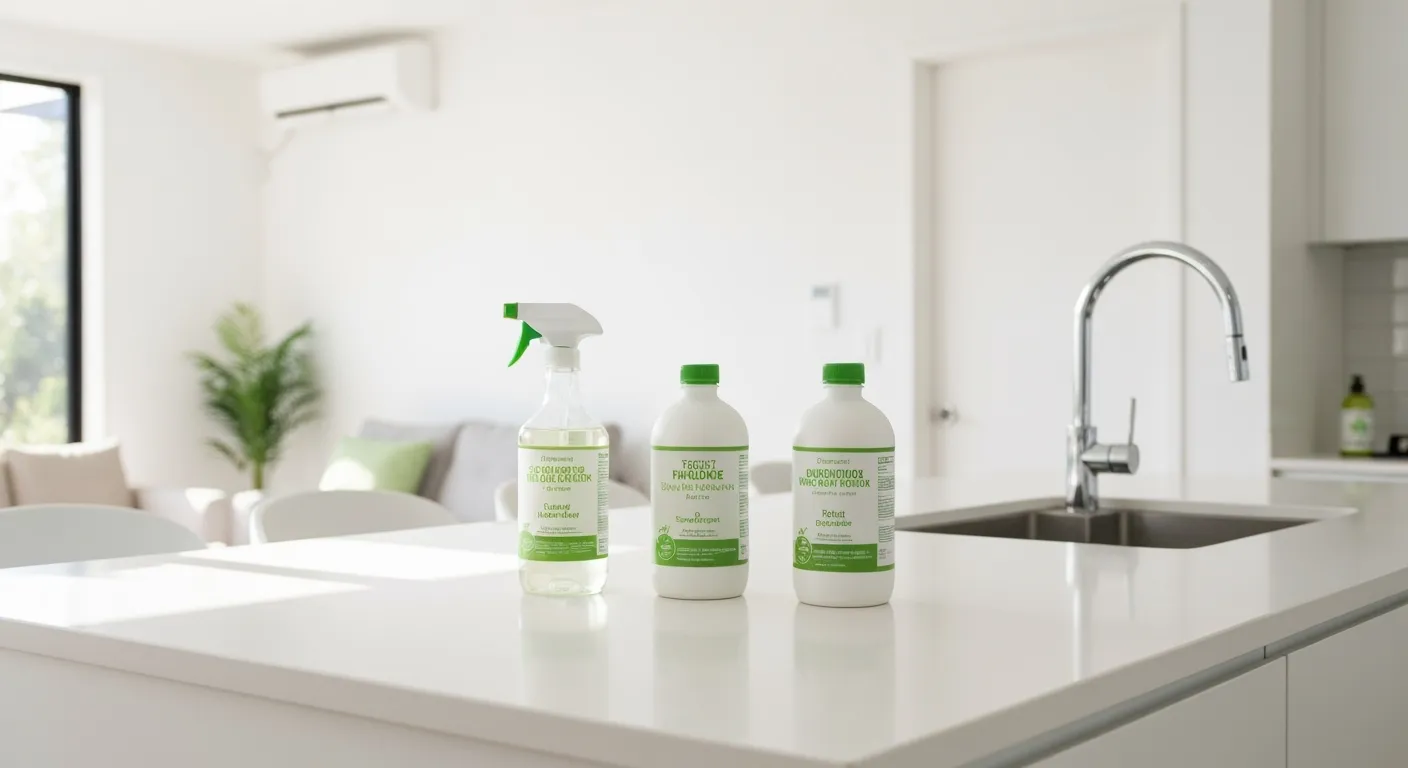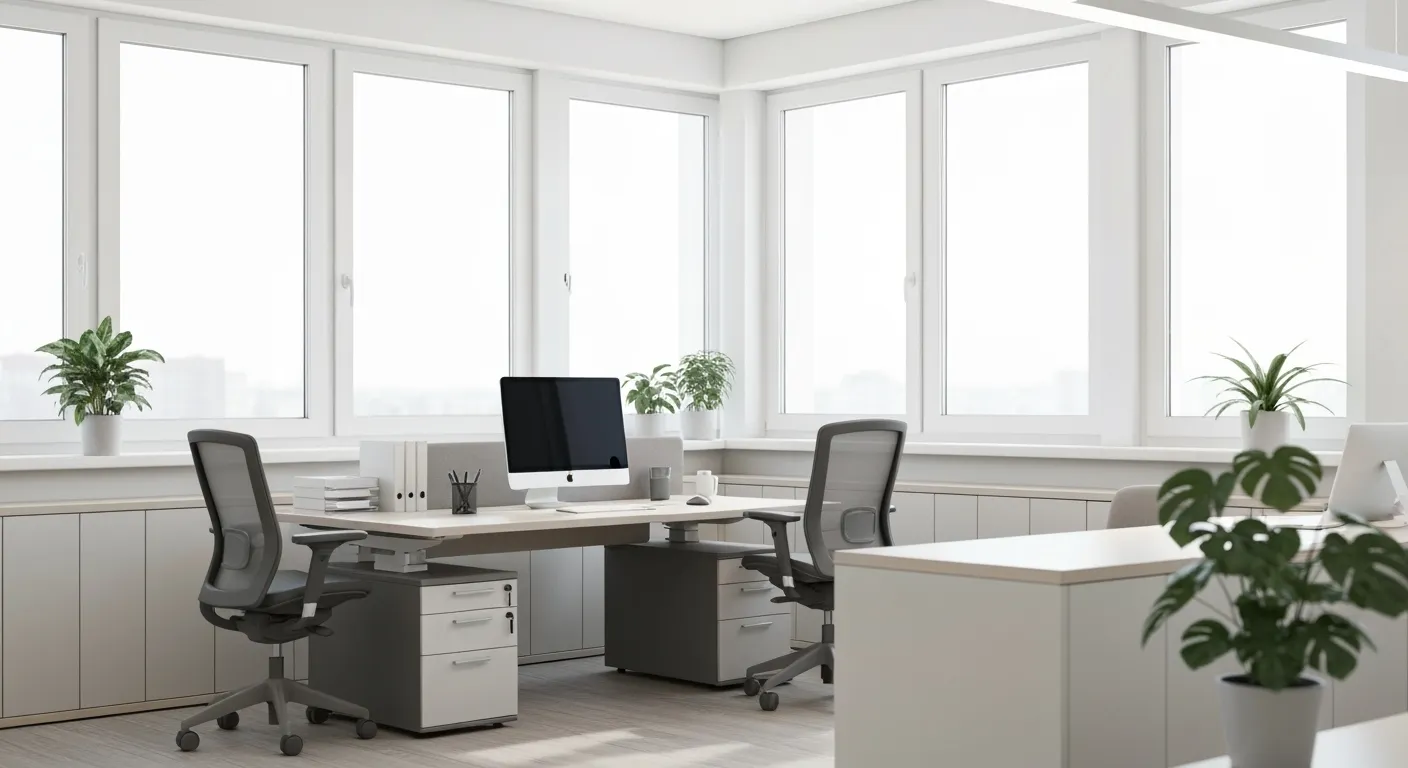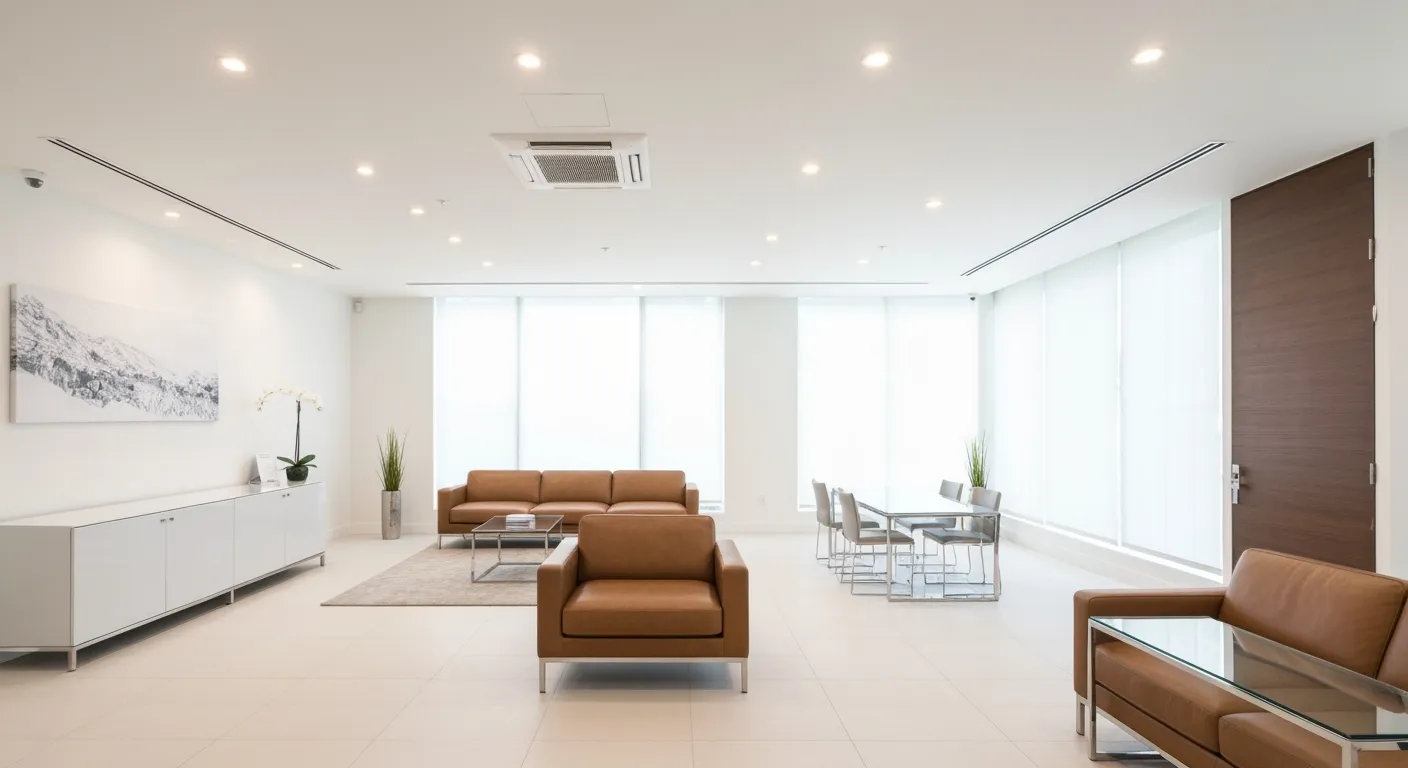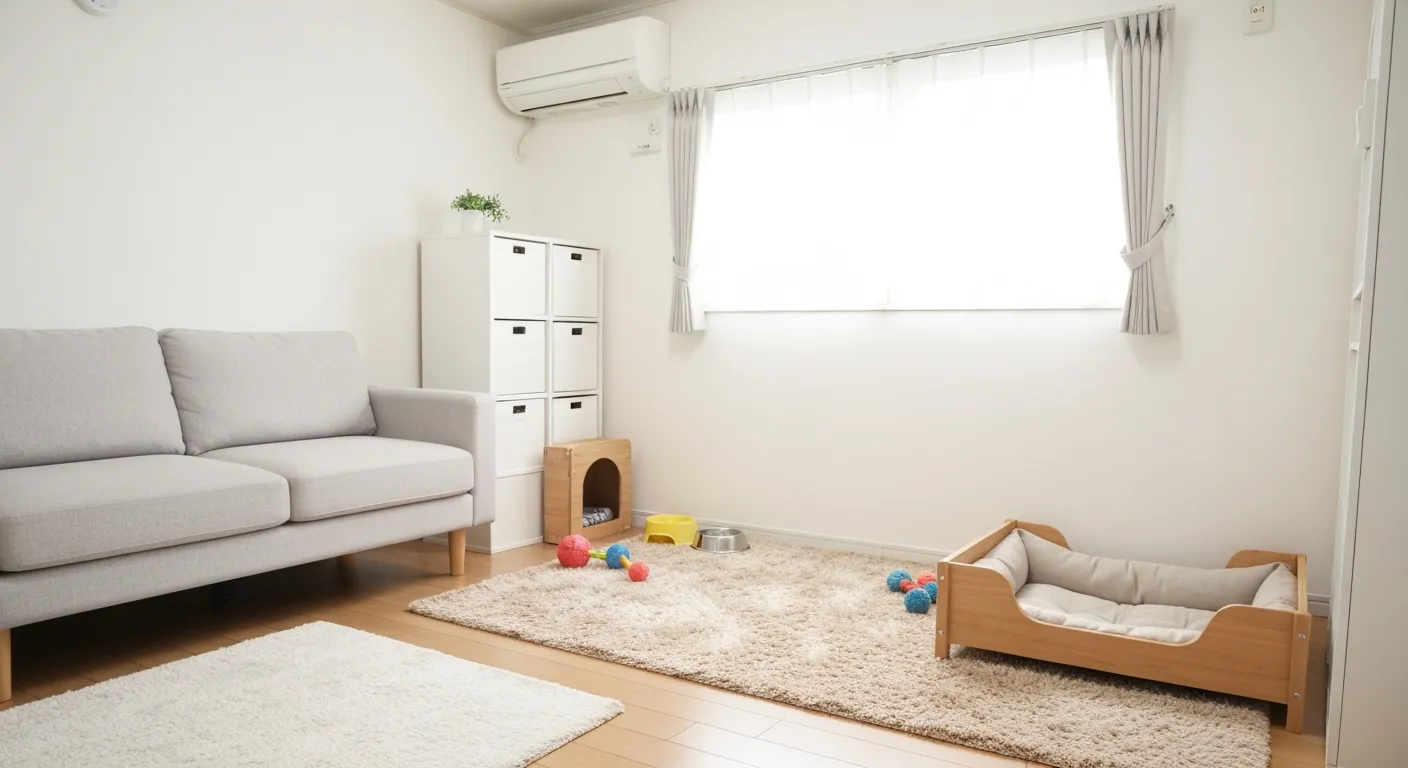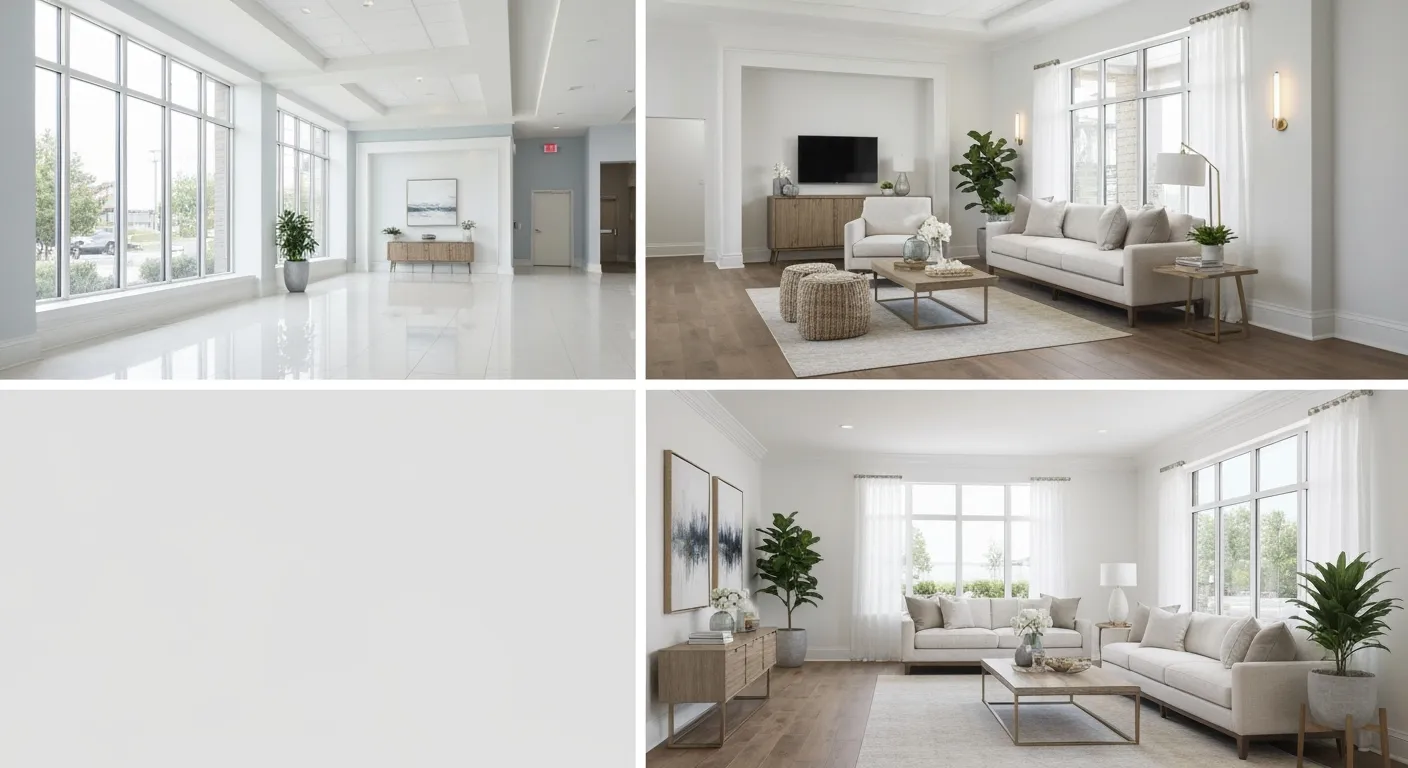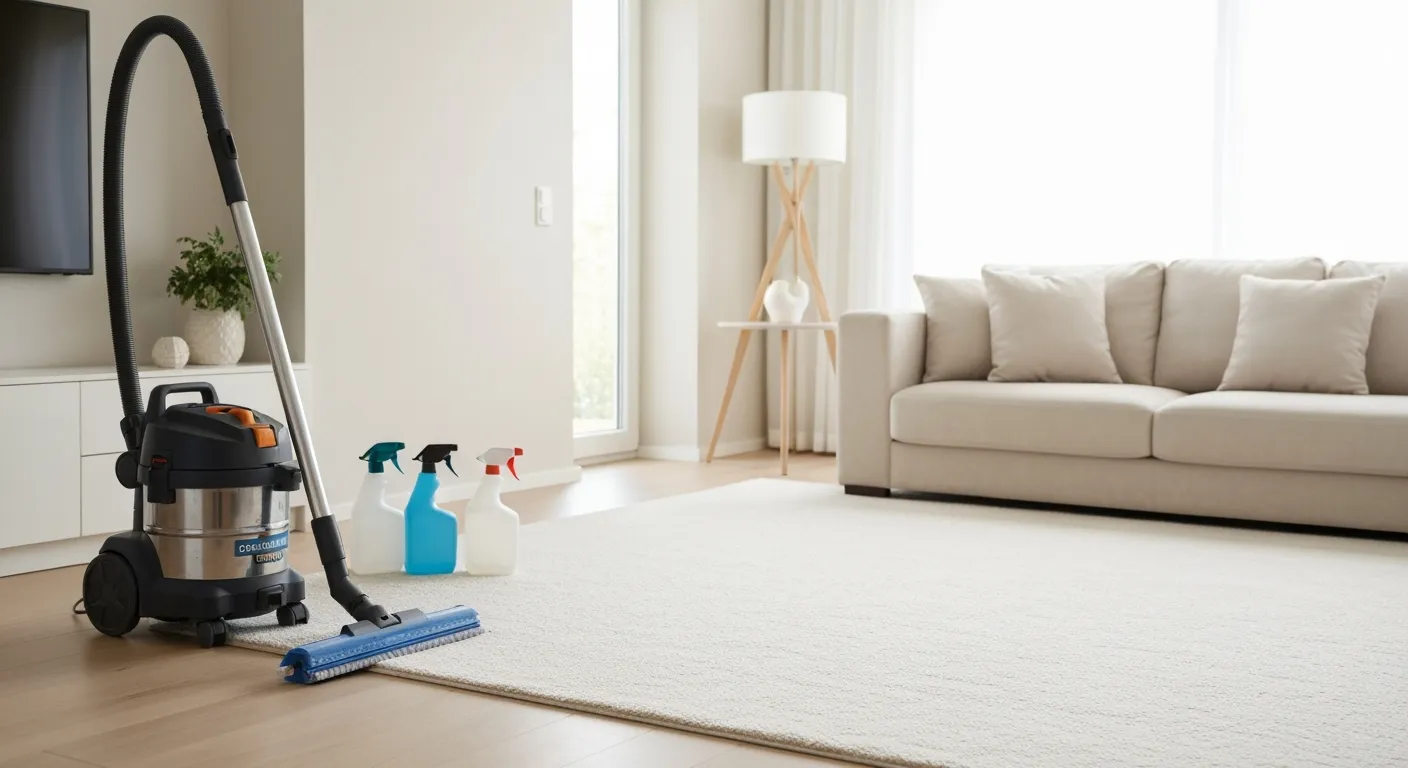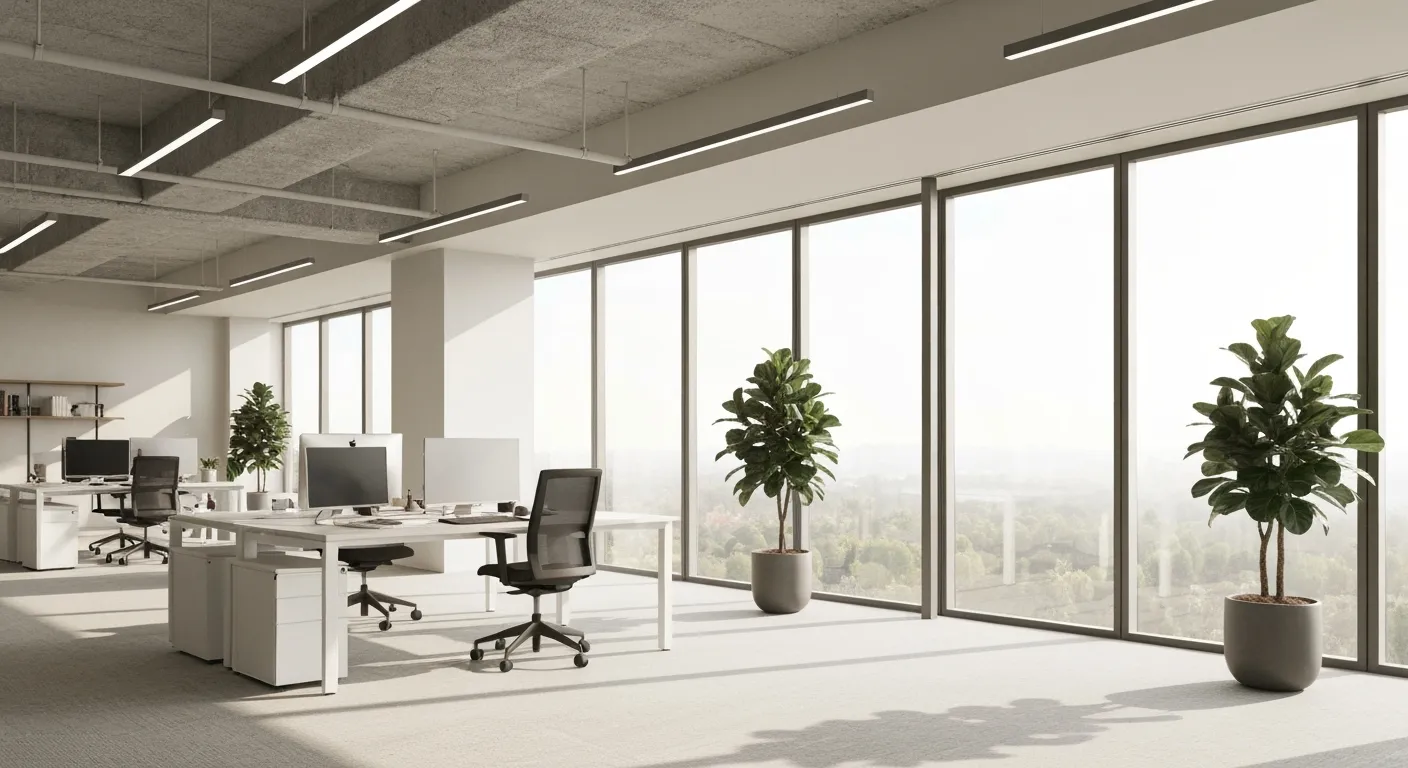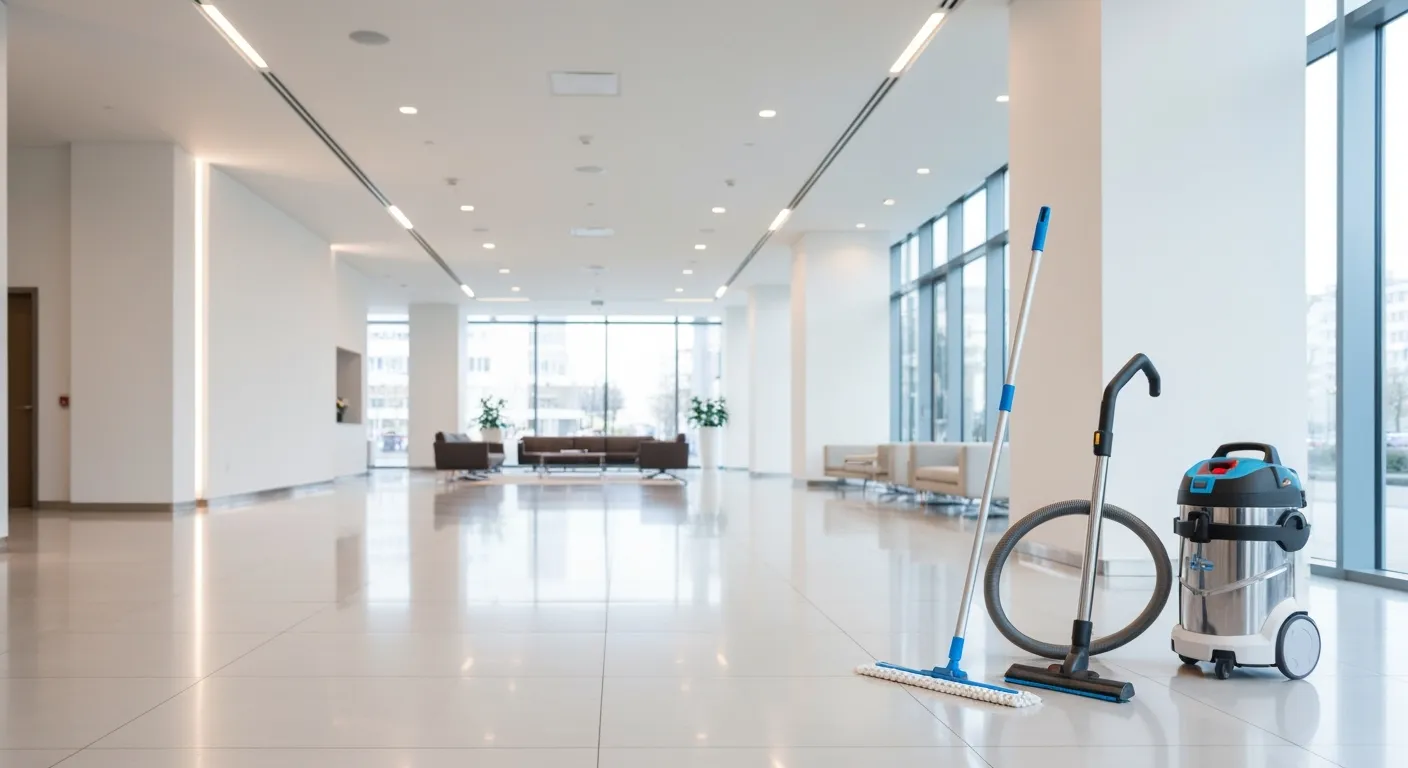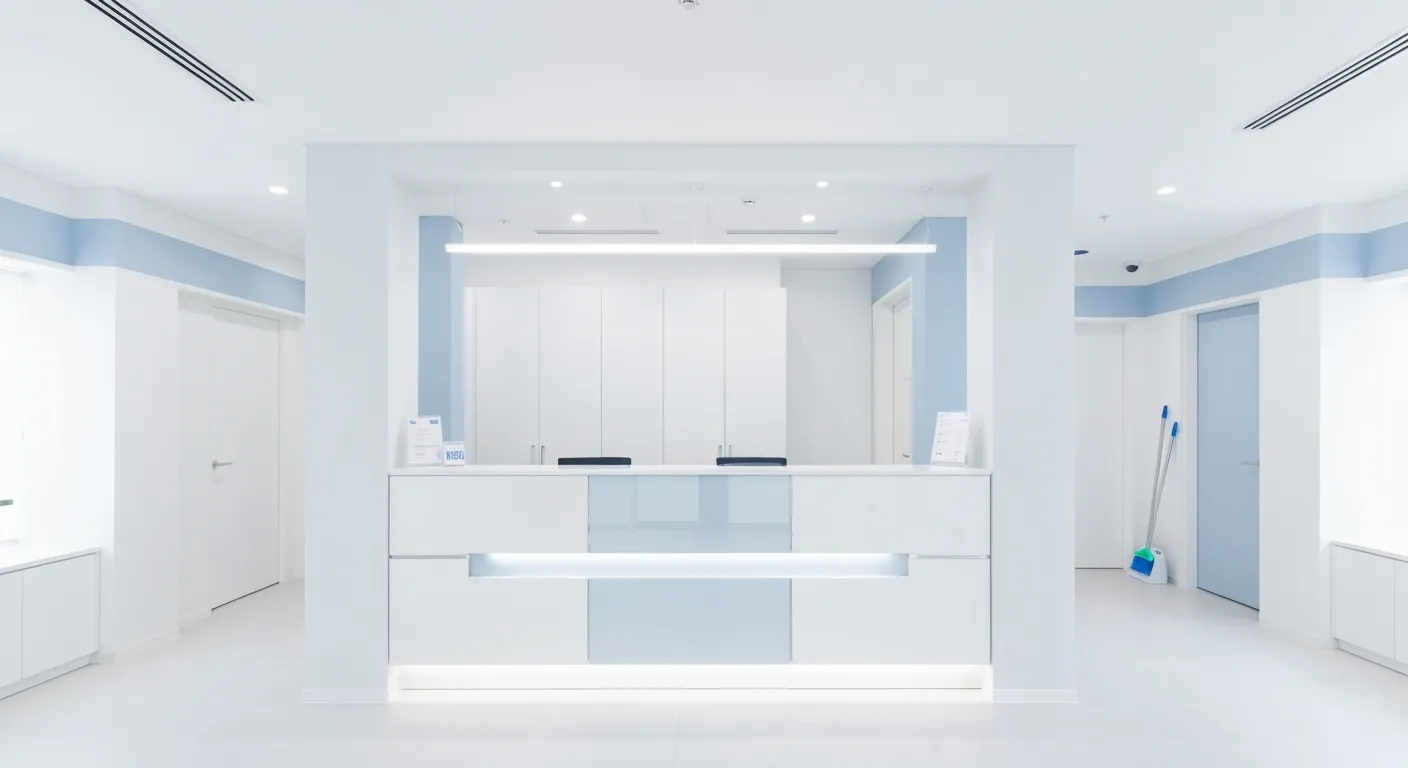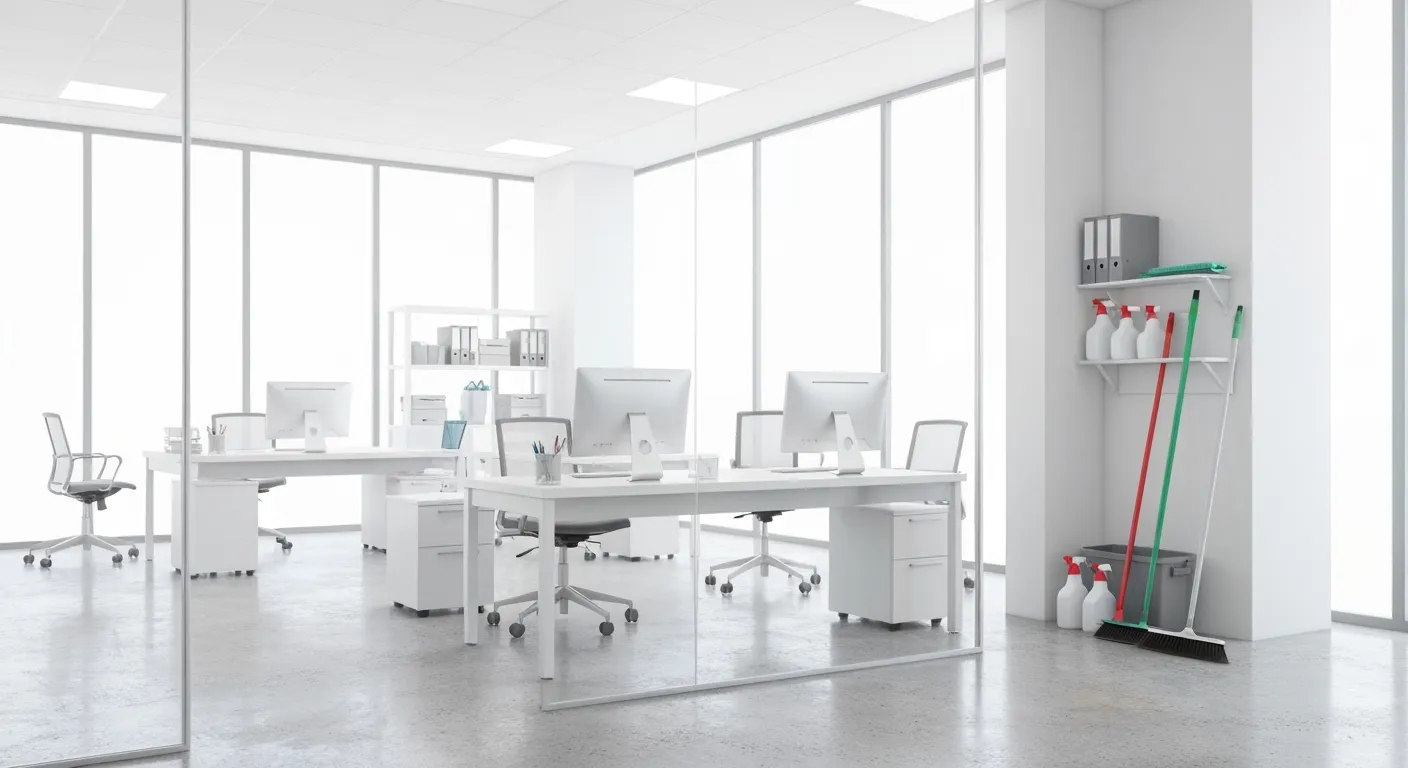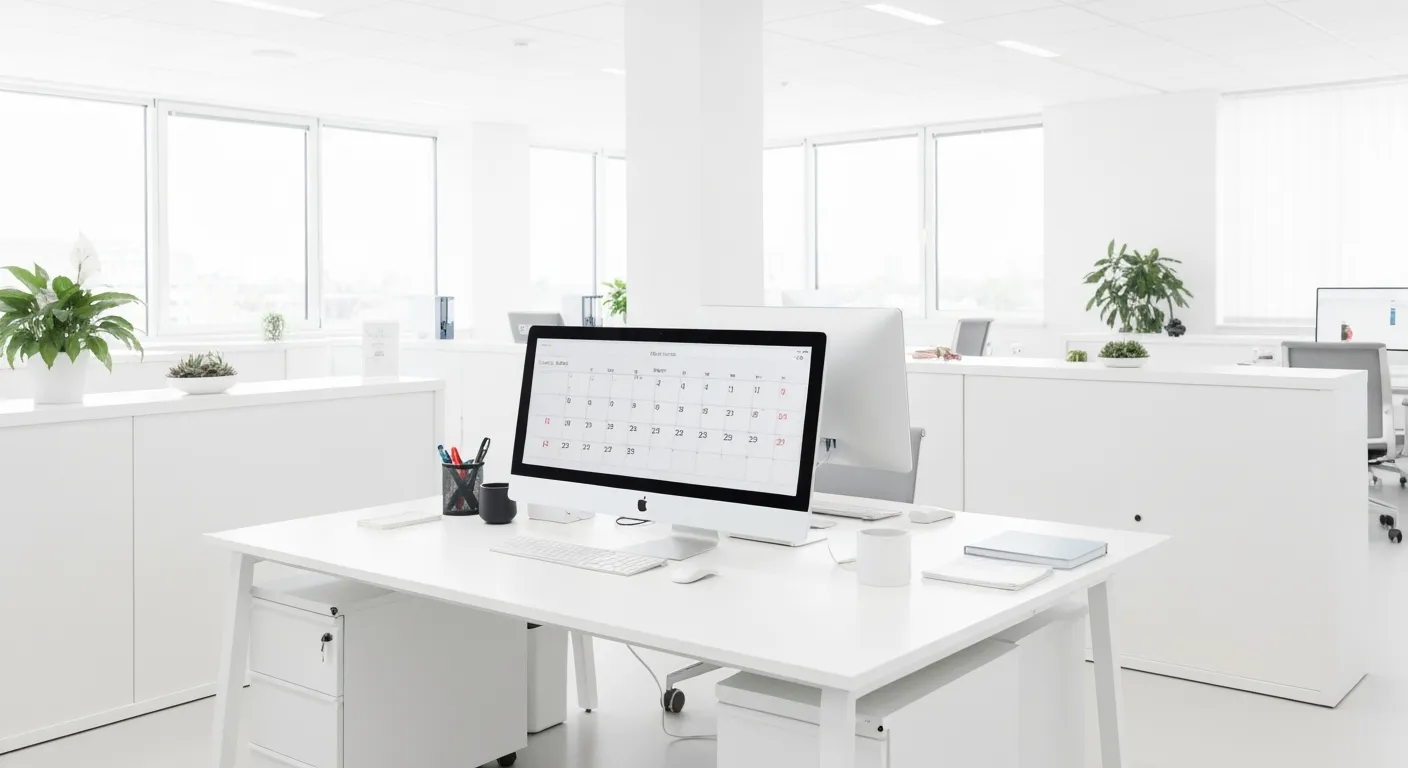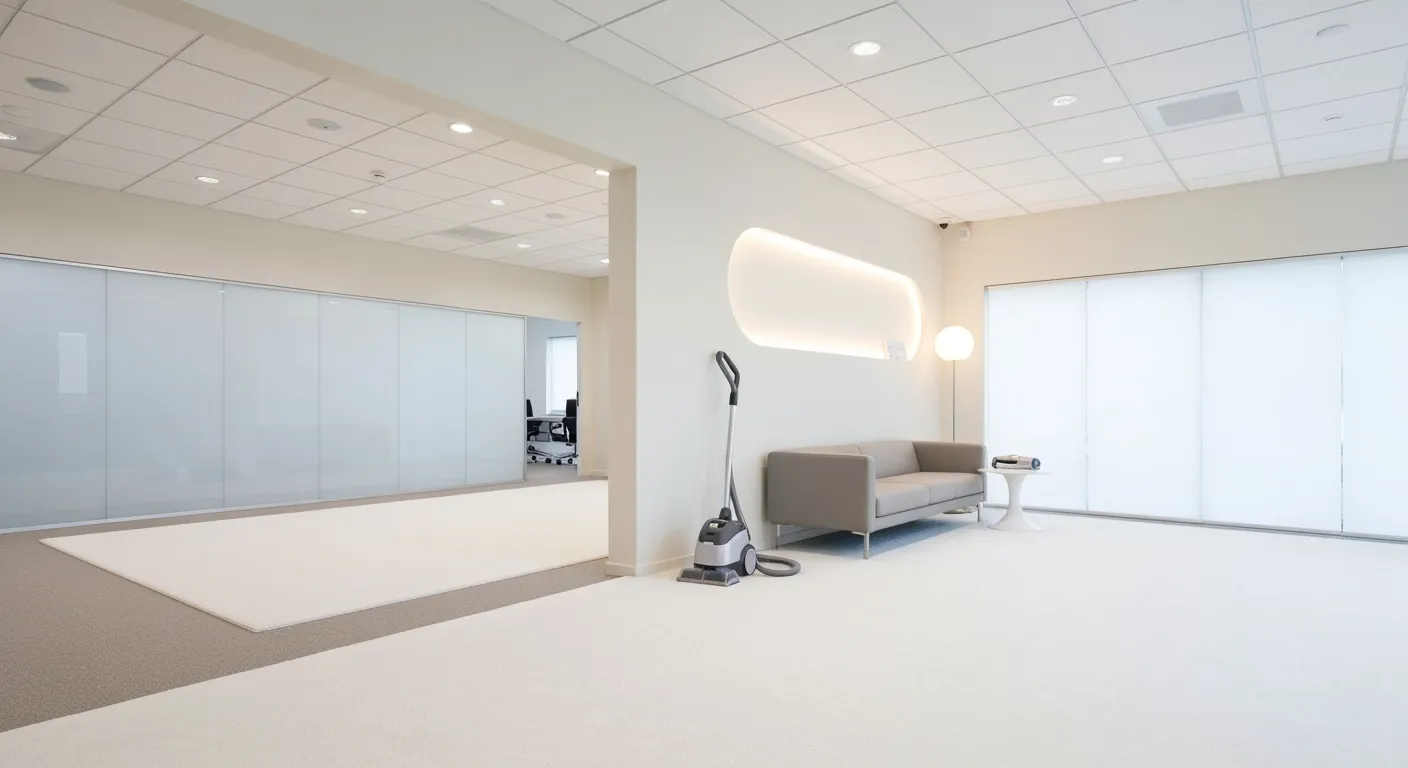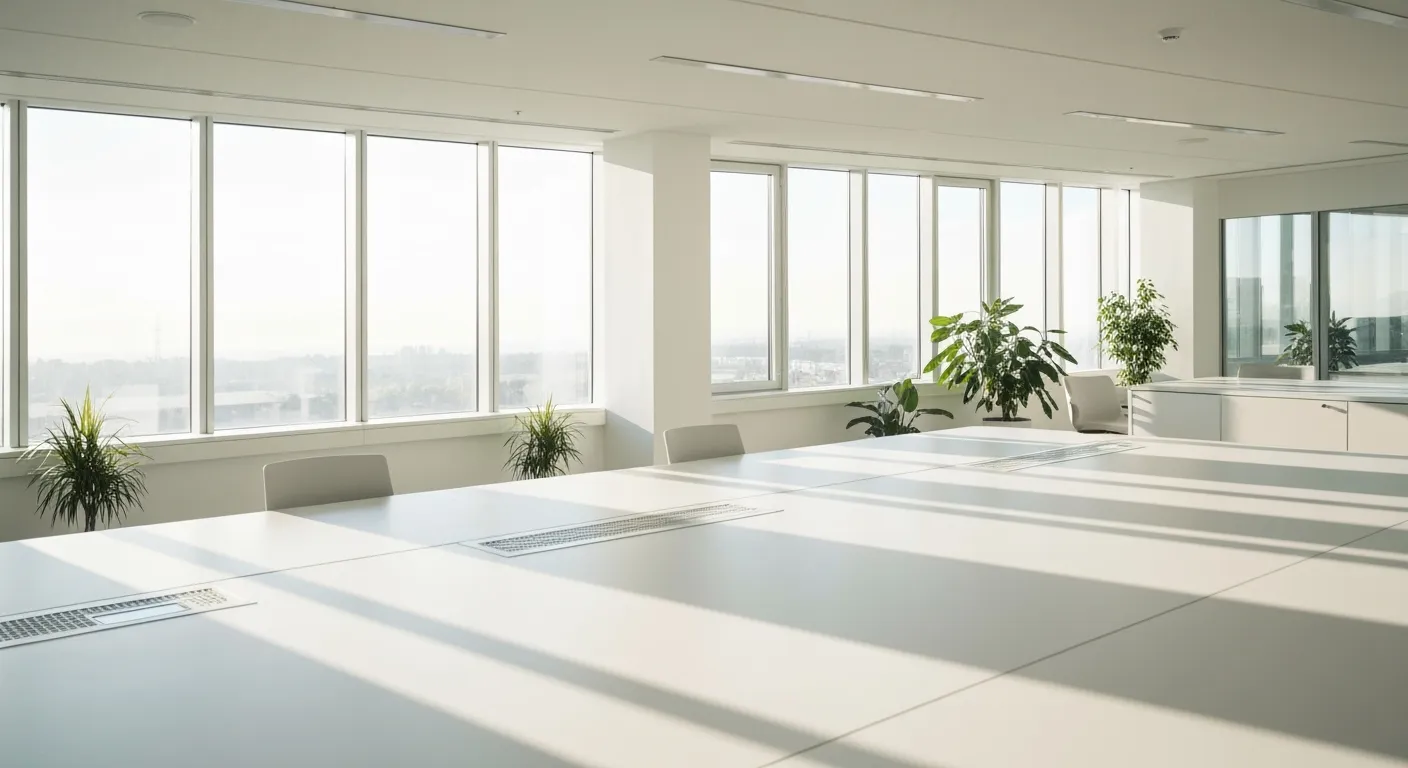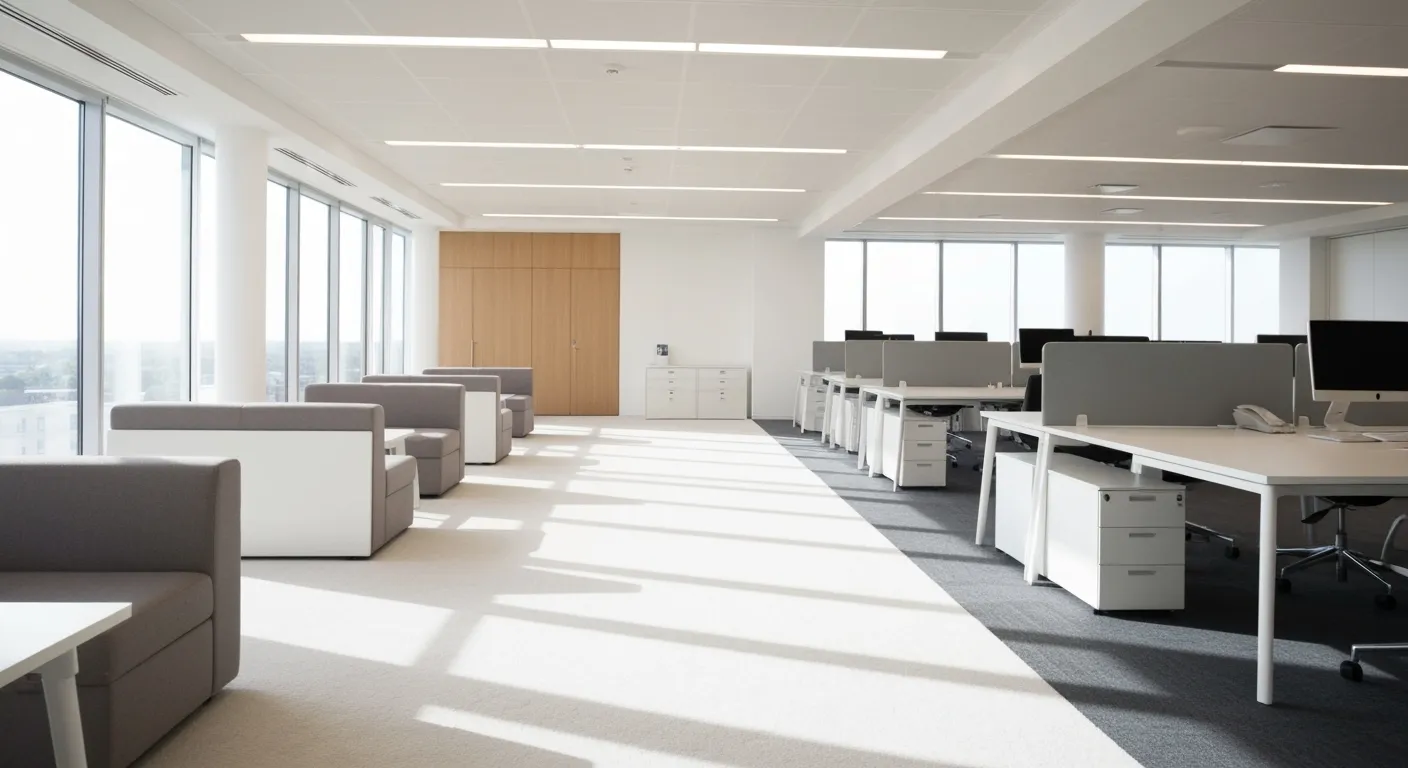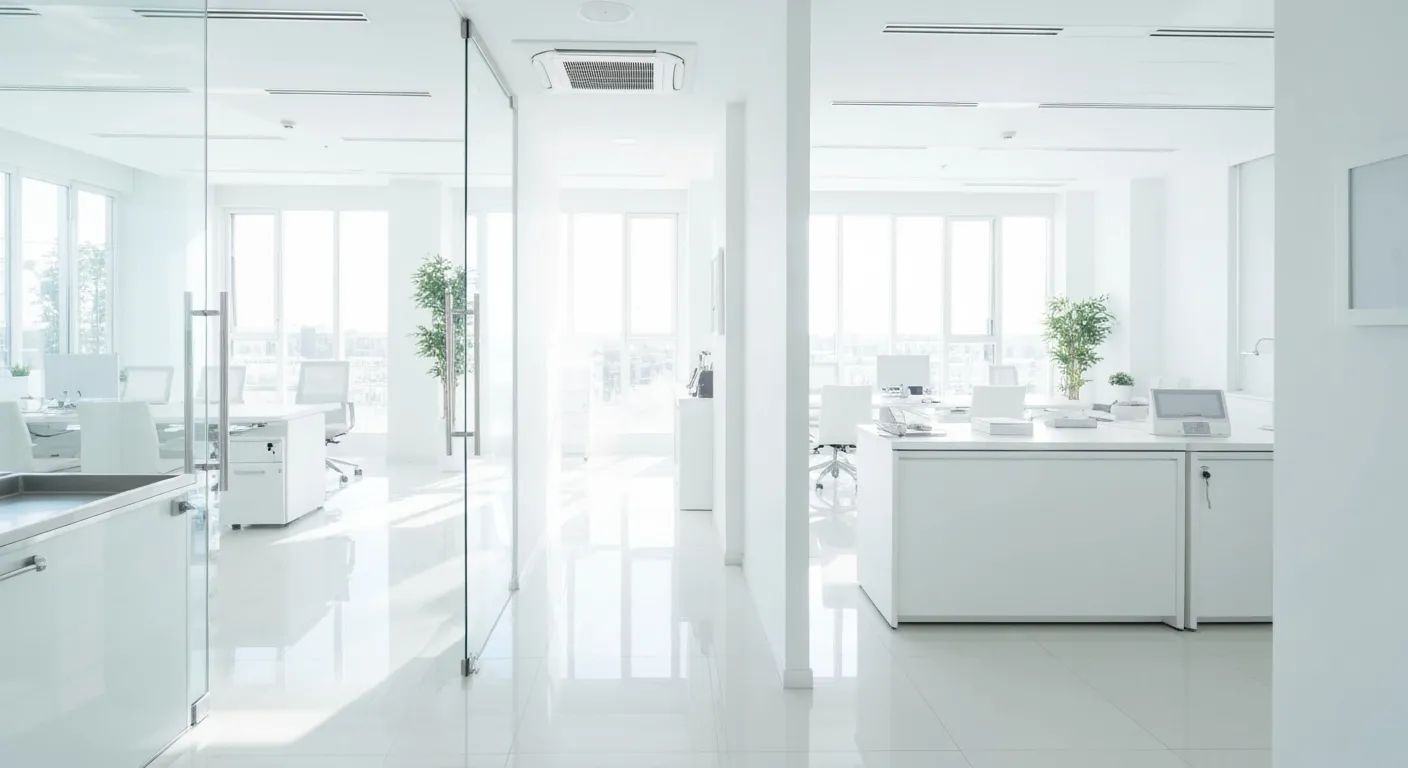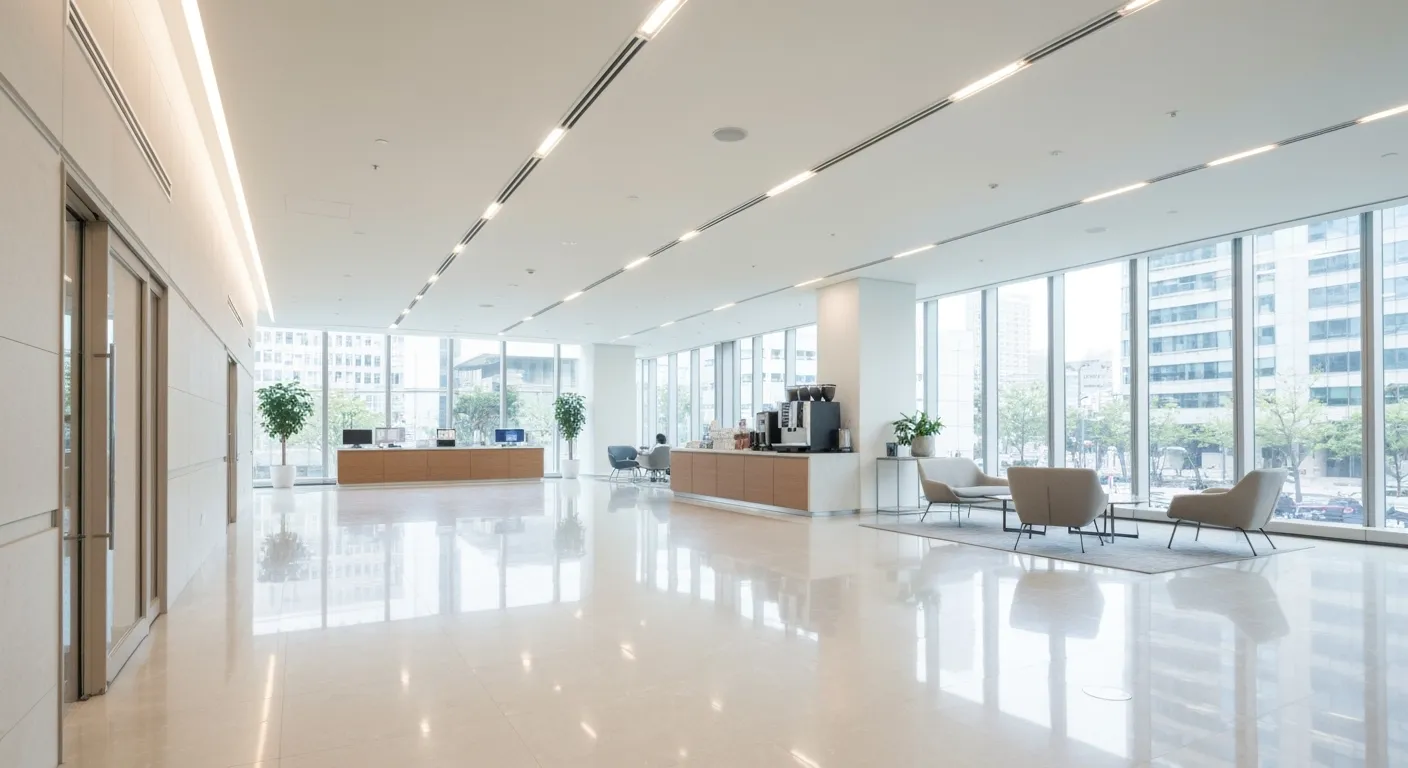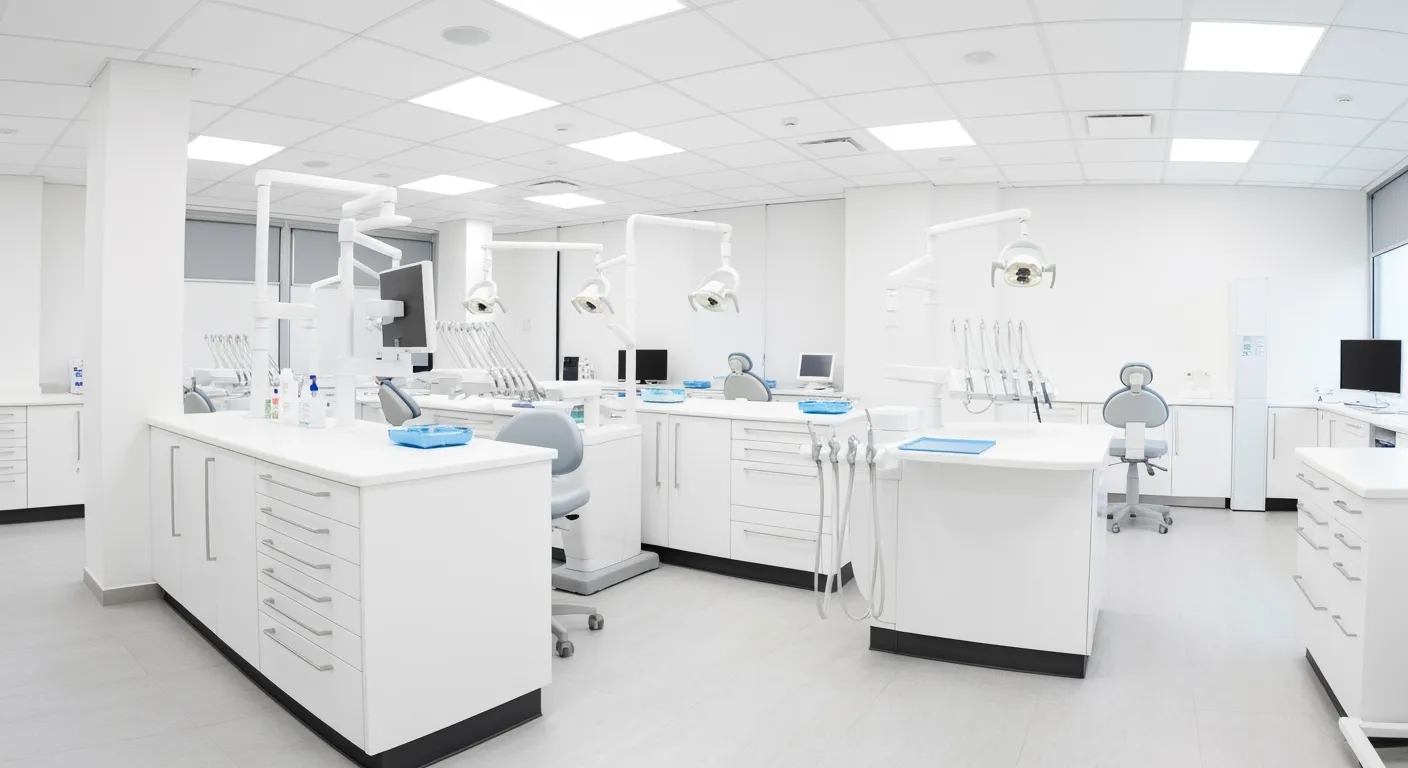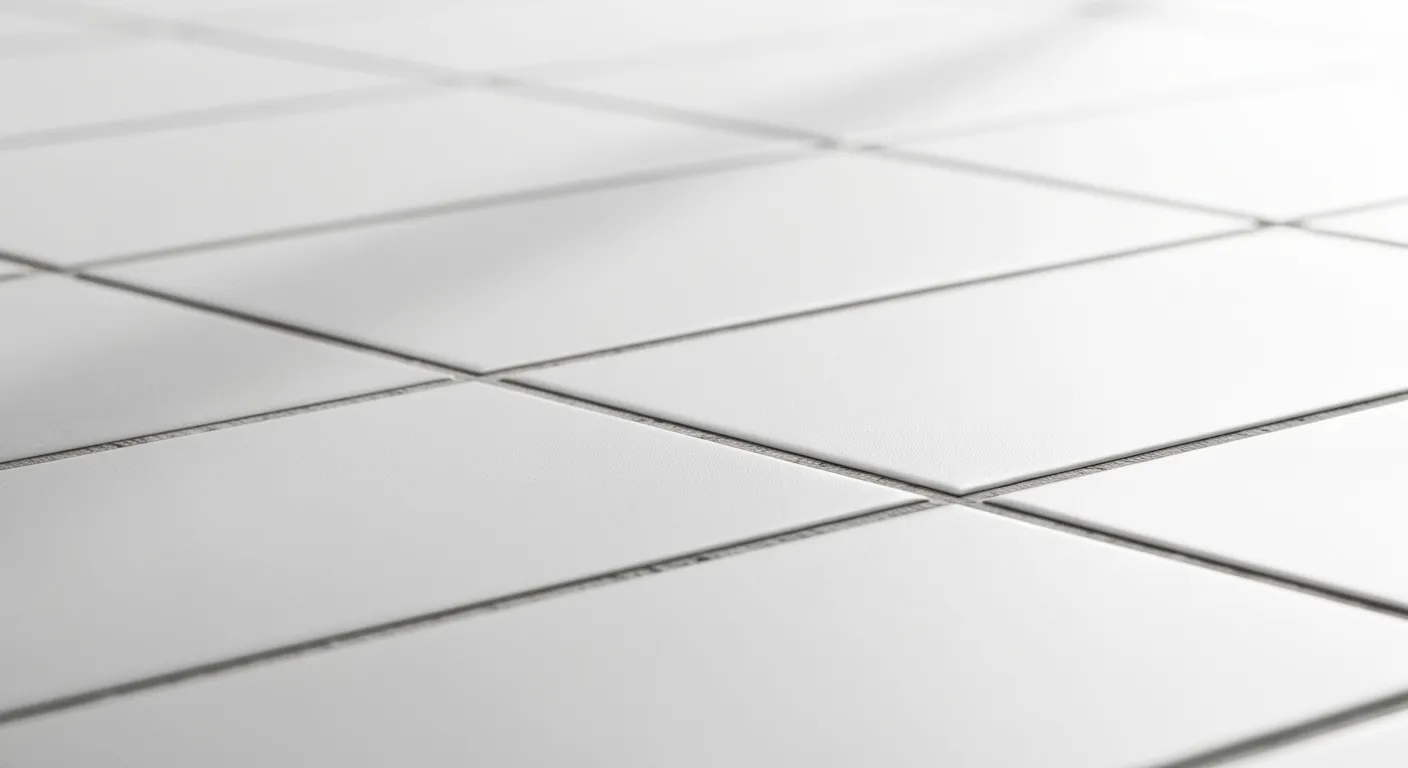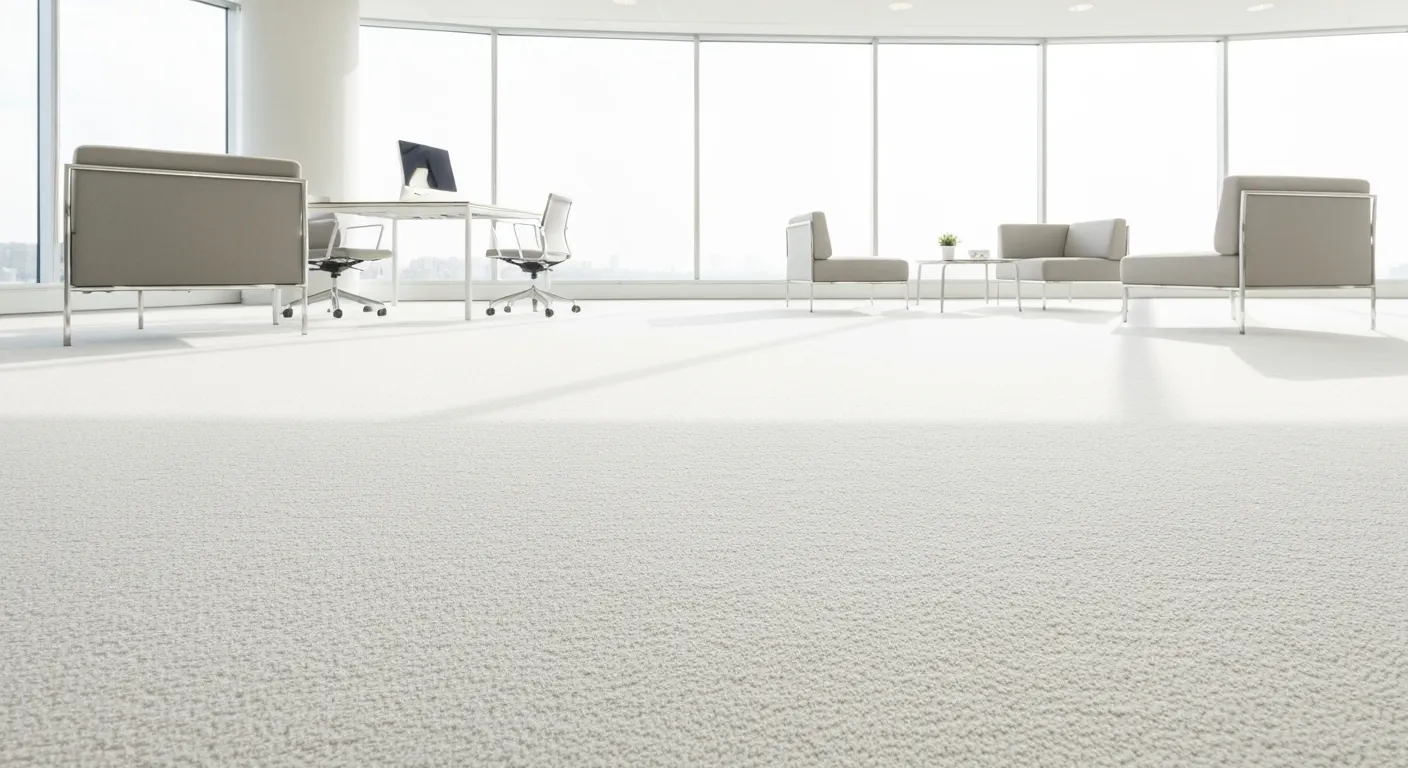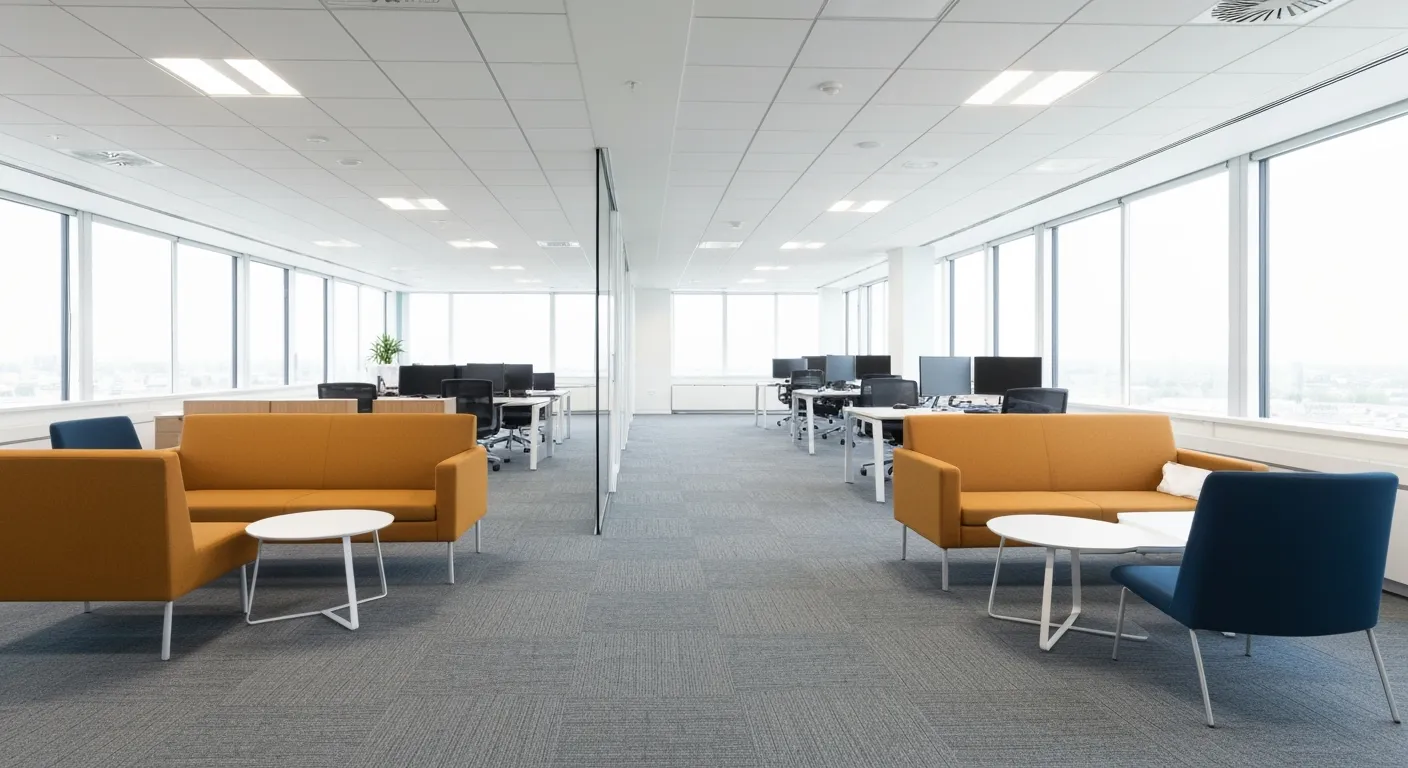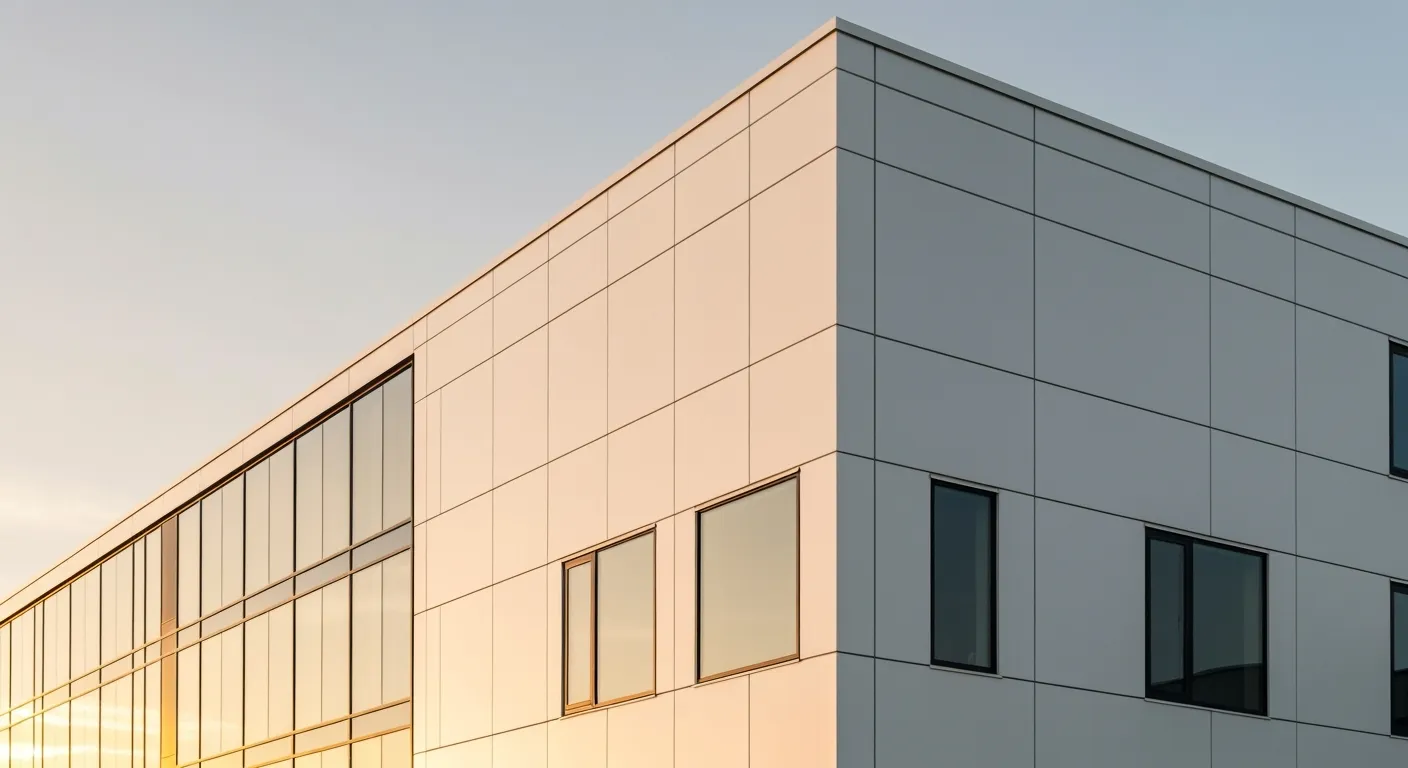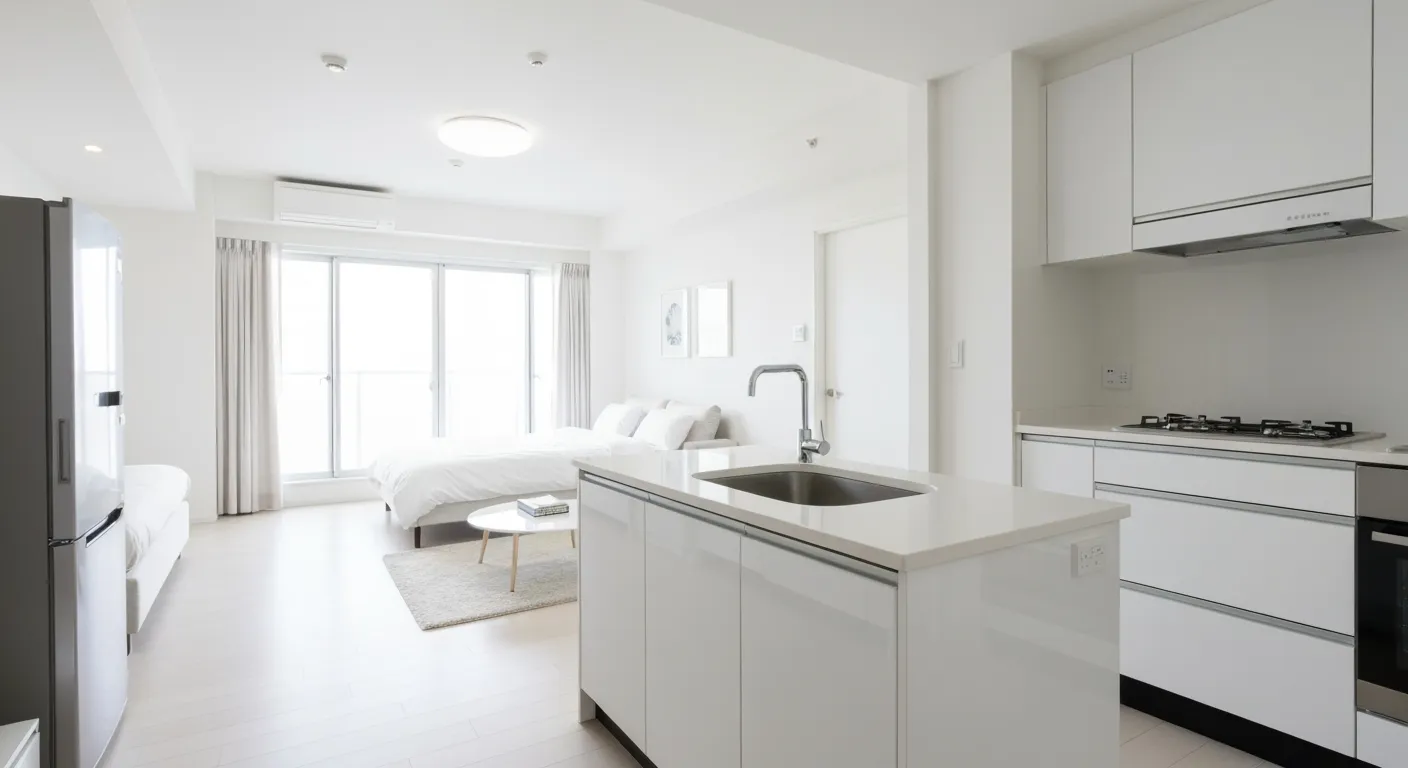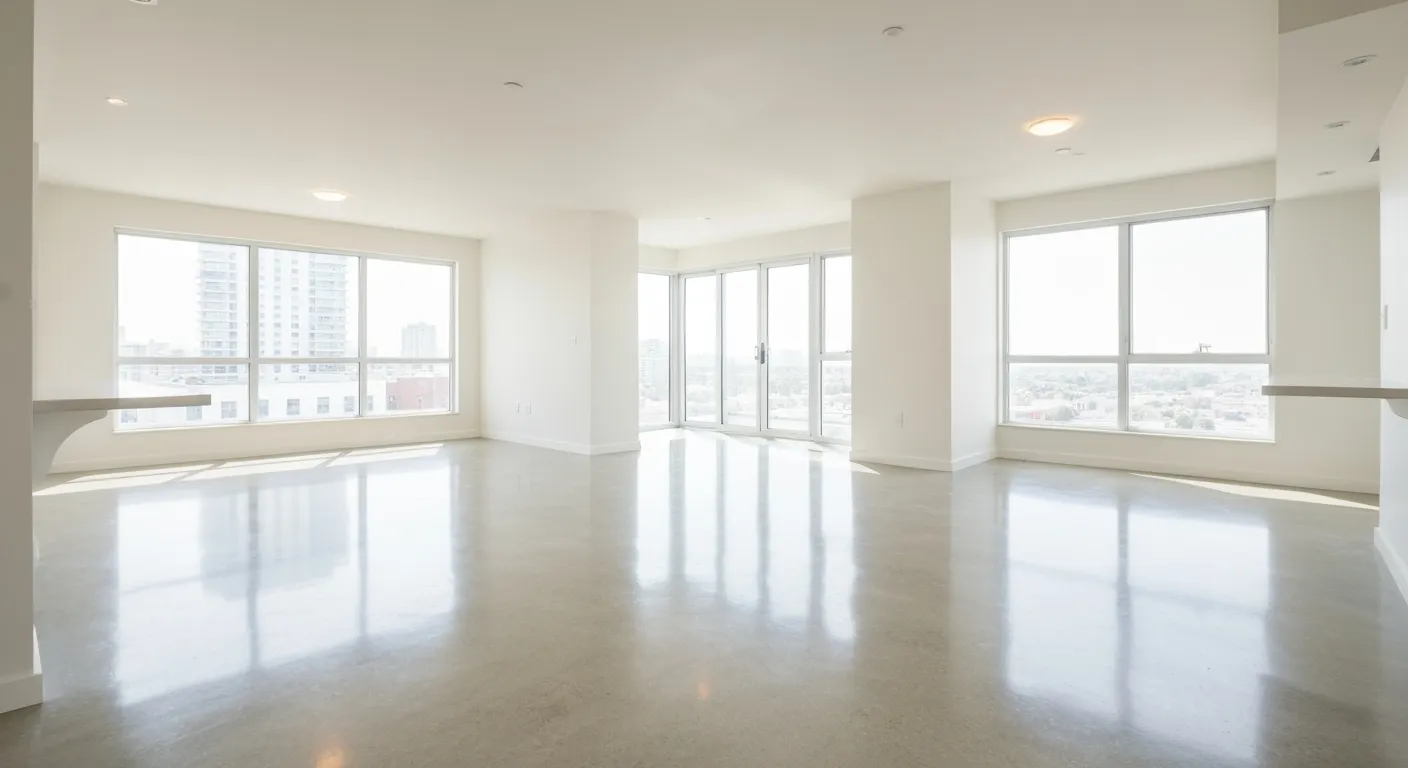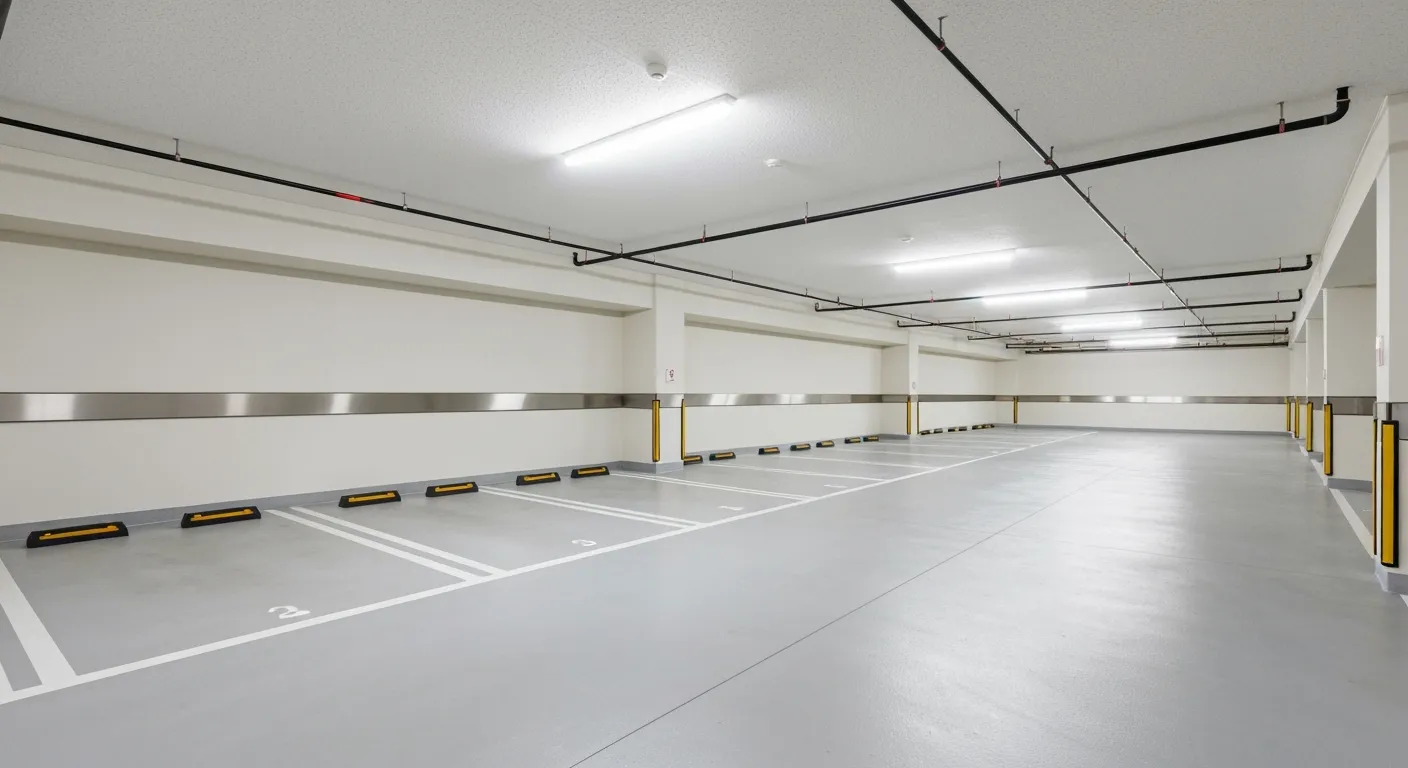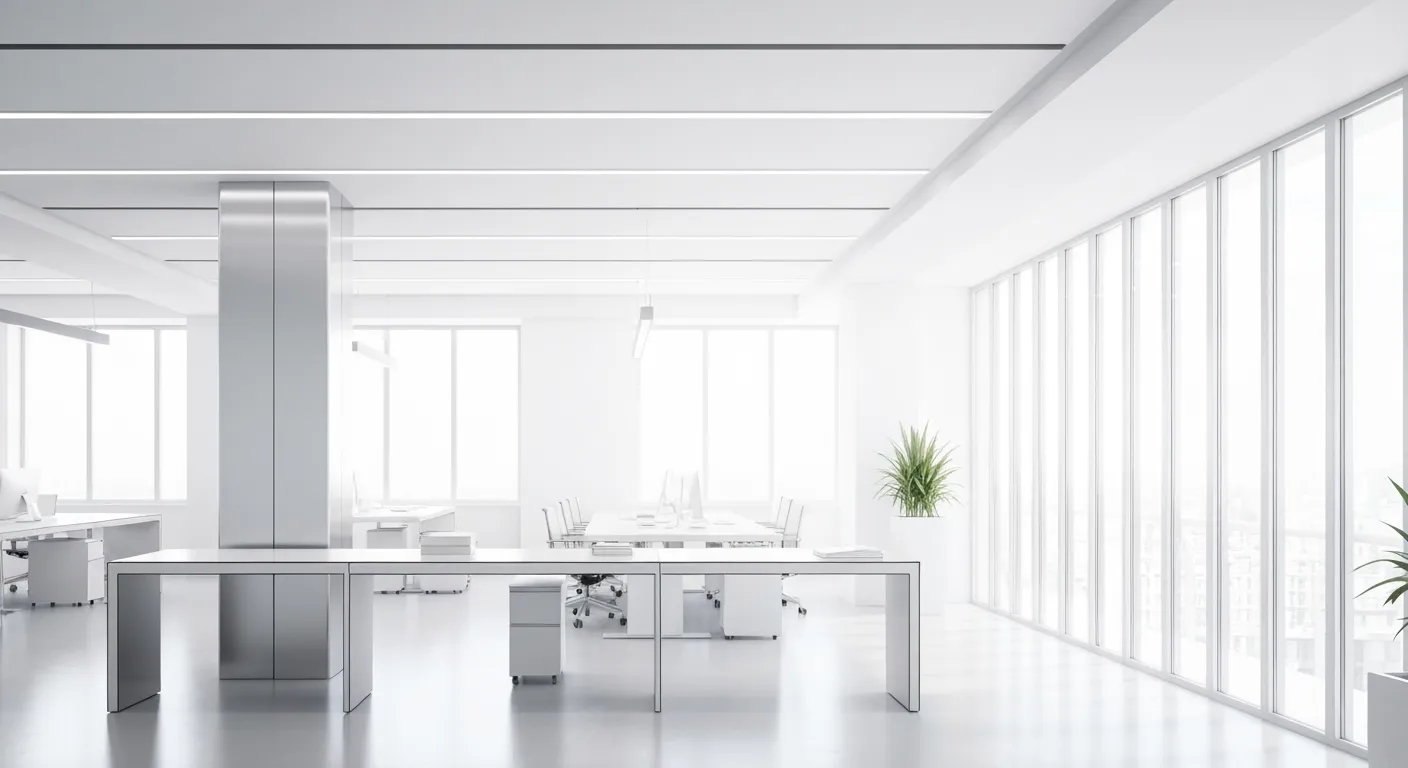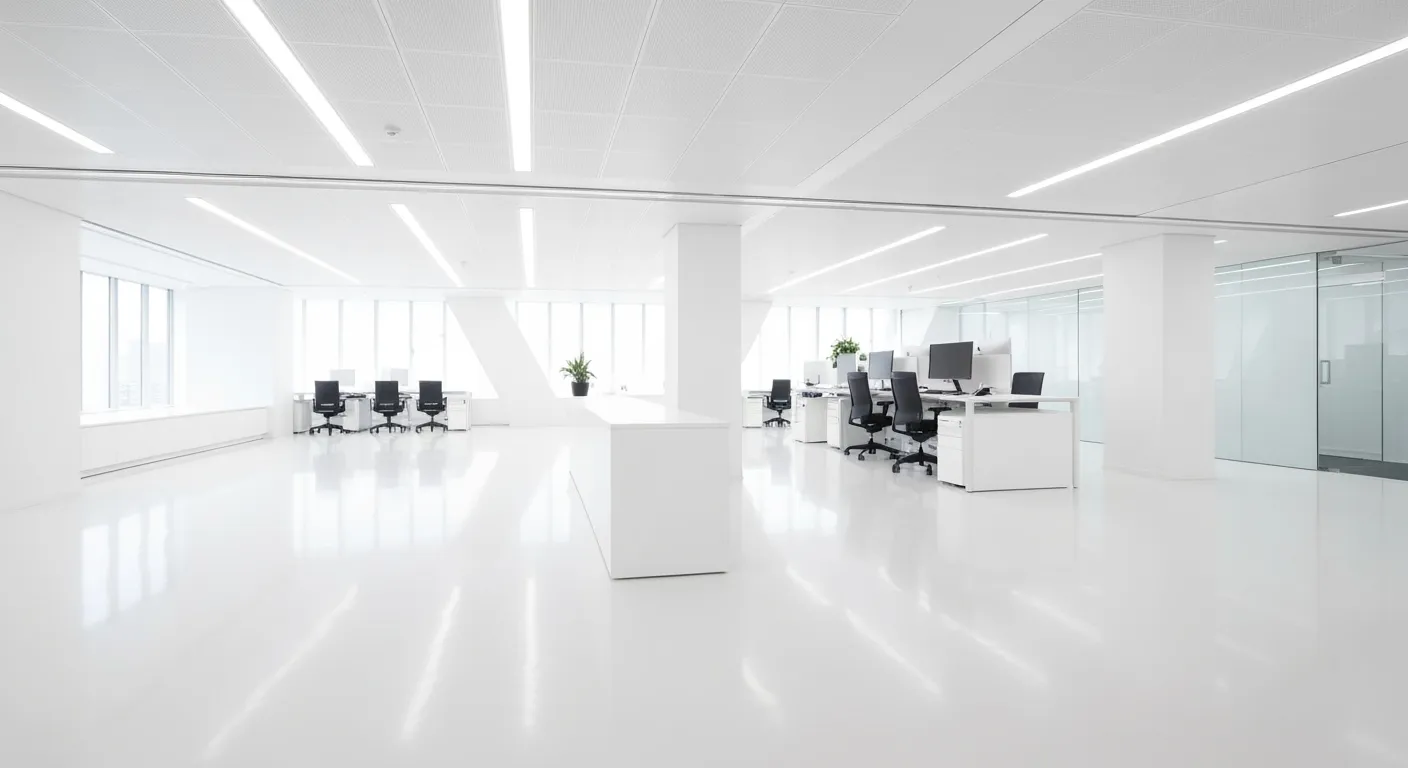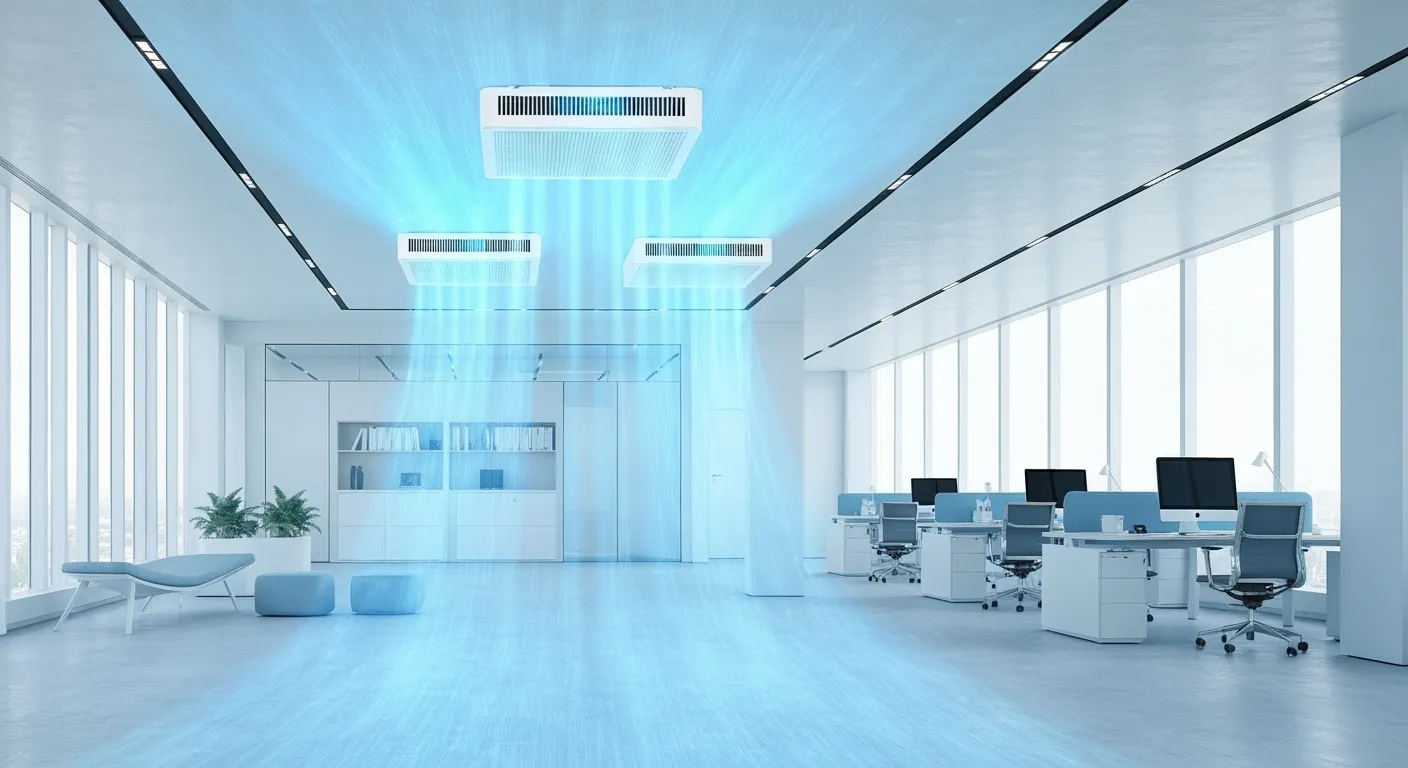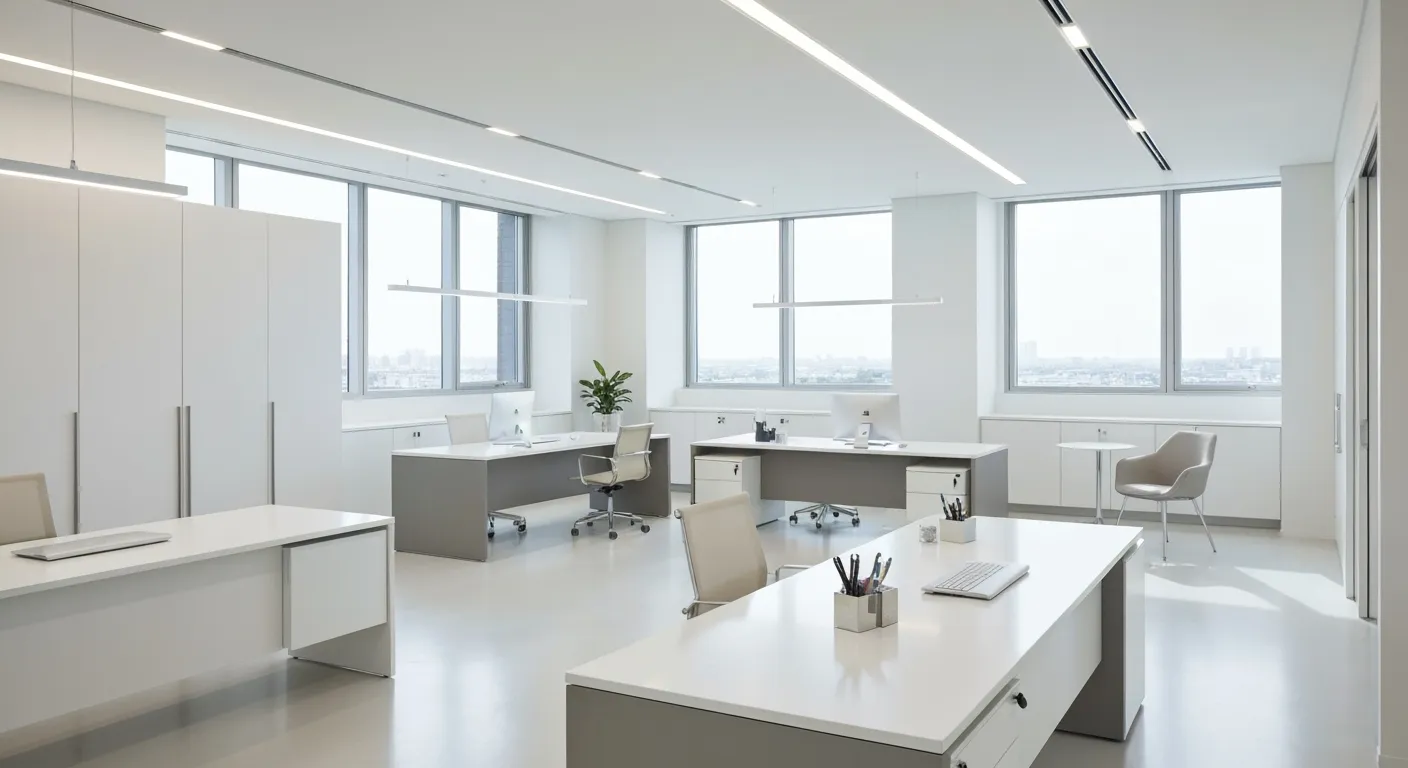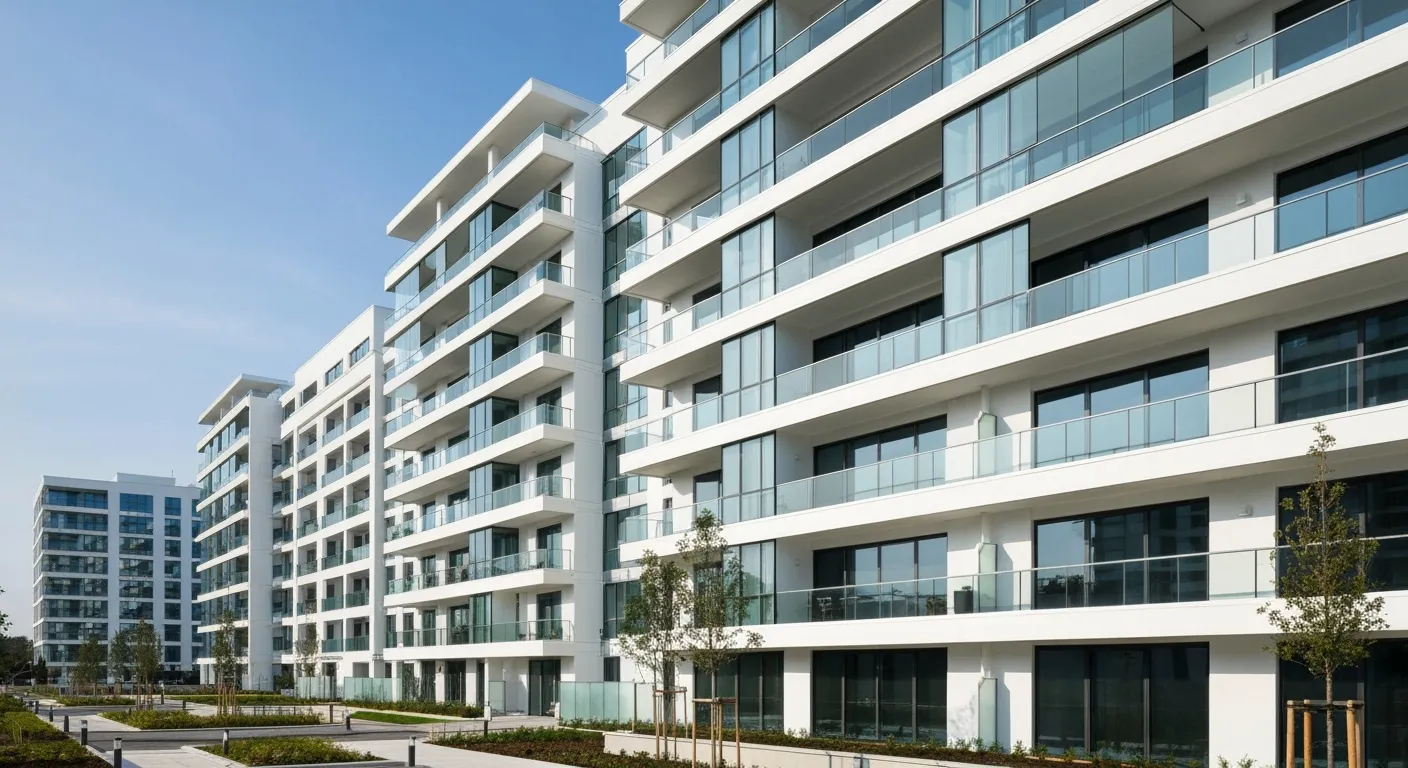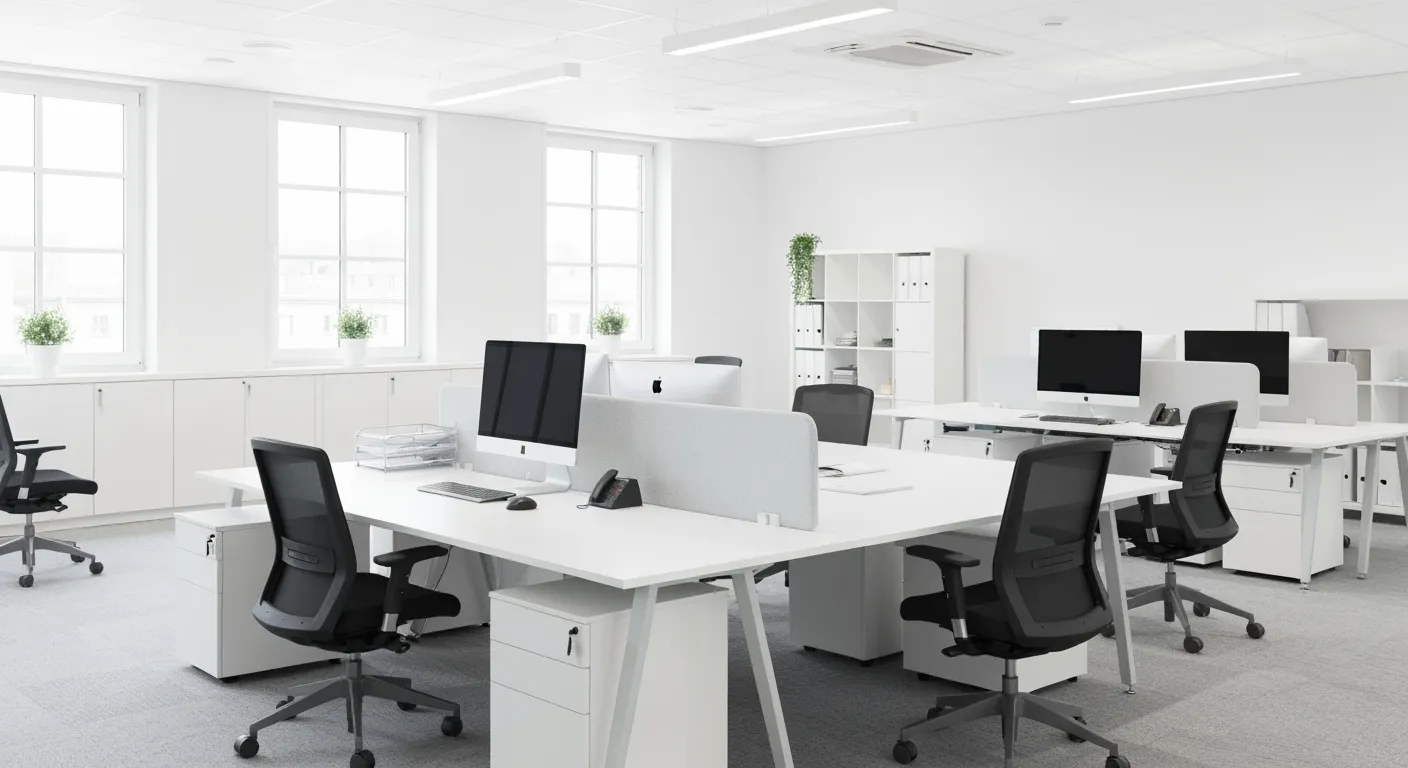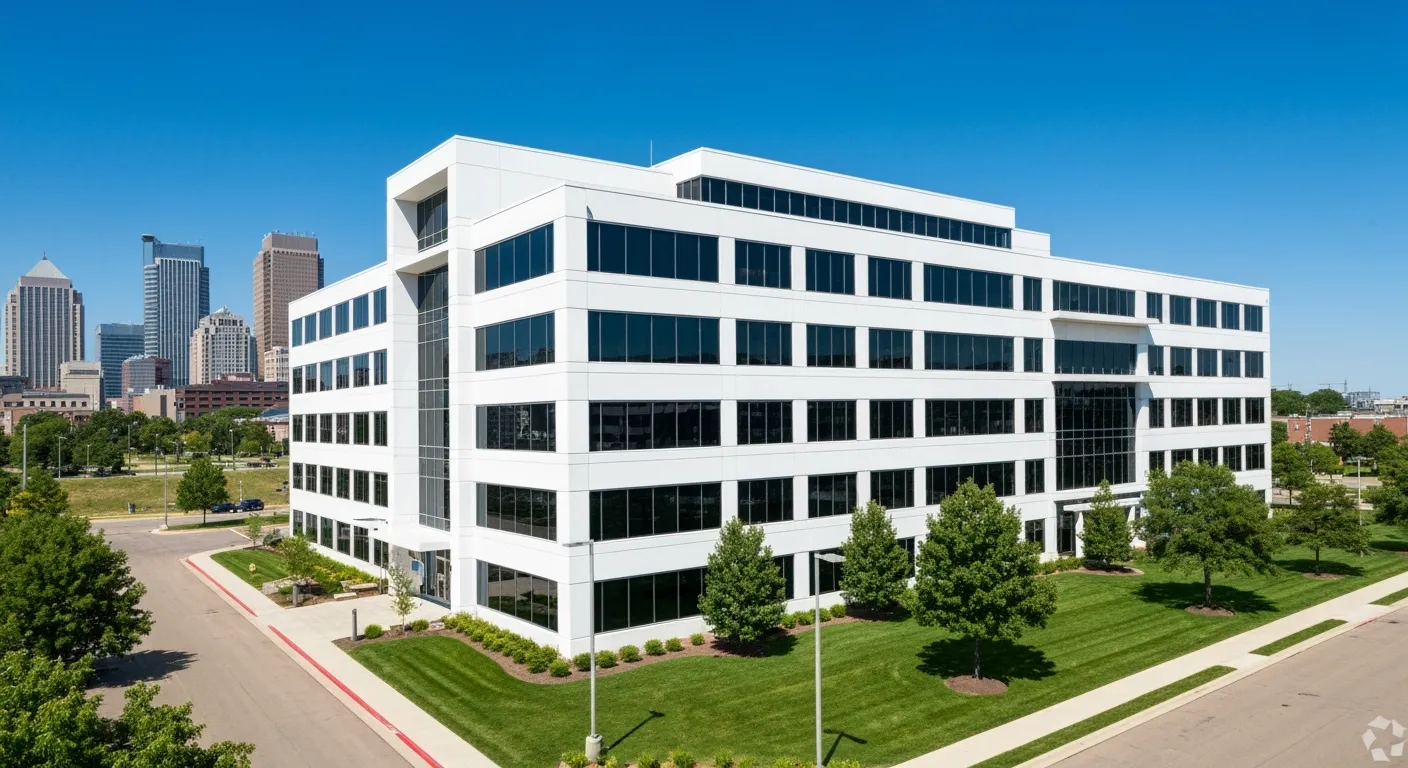Apartment and Condominium Turn Cleaning: What You Need to Know

Understanding the Importance of Turn Cleaning
Turnover cleaning is a critical process in rental property management that ensures apartments and condominiums are pristine, safe, and tenant-ready between occupancies. This article explores the comprehensive steps, best practices, and essential techniques to efficiently prepare rental units for new tenants, improving tenant satisfaction, reducing vacancy time, and preserving property value.
Why Proper Turnover Cleaning Matters in Rental Properties

Why is proper turnover cleaning important for rental properties?
Thorough cleaning and maintenance during the turnover period are essential to prepare a rental unit for new tenants. It involves detailed cleaning, repairs, and inspections to ensure the property is in top condition.
A deep cleaning helps eliminate dirt, stains, and potential health hazards that routine cleaning often misses. This includes scrubbing kitchen and bathroom surfaces, disinfecting appliances, and thoroughly cleaning floors, walls, and windows. Addressing these areas ensures the apartment looks fresh and feels inviting.
Employing professional cleaning services guarantees high standards of hygiene, which is particularly vital during health concerns such as COVID-19. It also saves landlords time and effort, allowing for quicker preparation of the property. Moreover, professional cleaners are experienced in identifying damages or issues that need repair, helping to maintain the property's overall condition.
Legal and lease agreement compliance is another reason for thorough turnover cleaning. Proper sanitation reduces the risk of disputes over security deposits related to cleanliness and damage. Additionally, a well-maintained property attracts tenants faster, reducing vacancy periods and ensuring steady income.
Ultimately, detailed turnover cleaning preserves the property's value, promotes tenant satisfaction, and facilitates smoother tenant transitions. Clean and well-kept apartments not only look appealing but also foster good landlord-tenant relationships, benefiting all parties involved.
| Task Type | Focus Areas | Purpose |
|---|---|---|
| Deep cleaning | Kitchen, bathroom, floors, walls, appliances | Health, appeal, readiness |
| Repairs and maintenance | Patching holes, fixing leaks, replacing filters or carpets | Property preservation and safety |
| Inspection | Checking for damages, functionality, security features | Compliance and proactive maintenance |
| Final touches | Patching, painting, detailed cleaning | Aesthetic appeal and quick turnover |
Overall, investing in comprehensive turnover cleaning ensures properties remain in excellent condition, attracting quality tenants and reducing long-term costs.
The Comprehensive Process of Apartment and Condominium Turnover Cleaning
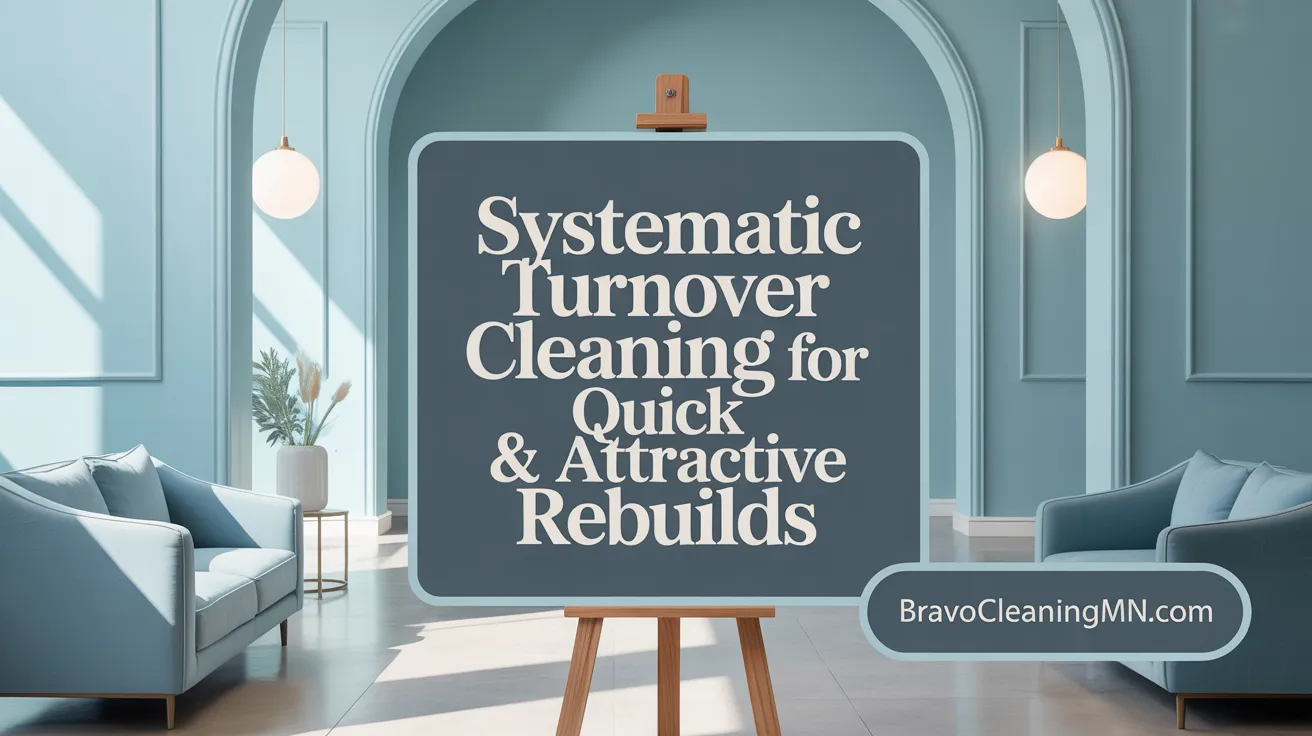
What is the process of apartment and condominium turnover cleaning?
Apartment and condo turnover cleaning is the essential process that prepares a rental unit for new tenants after the previous occupants move out. It ensures the space is clean, safe, and attractive to prospective renters, helping landlords minimize vacancy time.
The process begins with an initial walk-through inspection. Landlords or property managers document the current condition of the unit, taking detailed photos and videos to identify damages or issues. This documentation helps in determining repair responsibilities and possibly claiming damages from previous tenants.
Following the inspection, repairs and maintenance tasks are performed. These can include replacing air filters, fixing leaks, patching holes in walls, repainting surfaces, and inspecting appliances to ensure they function properly. Larger renovations may involve replacing carpets or fixtures, depending on their condition.
Once repairs are complete, the cleaning phase starts. Deep cleaning encompasses a wide range of tasks: dusting high surfaces to remove cobwebs, vacuuming carpets, mopping floors with appropriate solutions, and sanitizing all surfaces. Specific attention is paid to heavily used areas such as kitchens and bathrooms, where appliances are cleaned internally and externally, sinks disinfected, and fixtures polished.
Walls are patched and painted as needed to improve appearance and freshness. Carpet care may involve professional shampooing or replacement if excessively worn or stained. Additionally, for security reasons, locks are typically changed to prevent previous tenants from retaining access.
Throughout this process, a detailed cleaning checklist ensures no area is overlooked. Tasks include cleaning windows and window treatments, wiping down cabinets, fixtures, and appliances, and removing any debris or marks left behind.
Many property managers prefer to hire professional cleaning companies, especially for high-turnover listings like vacation rentals or Airbnb properties, where clean standards need to be higher. Using a systematic approach and professional services guarantees the unit is thoroughly prepared, ultimately reducing vacancy periods and attracting quality tenants.
In summary, apartment turnover cleaning is a comprehensive, multi-step process that involves inspection, repairs, cleaning, and security updates to make the property appealing and ready for its next residents.
Essential Steps in Cleaning Rental Units Between Tenants
What steps are involved in cleaning rental units between tenants?
Preparing a rental unit for new tenants is a detailed process that begins with an initial inspection. Landlords or property managers conduct a walk-through to identify damages, potential repairs, and signs of wear and tear. Documenting these findings with photos and videos helps establish responsibility and supports damage claims.
Once damages are noted, the next step is to review previous move-in records for reference and verify that tenants have discontinued their utility services, such as electricity, gas, and water. This is crucial to ensure the property is unoccupied and ready for cleaning.
Handling abandoned belongings is an important legal step. Landlords must notify tenants in writing about their left items, providing a deadline—usually 30 days—for retrieval. After this period, any remaining items can be legally considered abandoned, allowing the landlord to dispose of or sell them.
Before cleaning, all necessary repairs should be performed. These include replacing air filters, fixing leaks, patching holes in walls, applying fresh paint, and checking appliances for functionality. Addressing these issues upfront ensures the unit is in good condition for the next tenants.
Cleaning the unit thoroughly is vital. This involves cleaning all surfaces—kitchen counters, bathroom fixtures, walls, floors, windows, and fixtures—using appropriate cleaners. Special attention should be paid to high-touch areas like light switches, doorhandles, and appliances. Professional cleaning methods, such as carpet shampooing and sanitizing bathrooms, help restore cleanliness.
Part of the cleaning process includes removing trash and debris, ensuring trash cans are emptied, and clutter is cleared out. All garbage should be disposed of properly to prevent odors and pests.
Finally, touch-ups like patching wall holes, repainting scuffed areas, and inspecting doors and locks help make the unit move-in ready. Changing locks enhances security for new tenants.
This comprehensive approach not only maintains the property's condition but also ensures quick turnover and maximizes rental income. Regular and thorough cleaning, combined with prompt repairs, creates a welcoming space for new tenants and minimizes vacancy periods.
Creating and Implementing Effective Turnover Cleaning Checklists
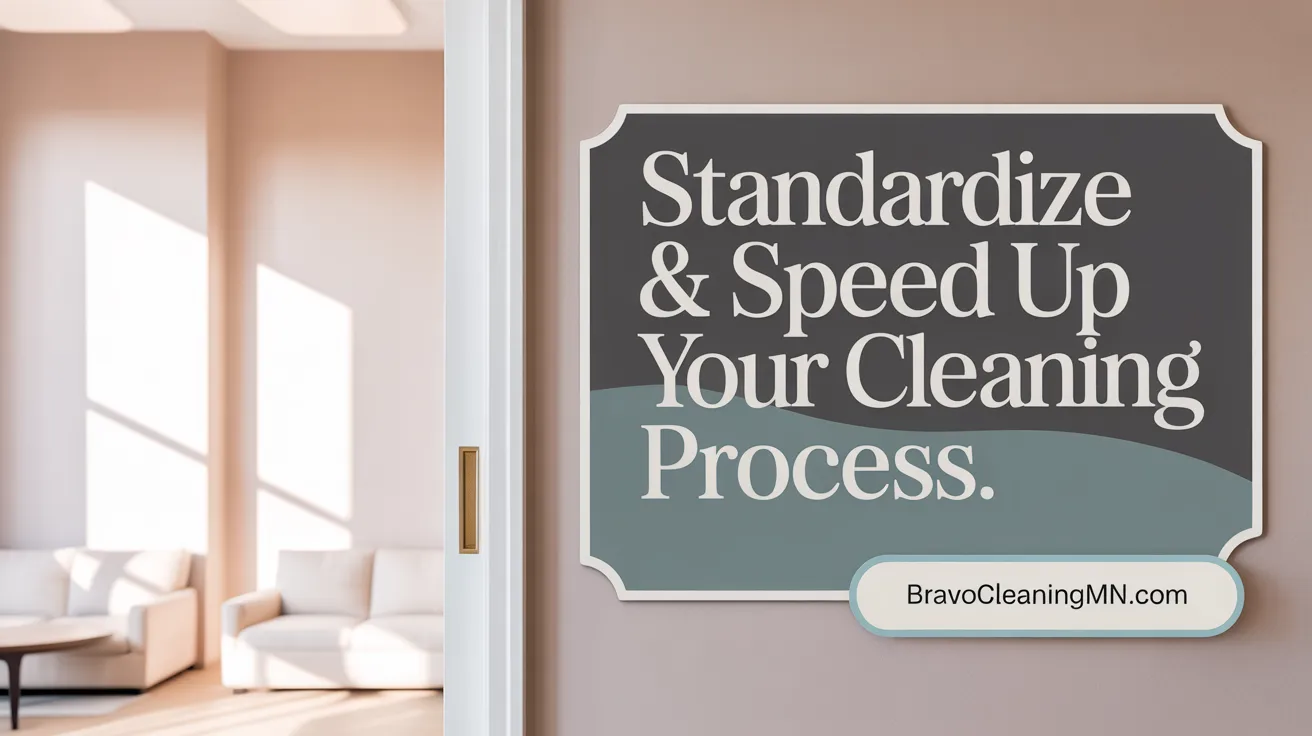
How can a cleaning checklist improve the turnover cleaning process?
A well-designed cleaning checklist plays a crucial role in streamlining the property turnover process. It standardizes cleaning tasks across different units and teams, ensuring every aspect of the apartment receives thorough attention. When responsibilities are clearly outlined, cleaners know exactly what needs to be done, reducing the chance of missed steps or incomplete cleaning.
Room-by-room task breakdowns are essential. For instance, kitchens require disinfecting appliances, countertops, and sinks, while bathrooms need thorough cleaning of showers, toilets, and fixtures. Living areas benefit from dusting, vacuuming, and window cleaning, all specified within the checklist.
Integrating digital checklists and management software enhances efficiency by allowing real-time updates, task tracking, and scheduling automation. This technology ensures no tasks fall through the cracks and provides documentation for quality control.
A comprehensive checklist accelerates turnover by standardizing quality, reducing the time spent on each cleaning, and ensuring consistency. This leads to faster readiness of the property for new tenants or guests, ultimately boosting tenant satisfaction and rental income.
Maintaining high standards with a detailed checklist also protects the property's value. Regular and thorough cleaning can prevent issues like pest infestations, mold, or damage attribution disputes, supporting long-term property management success.
Best Practices and Tips for Successful and Efficient Turnover Cleaning
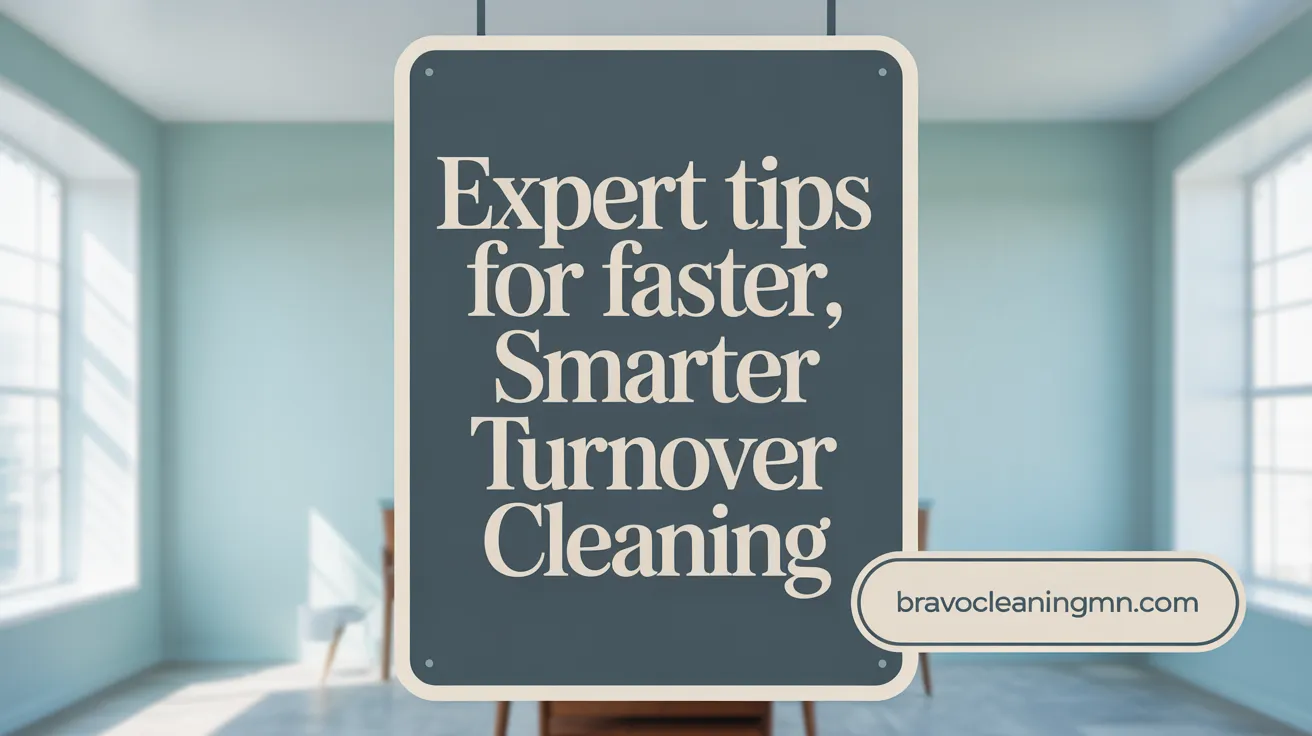
What are the best practices for successful turnover cleaning?
Successful turnover cleaning involves methodical planning and thorough execution. It starts with creating a detailed checklist that ensures every part of the apartment is addressed—this includes kitchens, bathrooms, bedrooms, and outdoor spaces. Conducting a walk-through inspection is crucial, ideally accompanied by photos to document the property's condition. This documentation helps identify damages, distinguish responsible parties, and compare current state against move-in records.
Before cleaning begins, address any repairs needed, such as patching holes, repainting walls, or fixing appliances. Prompt scheduling is essential; cleaning should start as soon as tenants move out to prevent delays in renting the unit again.
Proper communication with tenants about their abandoned belongings is also vital. Write to notify tenants of any left items, set a clear deadline (usually 30 days) for reclaiming possessions, and plan to dispose of or store items after the deadline.
Using the right cleaning products and tools is essential—natural cleaners like vinegar and baking soda are effective, but professional-grade solutions may be necessary for deep cleaning tasks. For efficiency, many landlords consider hiring professional cleaning services or using digital management tools to stay organized.
Finally, conduct a comprehensive final inspection. Focus on high-touch areas and overall cleanliness, then add finishing touches such as fresh linens or amenities. These steps ensure the property is immaculate and appealing, ready for new tenants.
What essential tips can enhance the efficiency of turnover cleaning?
Improving the turnaround cleaning process can save time and improve results. Begin with a detailed, room-by-room checklist. This guides staff through each step, ensuring consistency and completeness.
Efficient cleaning requires effective tools—microfiber cloths, multi-surface cleaners, vacuum cleaners, and carpet shampooers help complete tasks faster without sacrificing quality. Organize supplies beforehand in an accessible location to avoid wasting time searching for products.
Leveraging technology makes the process smoother. Digital checklists and inventory apps help monitor progress and maintain standards. Clear communication with cleaning staff ensures everyone understands expectations and deadlines.
Training staff properly boosts their confidence and efficiency. A motivated team pays attention to detail and adheres to cleanliness standards. Regular inspections for maintenance issues, like leaks or faulty fixtures, prevent delays in turnover.
Finally, prepare amenities and finishing touches in advance. Fresh linens, towels, and cleaning supplies should be ready so the property looks inviting immediately.
| Aspect | Recommendations | Additional Details |
|---|---|---|
| Documentation | Photos and checklists | Document damages and repairs for accountability |
| Repairs | Patch, paint, fix appliances | Address damages prior to cleaning to improve appearance |
| Cleaning Standards | Deep cleaning, sanitizing | Focus on kitchens, bathrooms, floors, walls, and fixtures |
| Tools & Products | Use proper cleaners, organize supplies | Invest in quality tools for faster, better results |
| Scheduling | Prompt start after tenant move-out | Prevent vacancy prolongation |
| Communication | Notify tenants, set deadlines | Manage abandoned belongings professionally |
| Final Inspection | Final walk-through, touch-ups | Confirm readiness and high standards |
Maintaining these best practices and implementing efficiency tips not only speeds up the turnover process but also helps ensure rental units are appealing and ready for new tenants promptly.
Techniques for Maintaining and Preparing Apartment and Condominium Units for New Tenants
What are the standard procedures for property turnover cleaning?
Property turnover cleaning starts with a detailed walk-through of the unit to identify damages and repairs needed. Landlords or management should document everything with photos and videos to keep a record of the property's condition. Once the inspection is complete, all tenants' belongings and trash must be removed. If any items are left behind, they should be stored or discarded legally, and tenants should be notified to reclaim their items within a set period, usually around 30 days.
Before cleaning, essential repairs should be addressed. These include replacing air filters, fixing leaks, inspecting appliances, and patching walls. Once repairs are completed, deep cleaning begins. This includes scrubbing kitchens and bathrooms, cleaning walls, floors, windows, and blinds, and disinfecting high-touch surfaces like doorknobs and switches. Appliances inside the units should also be sanitized. To ensure high standards, some landlords opt to hire professional cleaning services, especially for larger properties or those with high tenant turnover.
The final step involves thorough inspection to confirm cleanliness and safety. Some management companies utilize specialized cleaning apps to maintain consistency. Overall, following this process ensures the unit is presentable, hygienic, and ready for new tenants, reducing vacancy times and promoting tenant satisfaction.
What techniques are effective for maintaining and preparing apartments and condominiums for new tenants?
Effective maintenance and preparation involve multiple coordinated steps. First, conduct comprehensive inspections to identify damages, wear, and safety issues with plumbing, electrical systems, appliances, and safety features like smoke detectors. Prompt repairs should be made to fix leaks, holes, faulty appliances, or any other concerns to ensure a functional and safe living environment.
Deep cleaning is crucial. This includes shampooing carpets, thoroughly disinfecting kitchens and bathrooms, and cleaning overlooked areas such as behind appliances, vents, and light fixtures. Enhancing security is also vital; change locks, test smoke and carbon monoxide detectors, and ensure windows and doors lock securely.
Visual appeal can be improved by patching and painting walls, replacing carpets if needed, and decluttering the space. Organizing furniture and maintaining a clean, inviting atmosphere can make a significant difference. Additionally, providing tenants with essential move-in documents, manuals, and basic amenities adds a professional touch.
A final step involves documenting the unit’s condition with photos before tenancy begins. Clear communication about move-in procedures and expectations will also streamline the transition. These combined strategies help maintain high standards, ensure safety, and create welcoming environments for residents.
Maximizing Efficiency and Tenant Satisfaction Through Effective Turn Cleaning
Thorough and systematic apartment and condominium turn cleaning is essential for successful rental property management. By understanding the importance of proper cleaning, following a detailed and standardized process, and utilizing best practices along with comprehensive checklists, landlords and property managers can minimize vacancy periods and enhance tenant satisfaction. Incorporating effective techniques for maintenance and preparation, including timely repairs and security enhancements, further ensures that rental units are appealing and move-in ready. Whether opting for professional cleaning services or organizing self-managed routines, investing effort in turnover cleaning protects property value and fosters positive tenant relationships, ultimately supporting long-term rental success.
References
- An Apartment Turnover Cleaning Checklist for Landlords
- What To Do In An Apartment Turn Over
- Apartment Cleaning Guide and Checklist | Ovation Vegas
- What has to be cleaned during turnover time in a rental ...
- Cleaning Hacks While Turning Over a Rental Property
- Must-Have Apartment Turnover Cleaning Checklist
- An Apartment Turnover Cleaning Checklist for Landlords
- Vacation Rental Turnover Cleaning 101
- Vacation rental cleaning best practices: a guide to Airbnb ...
- Fast & Efficient Vacation Rental Turnover Cleaning Tips


